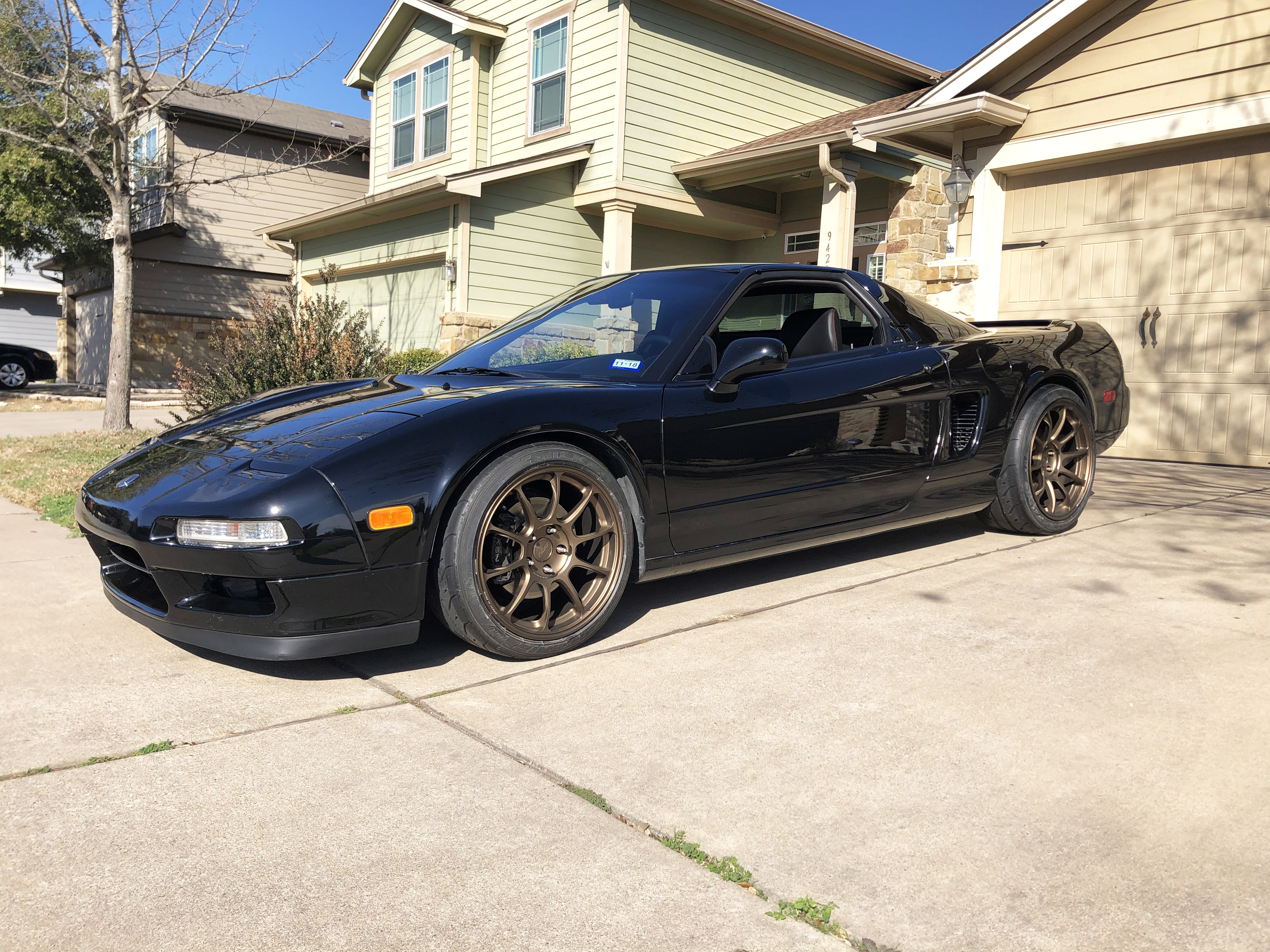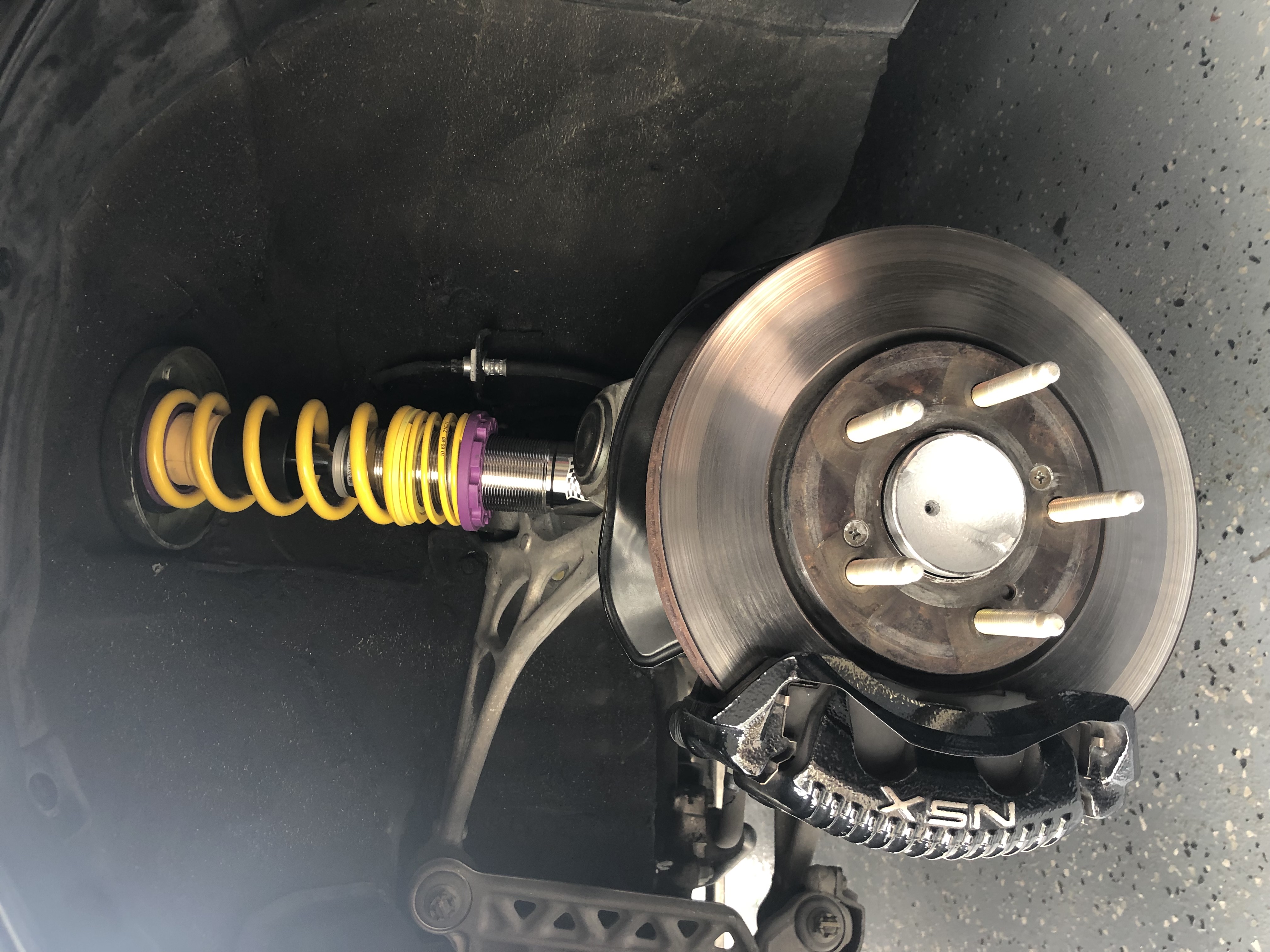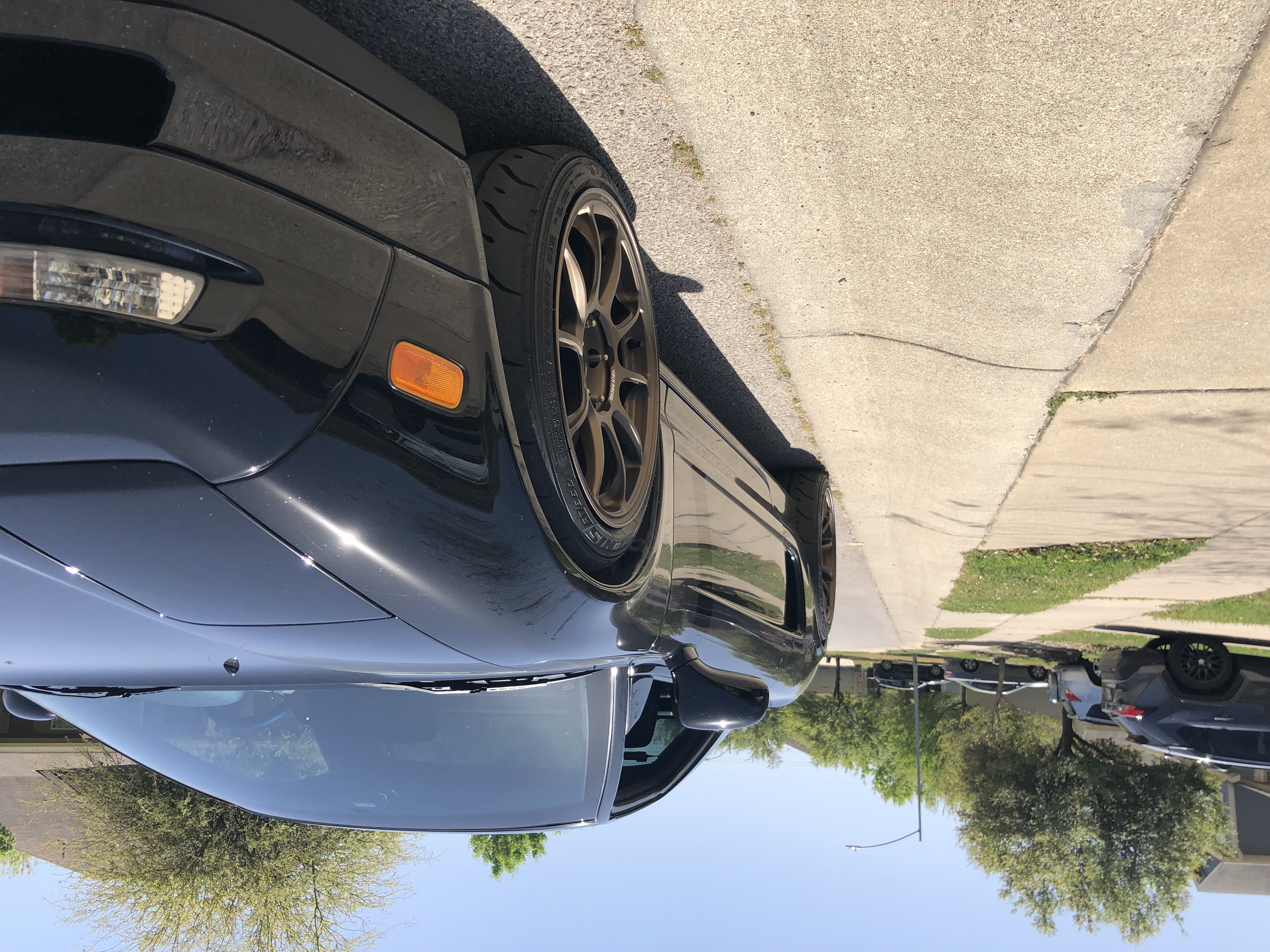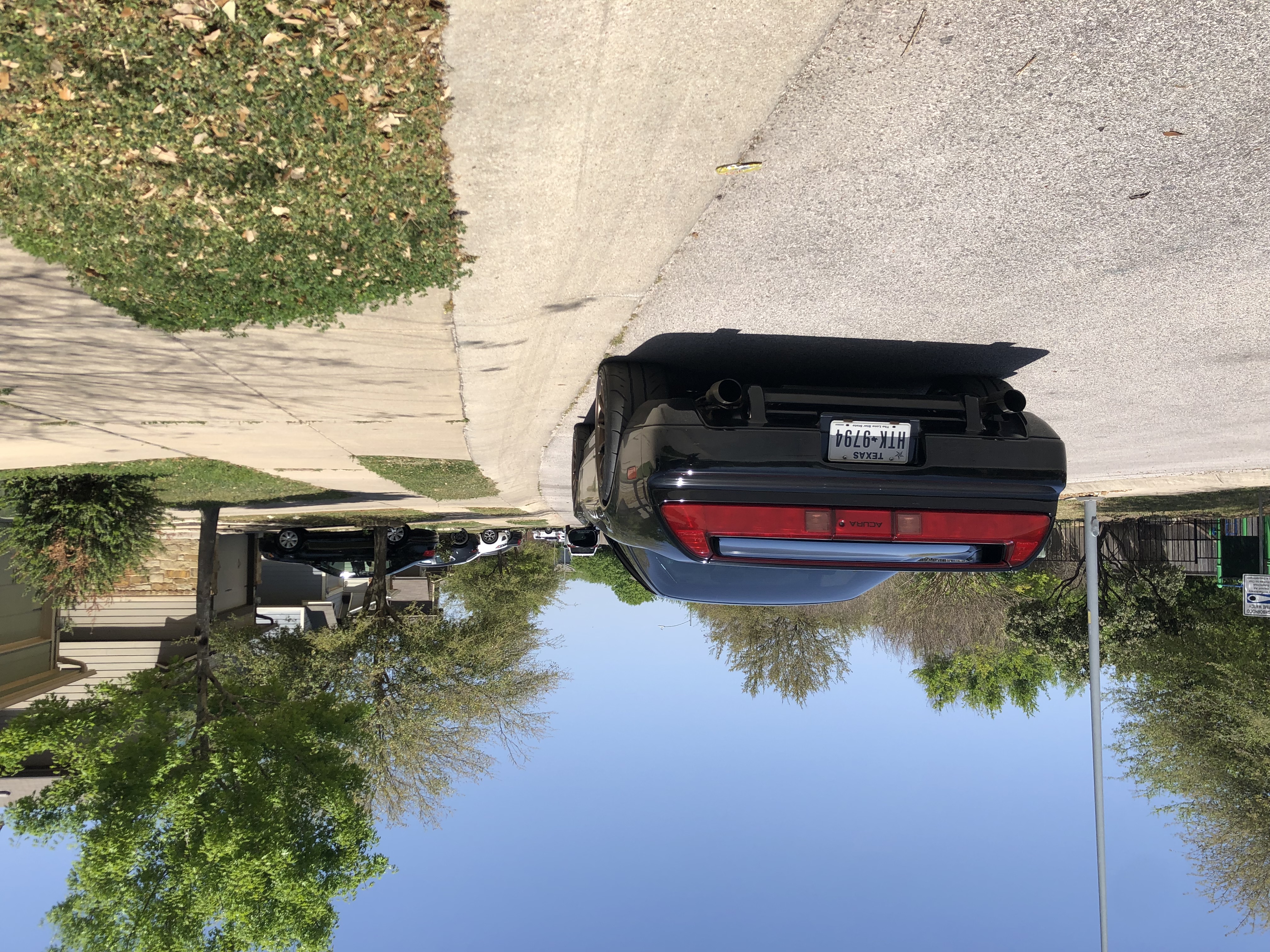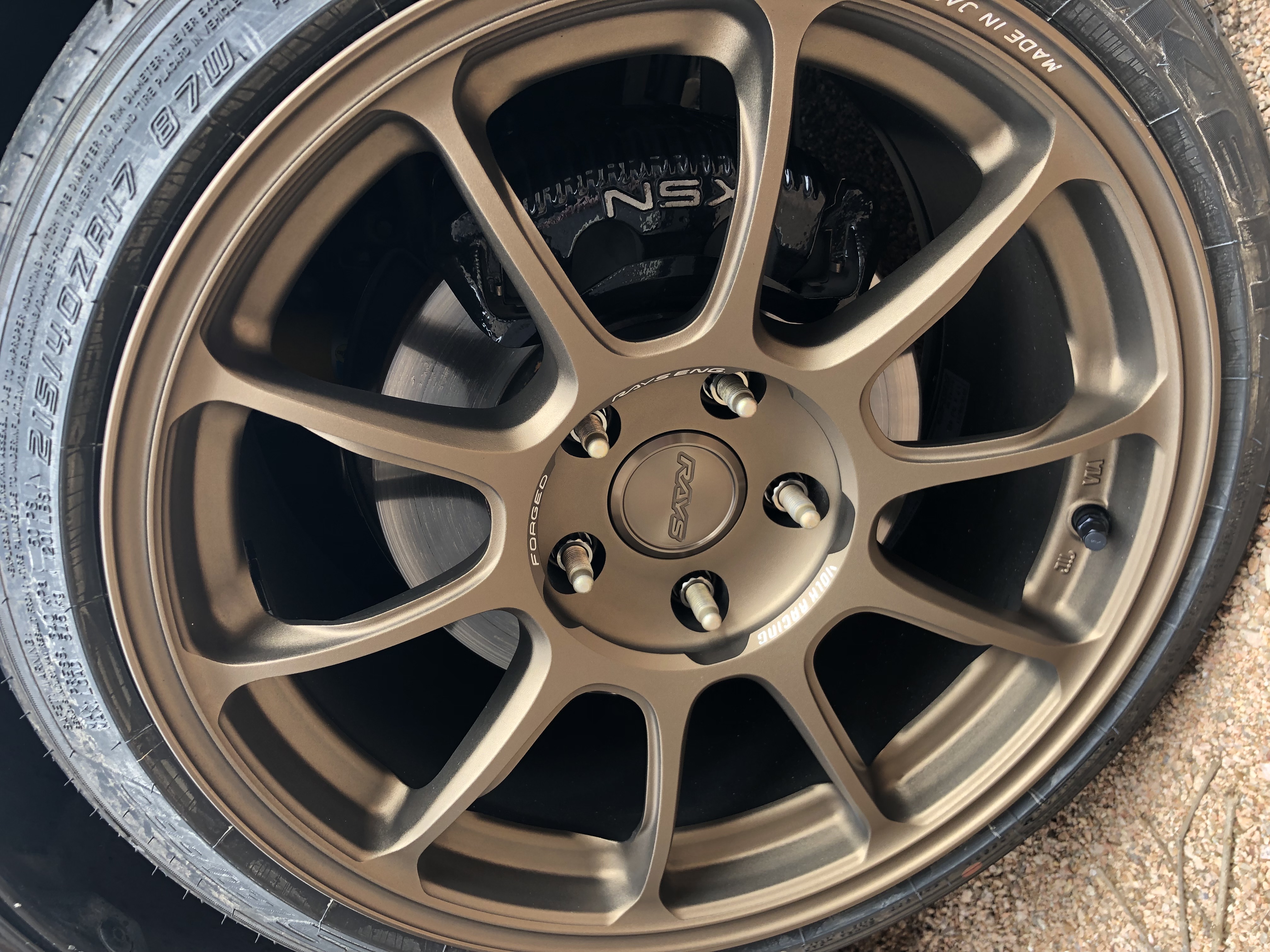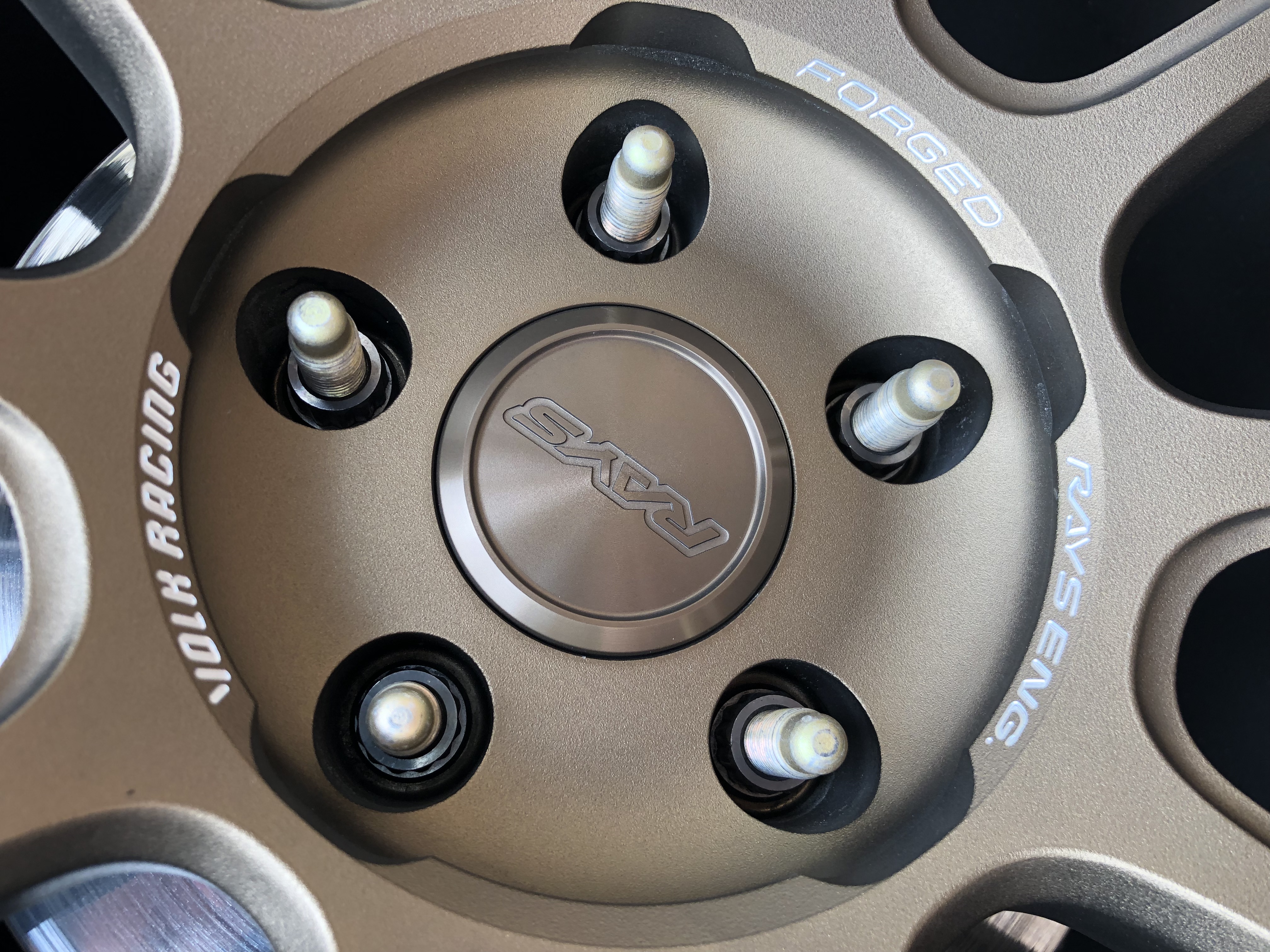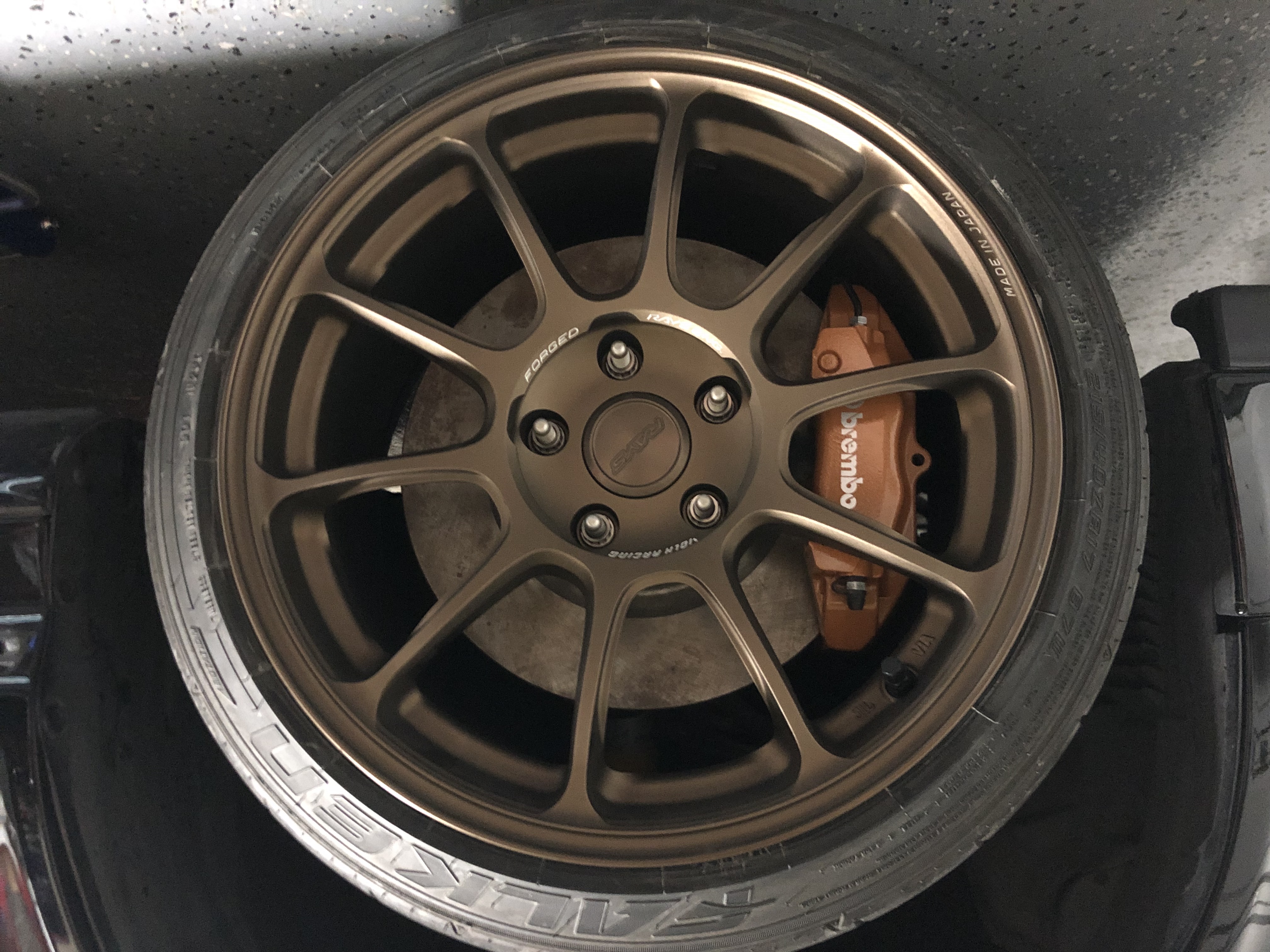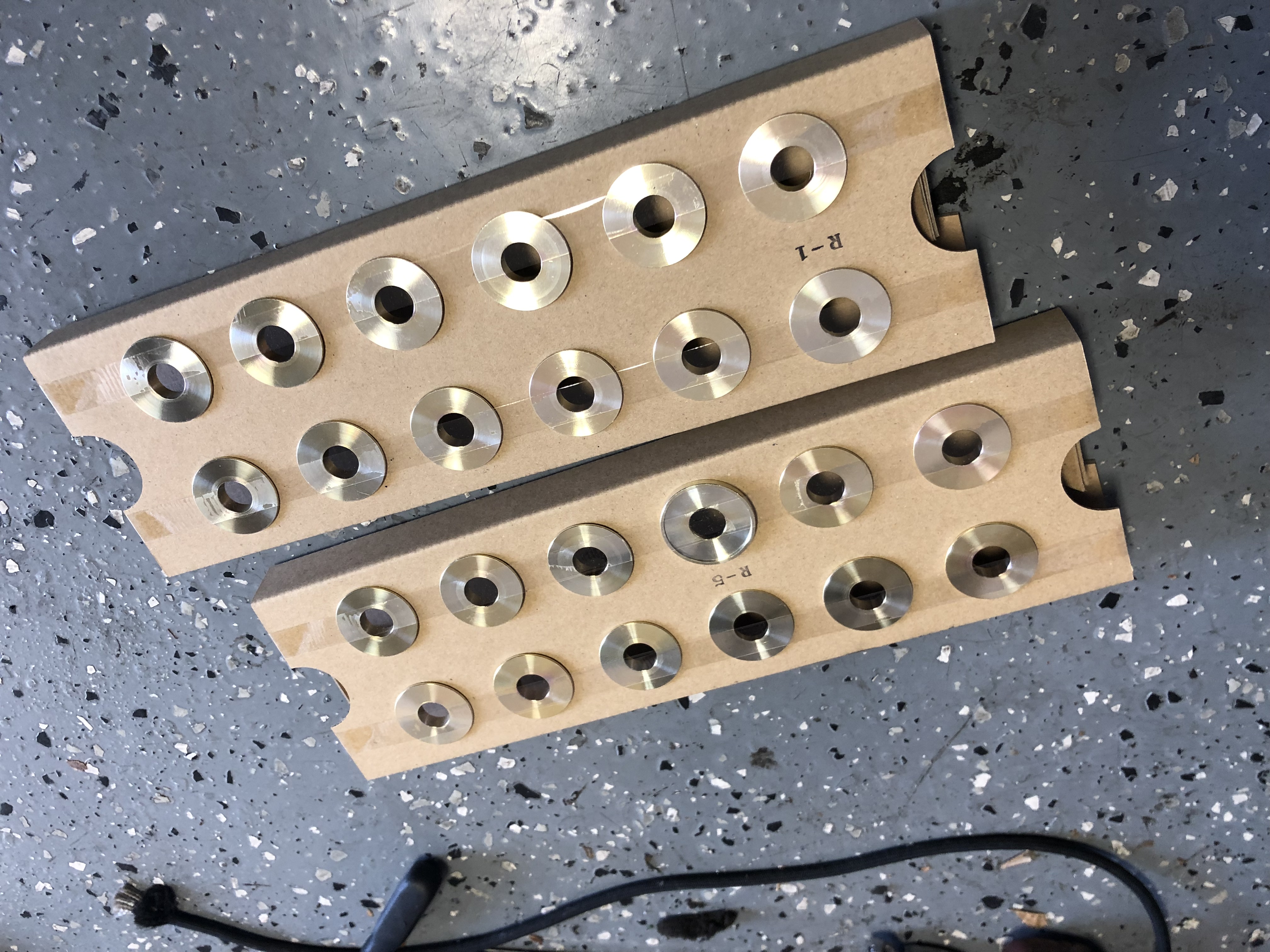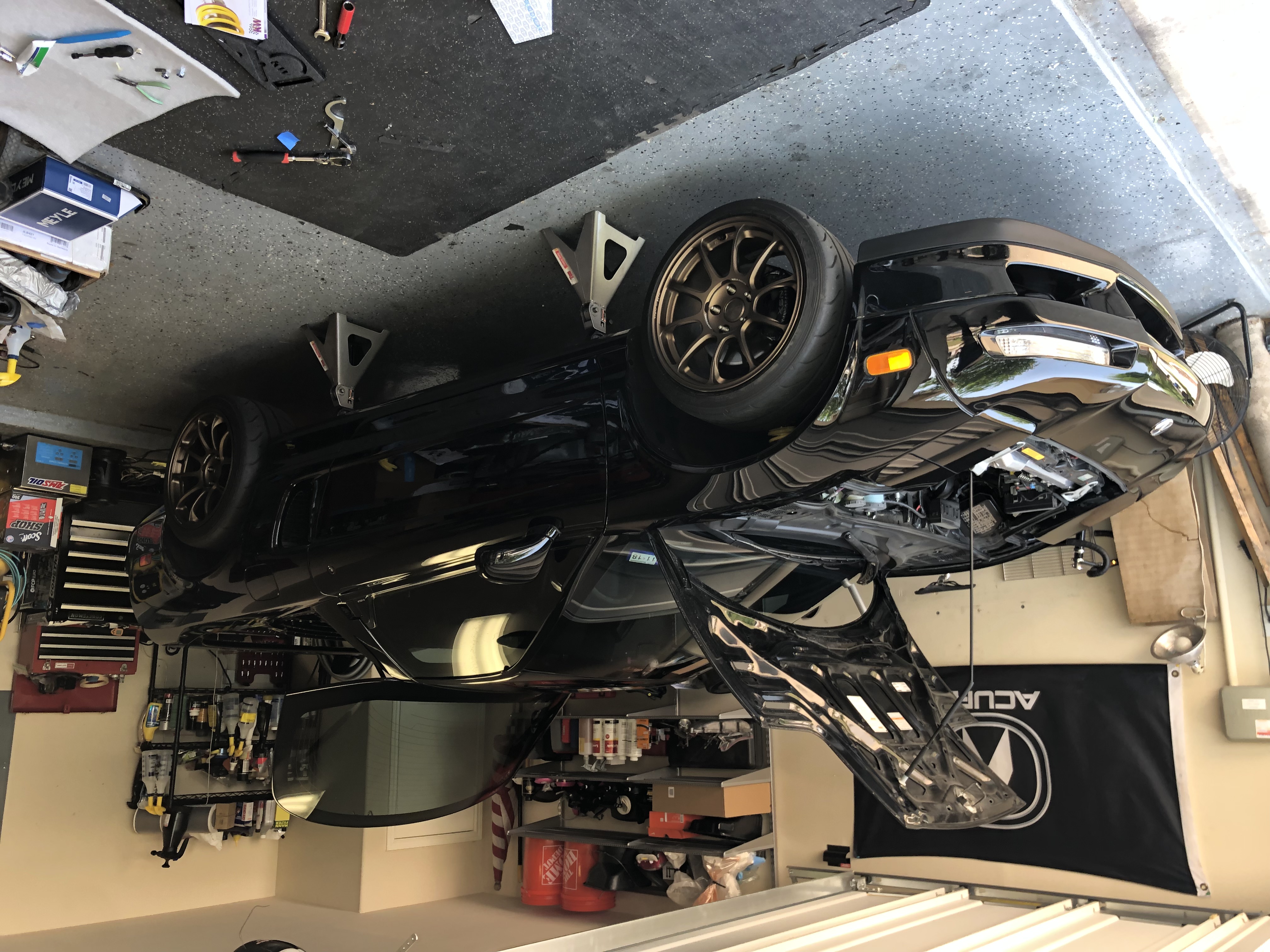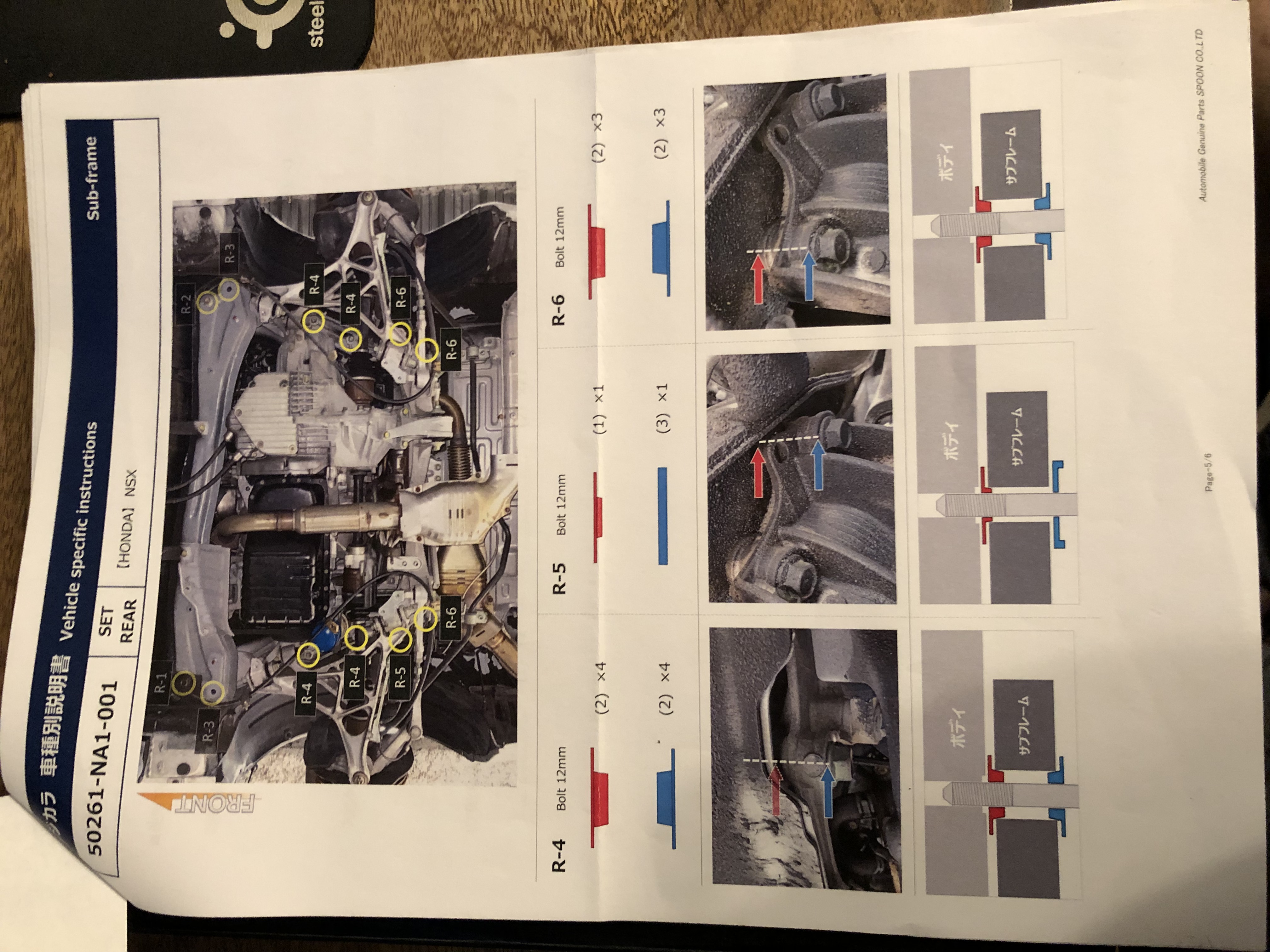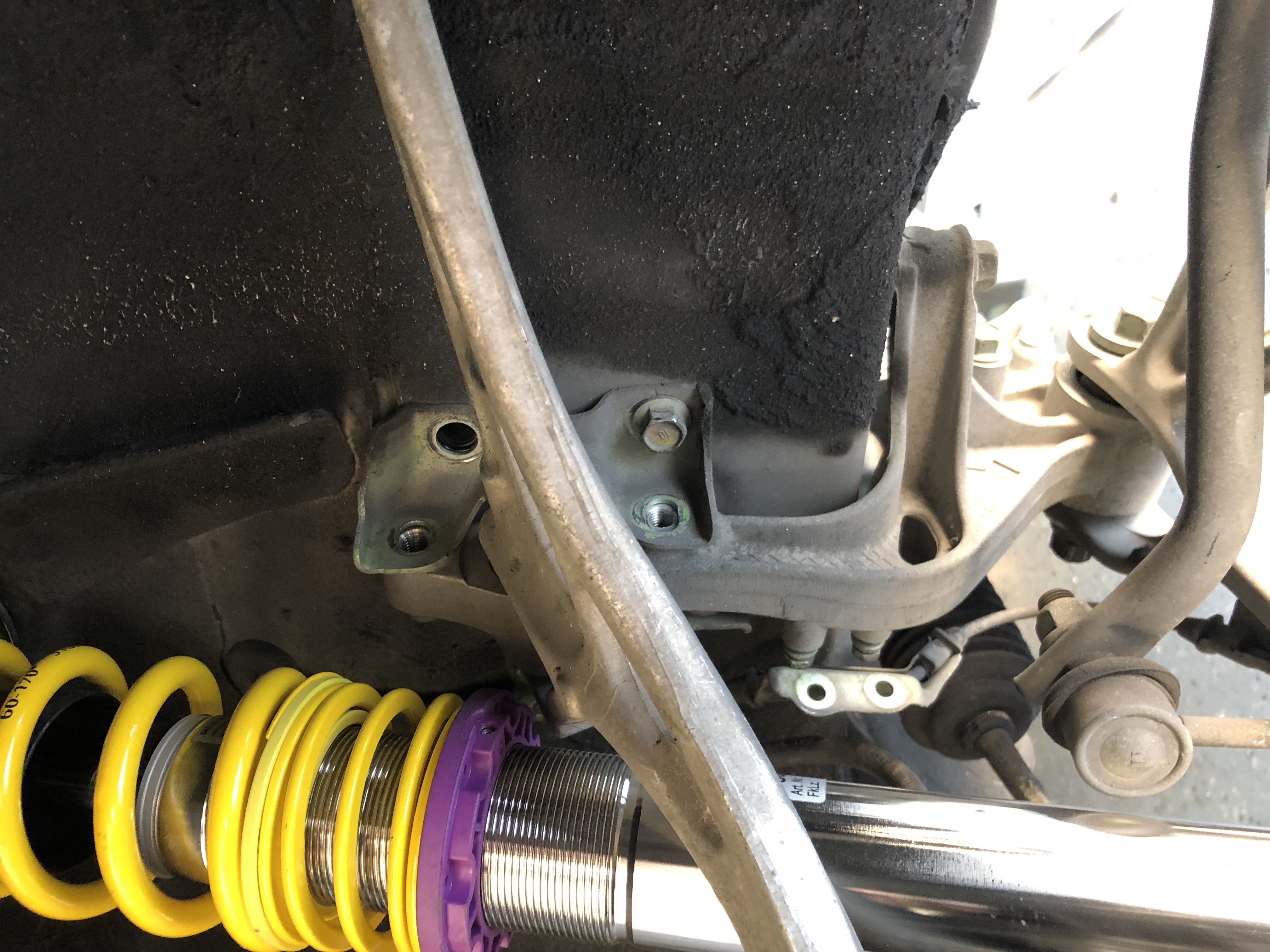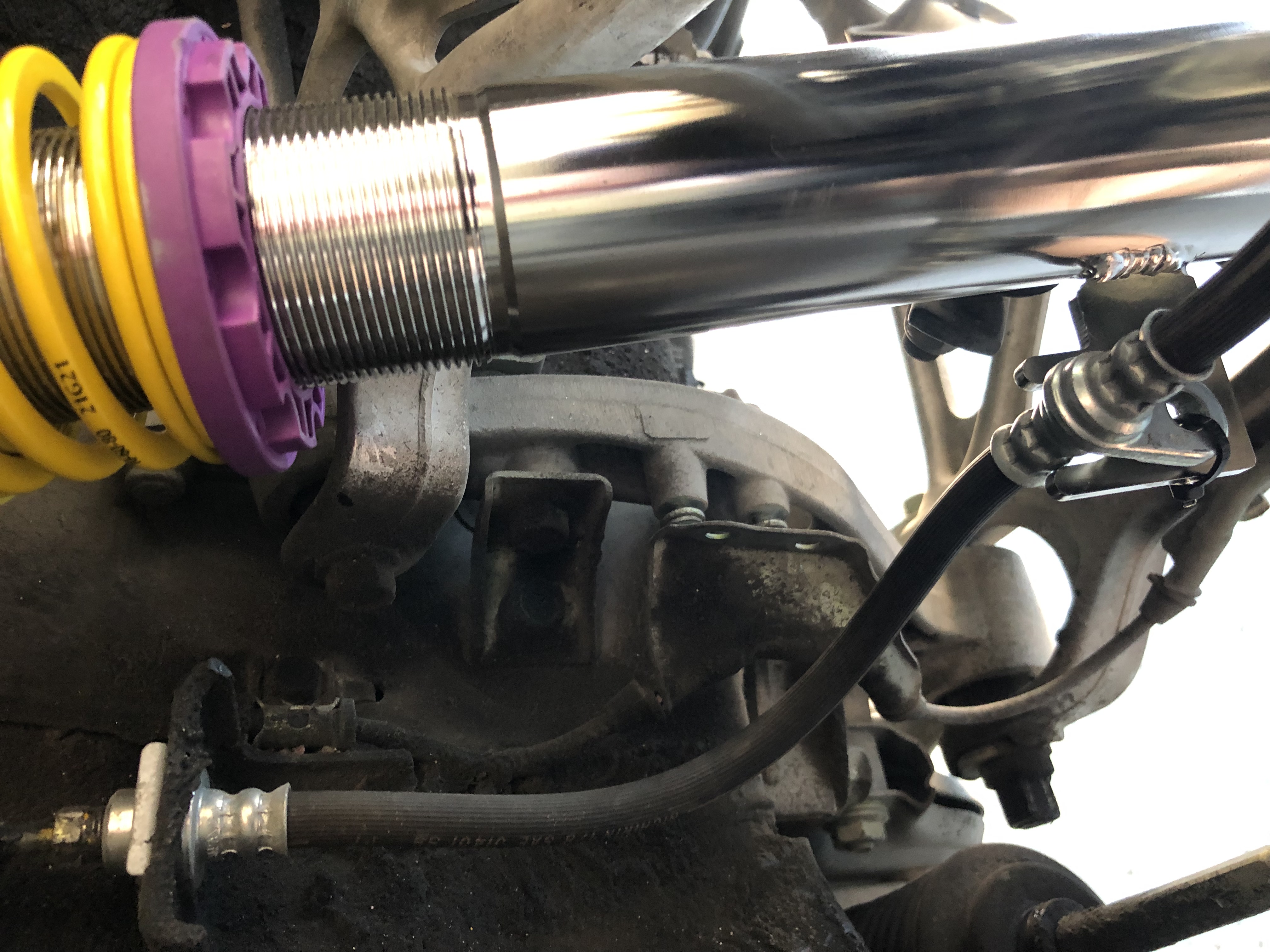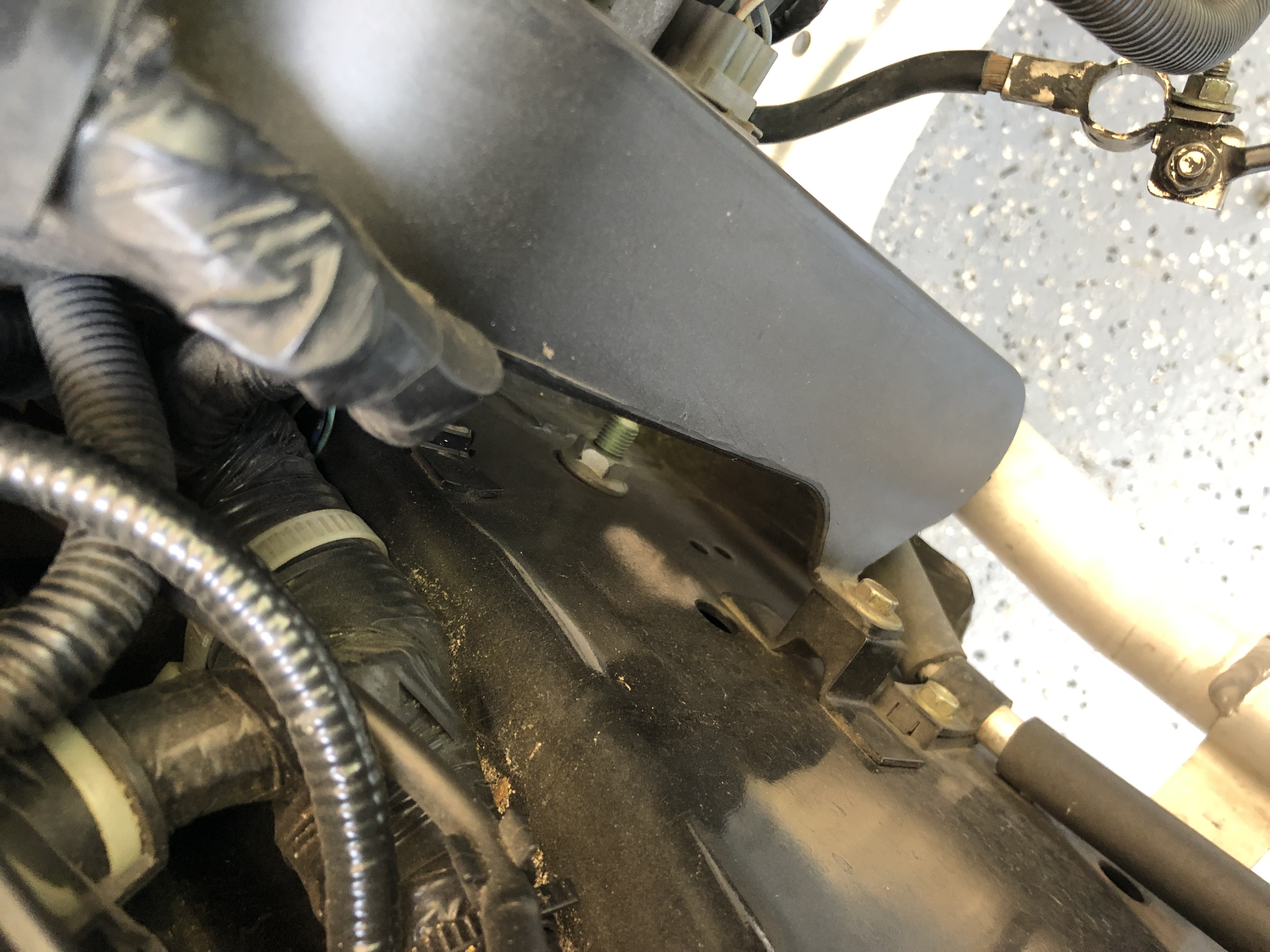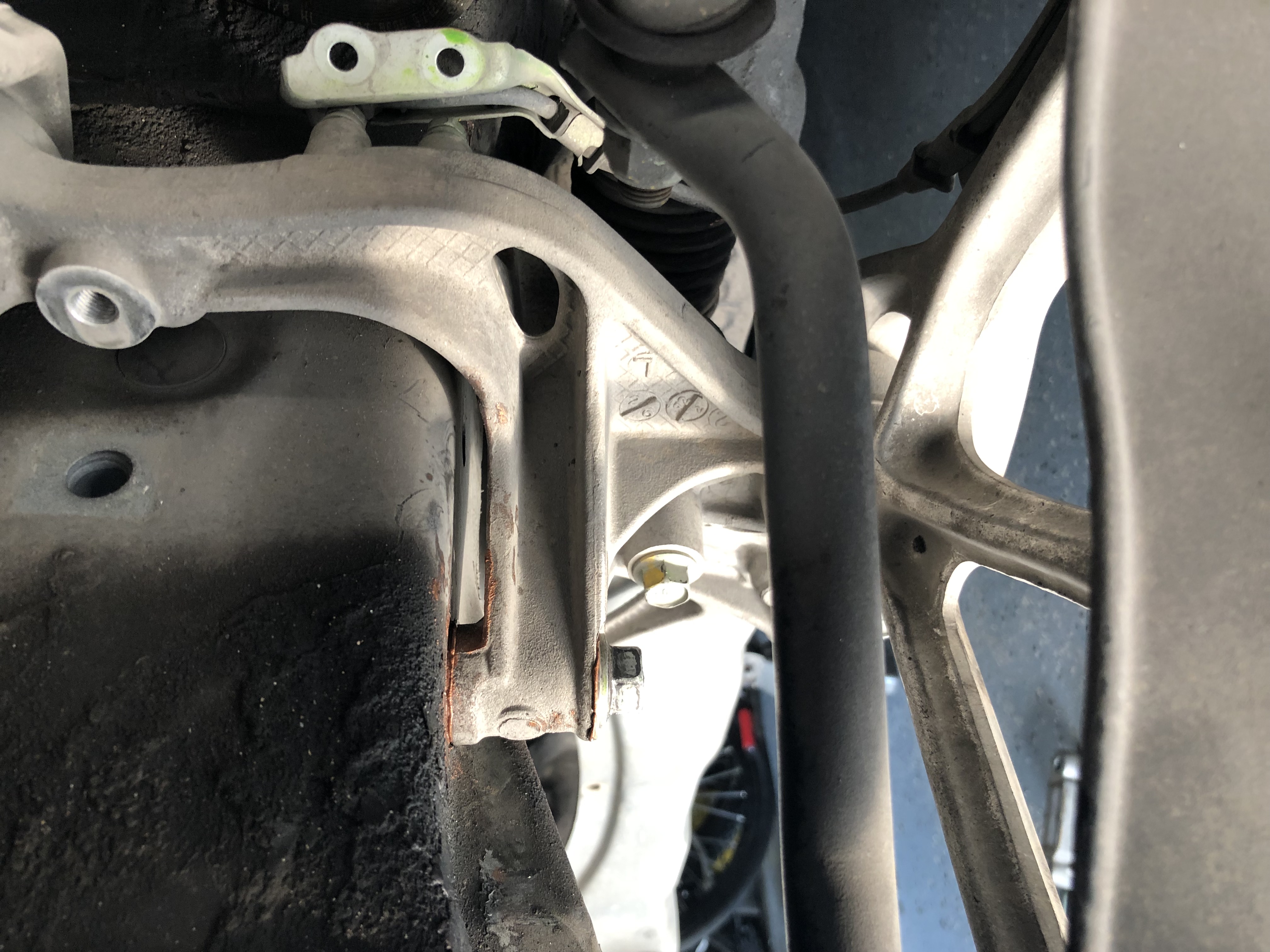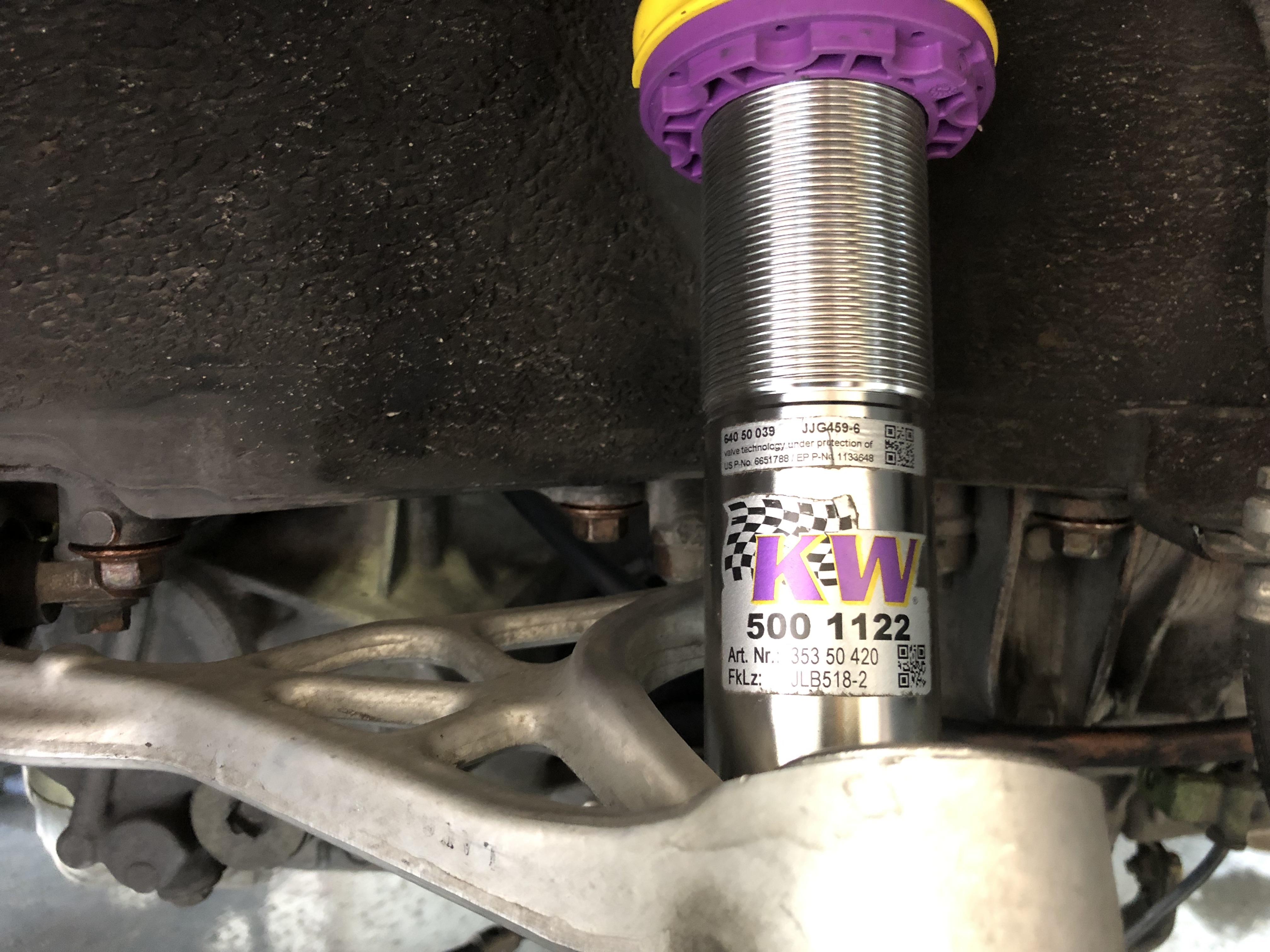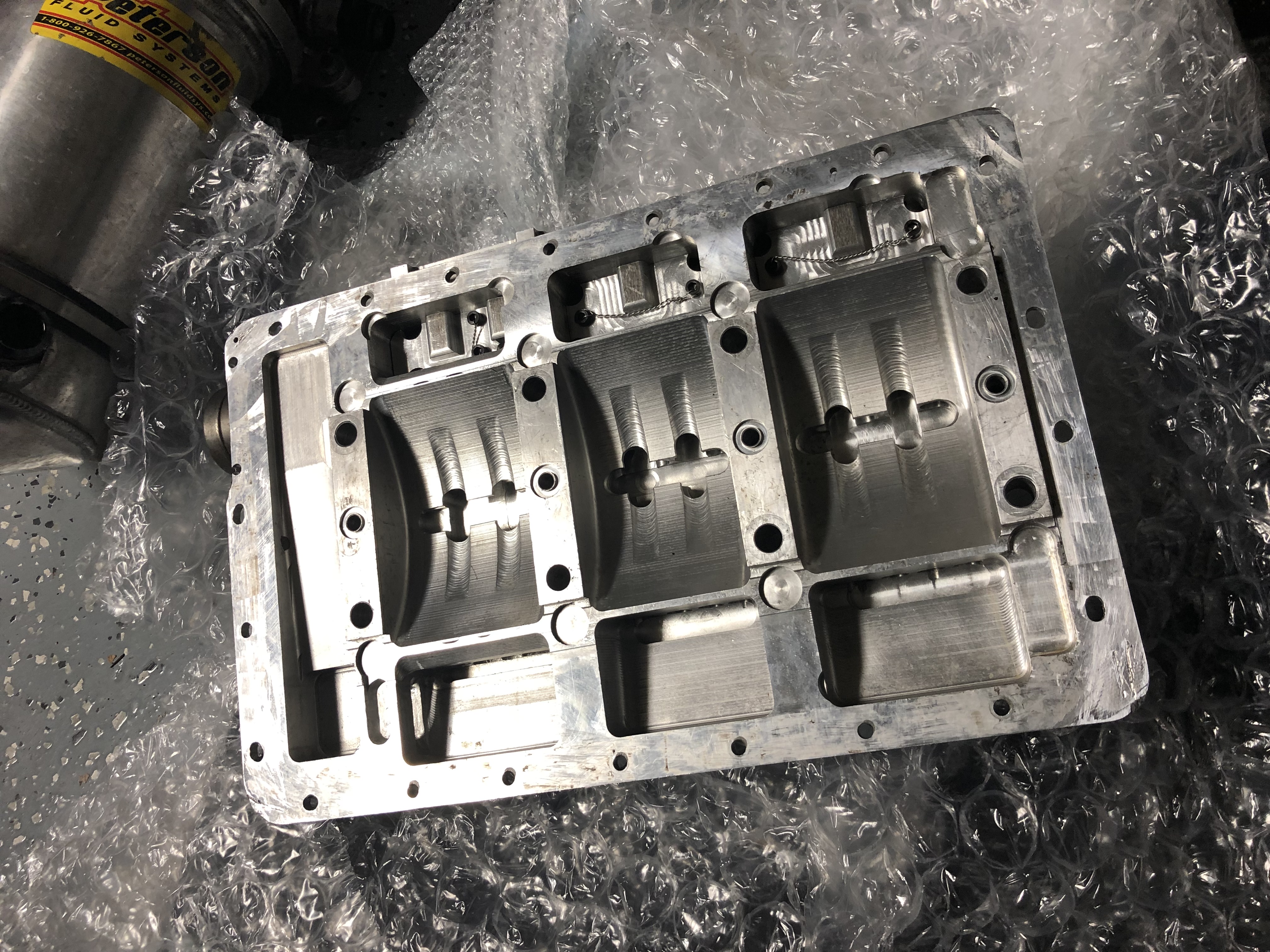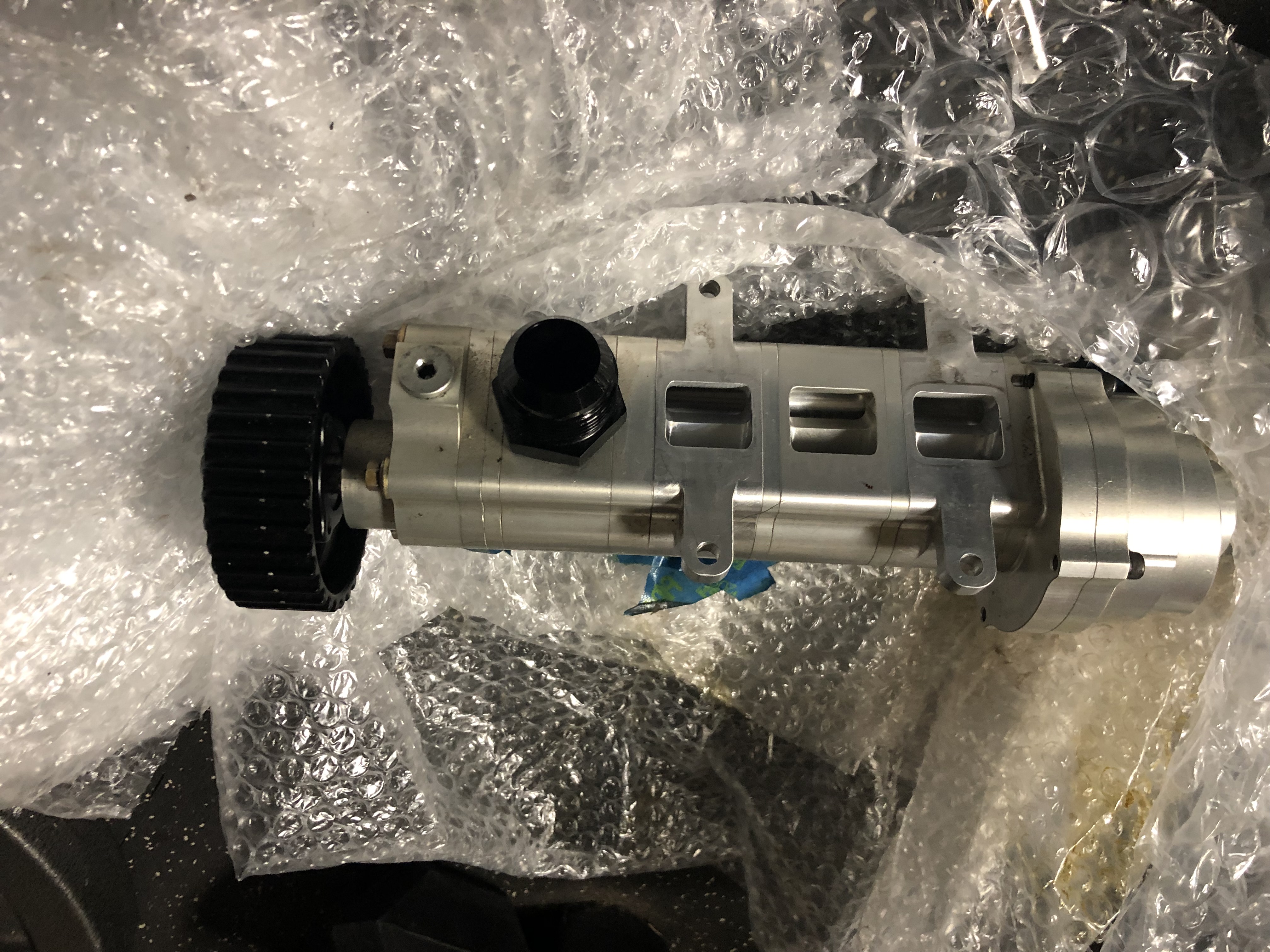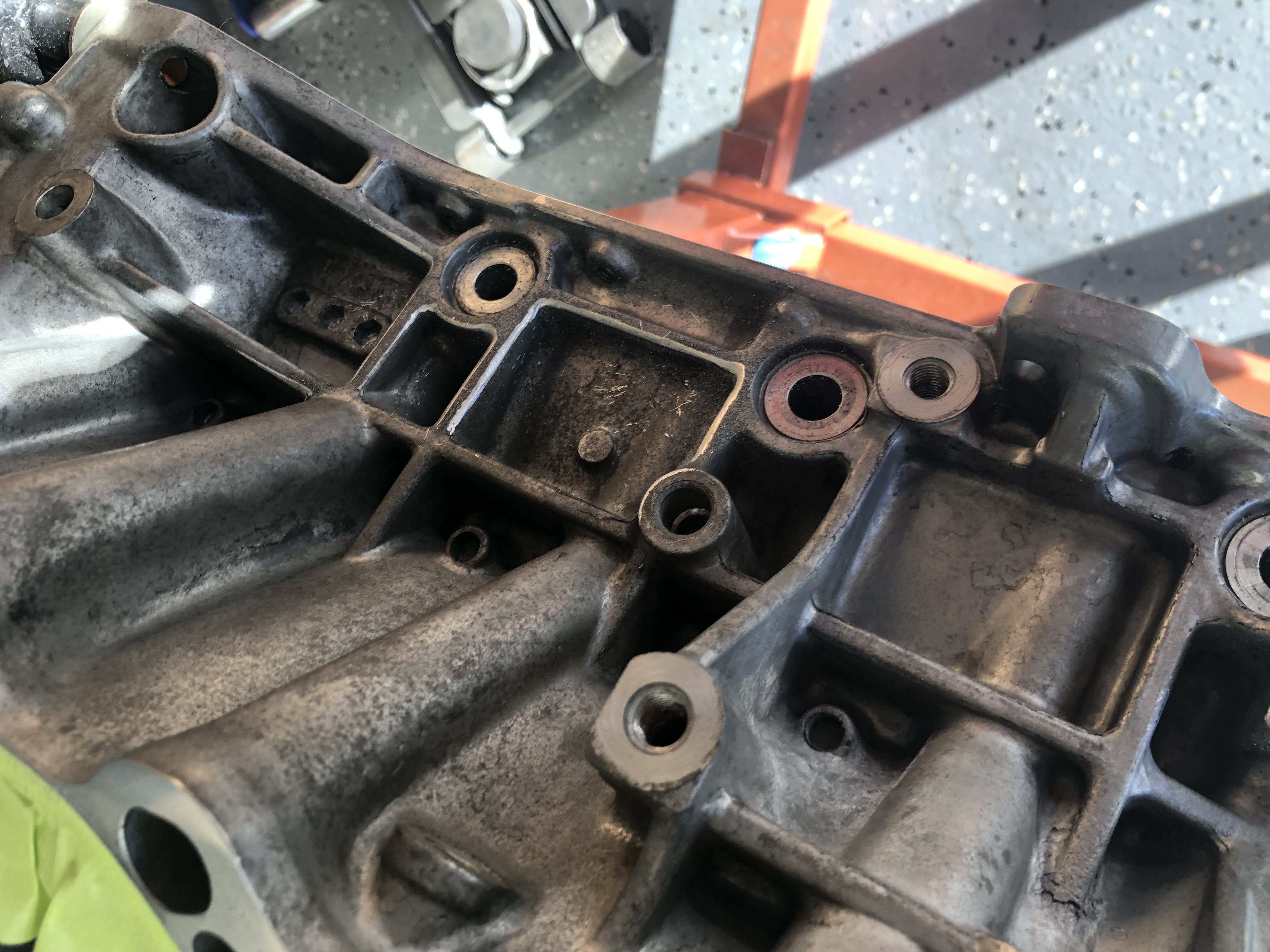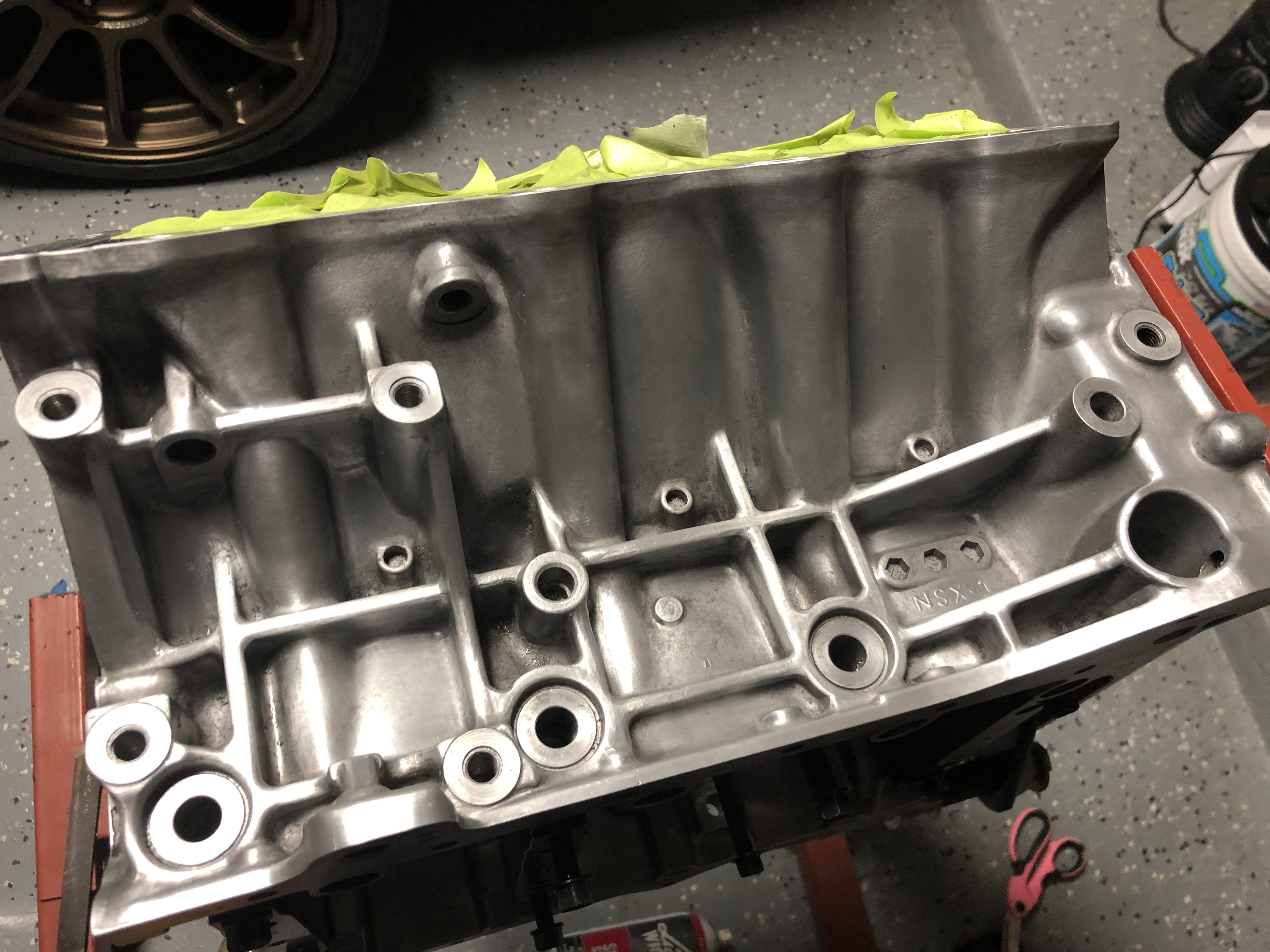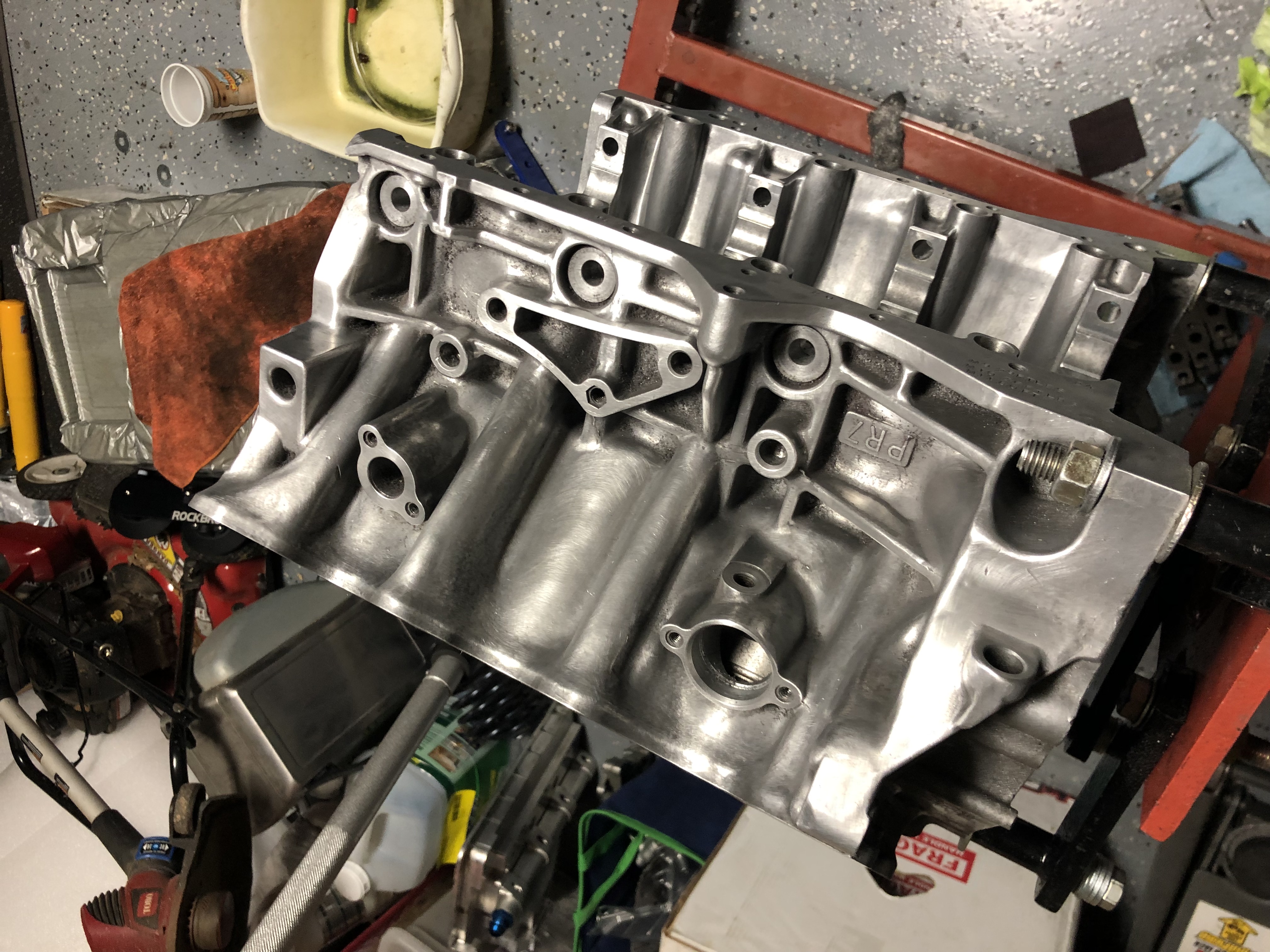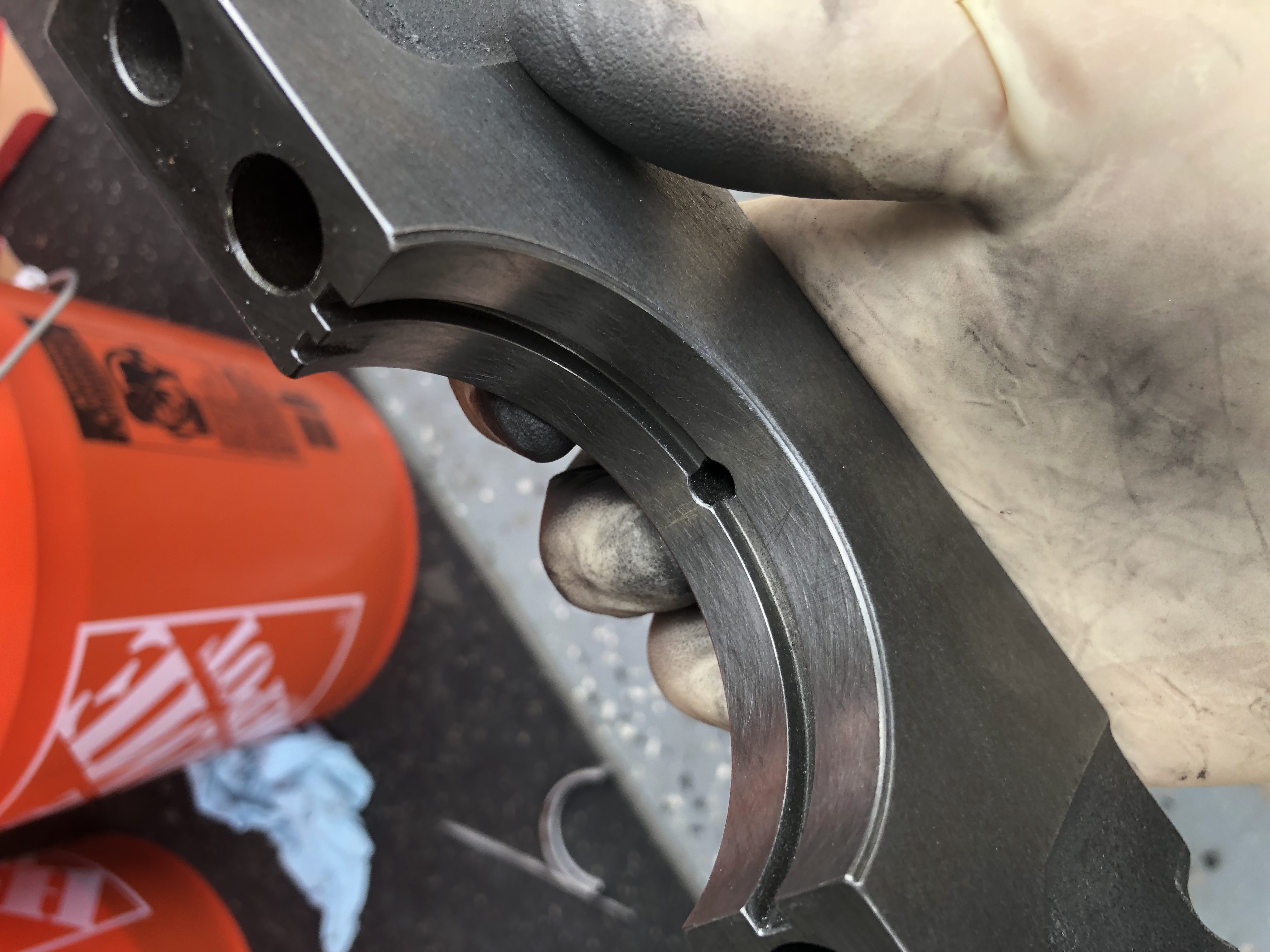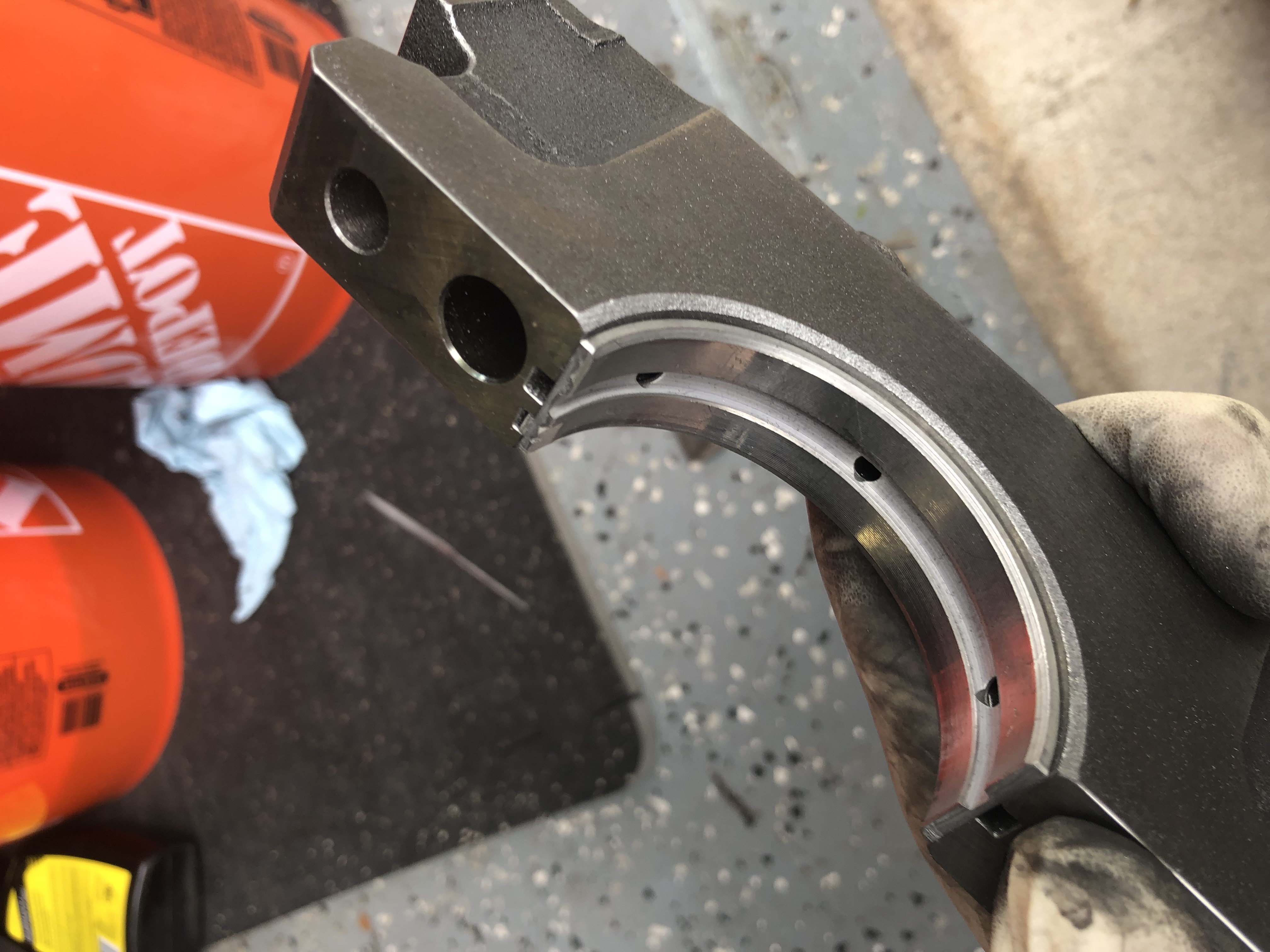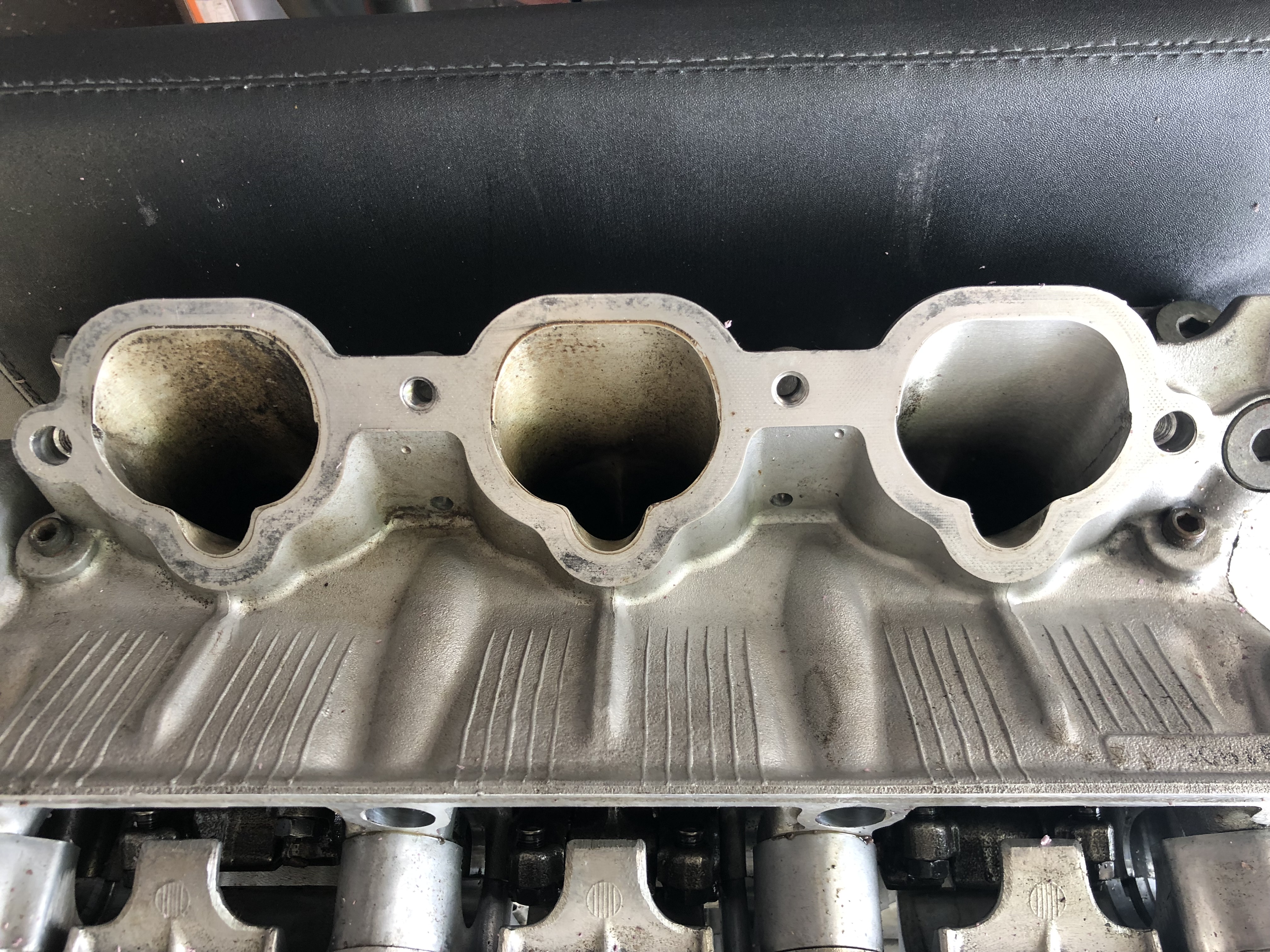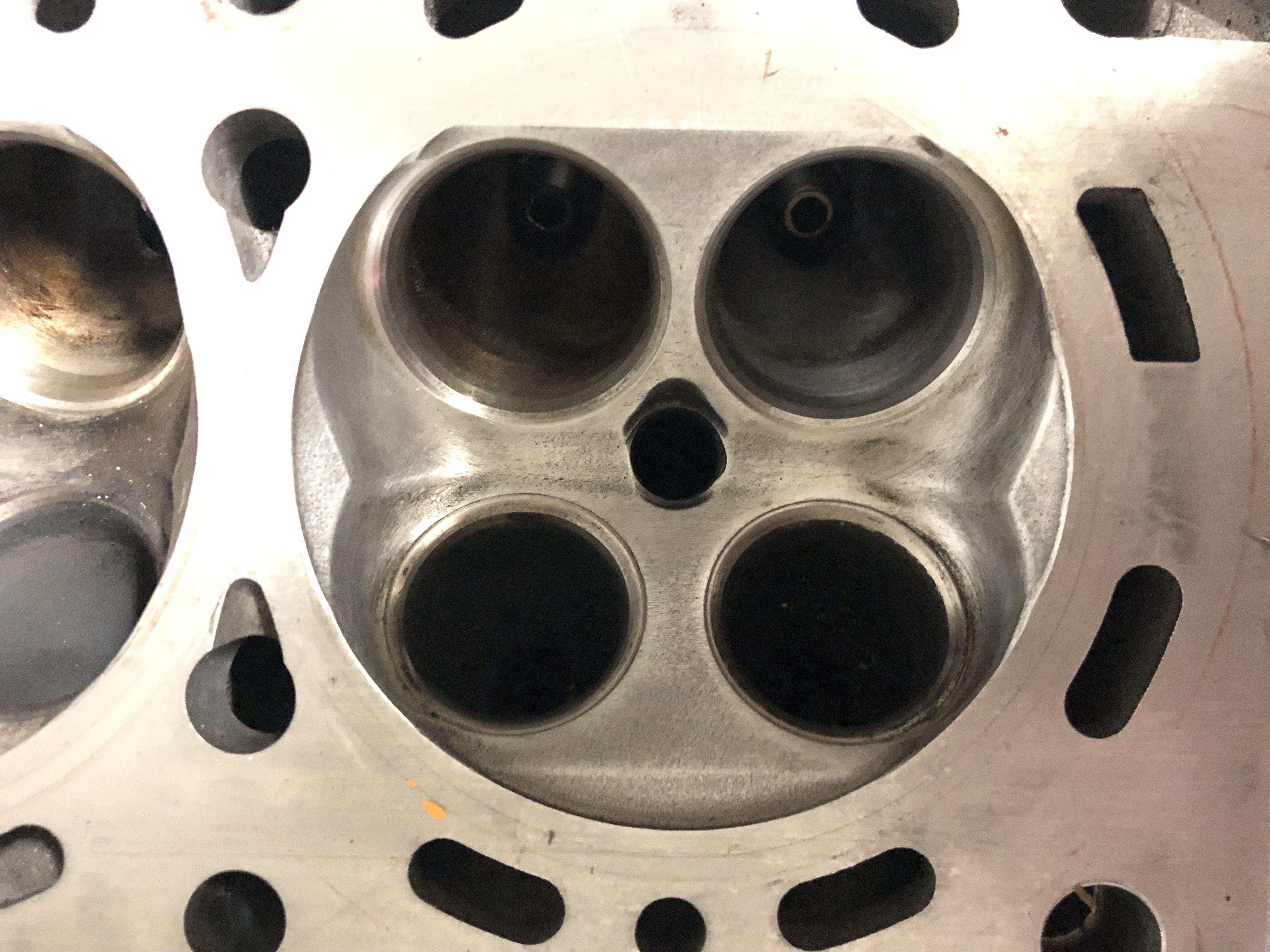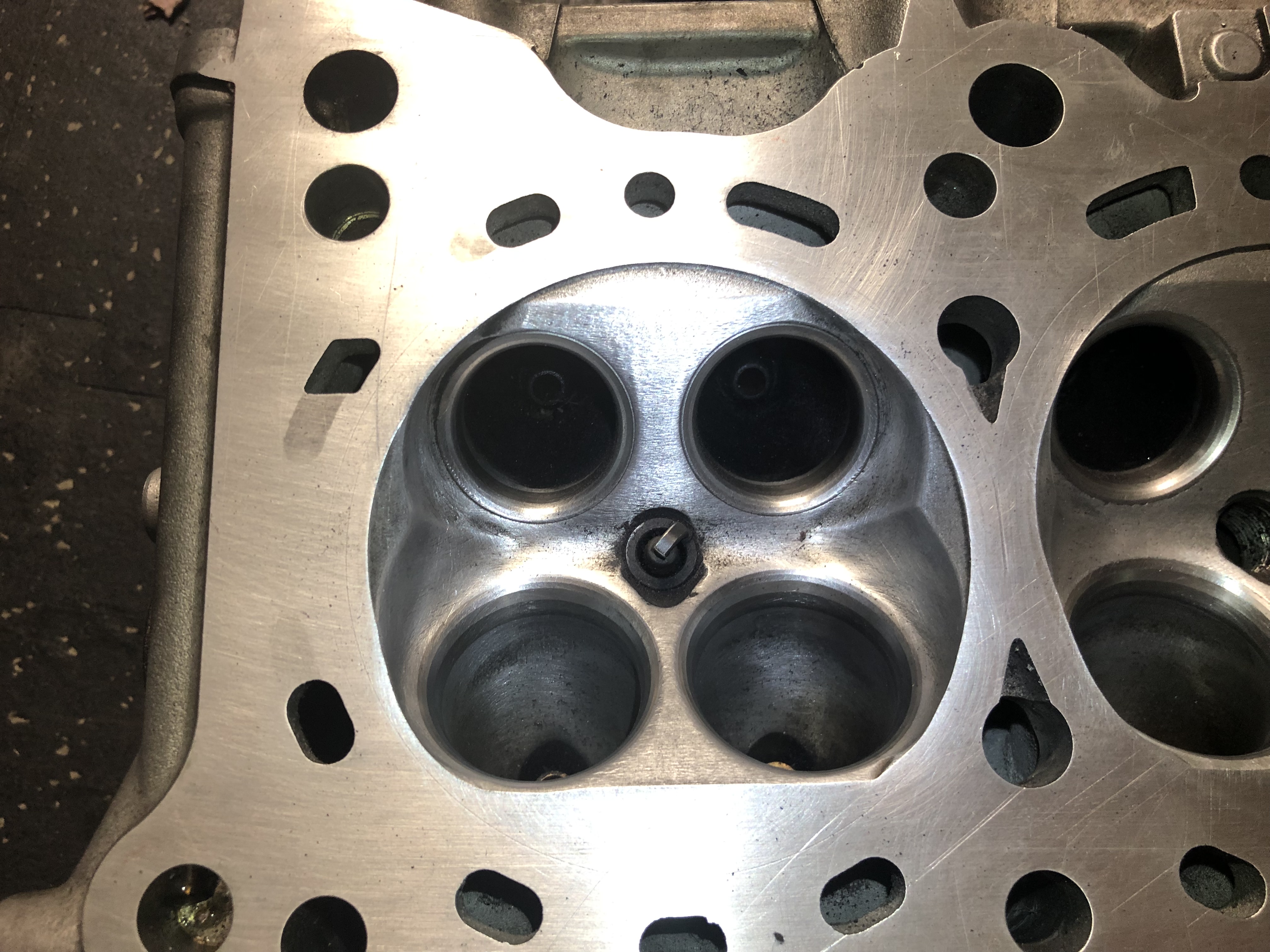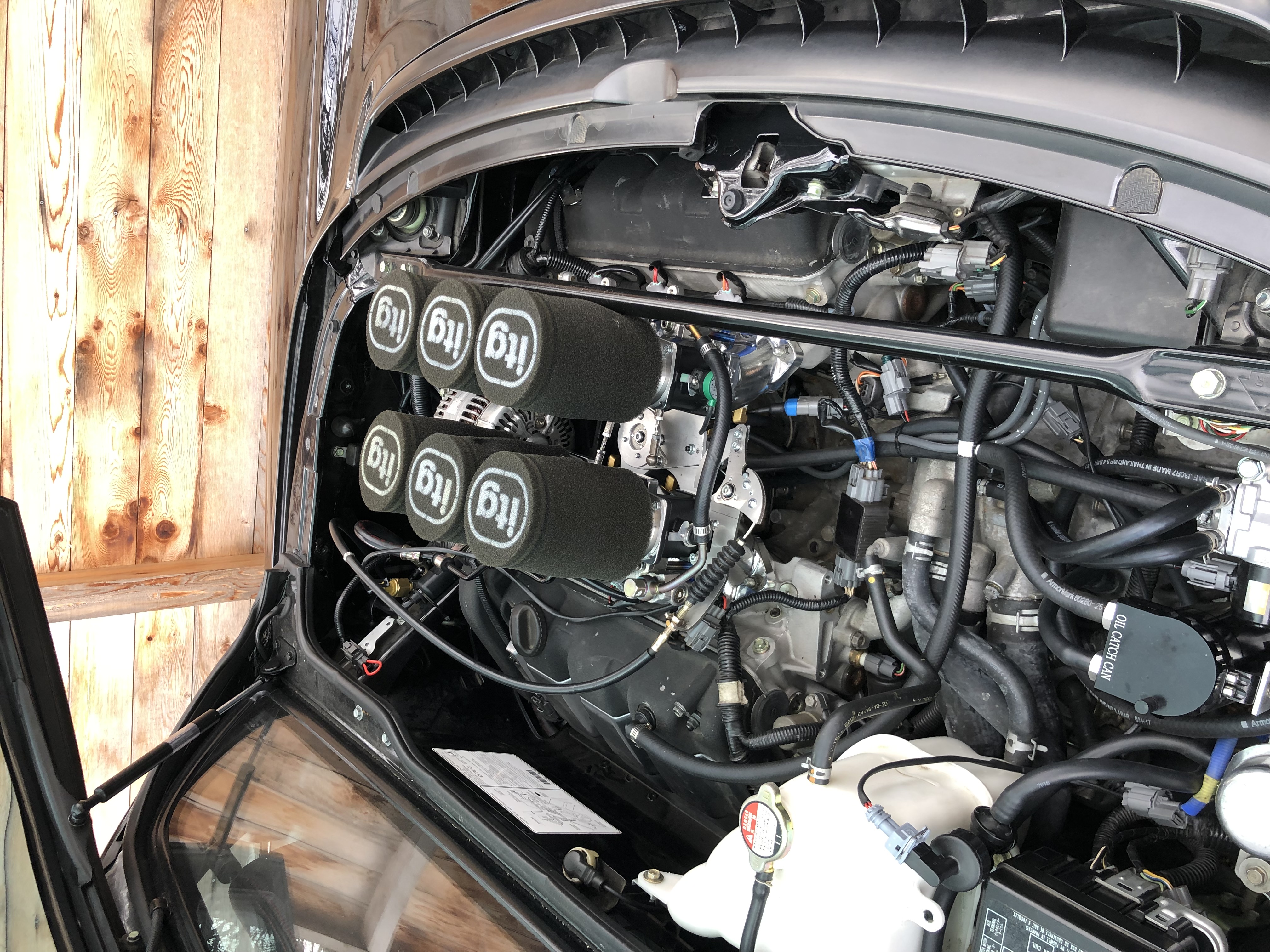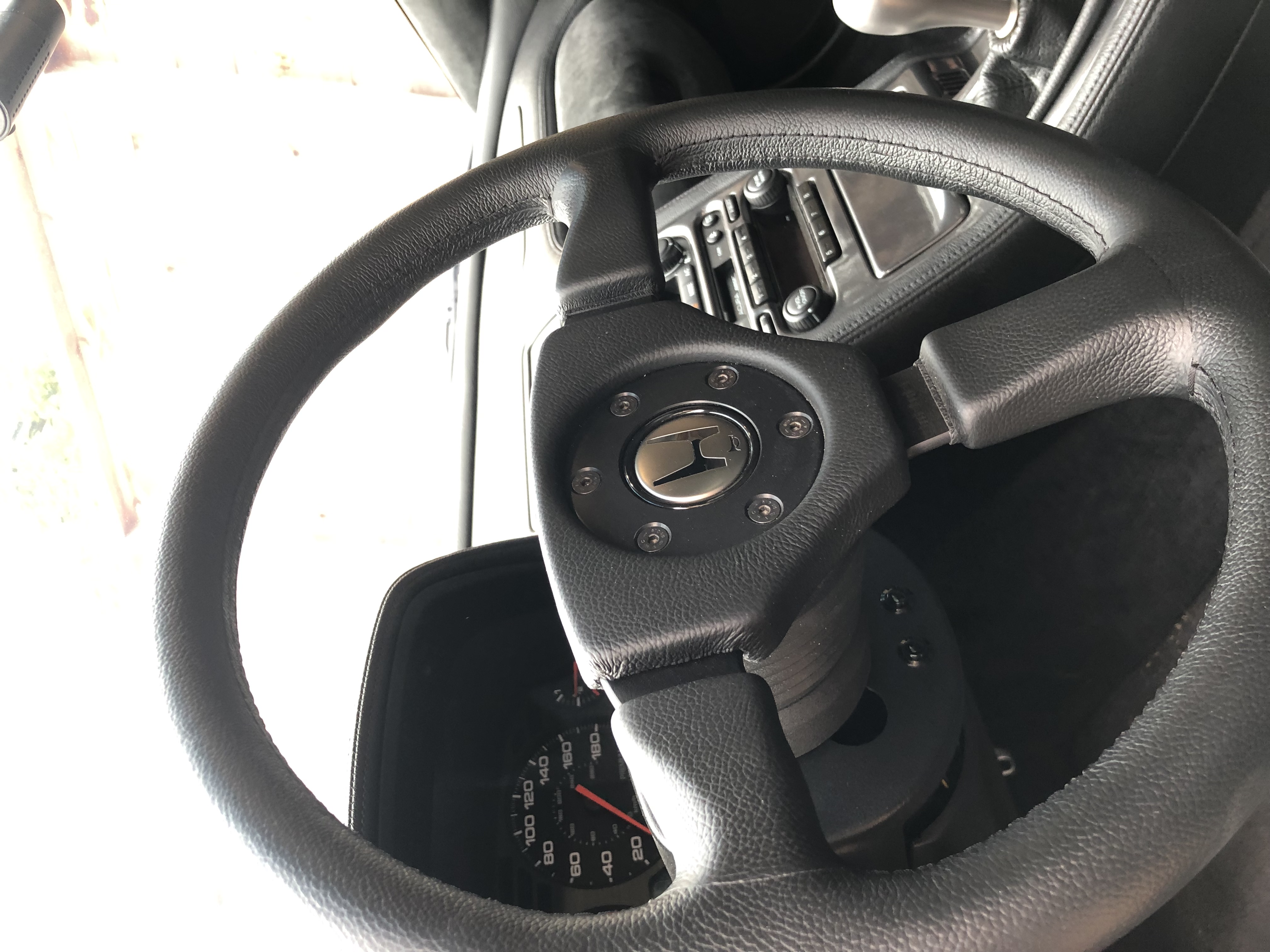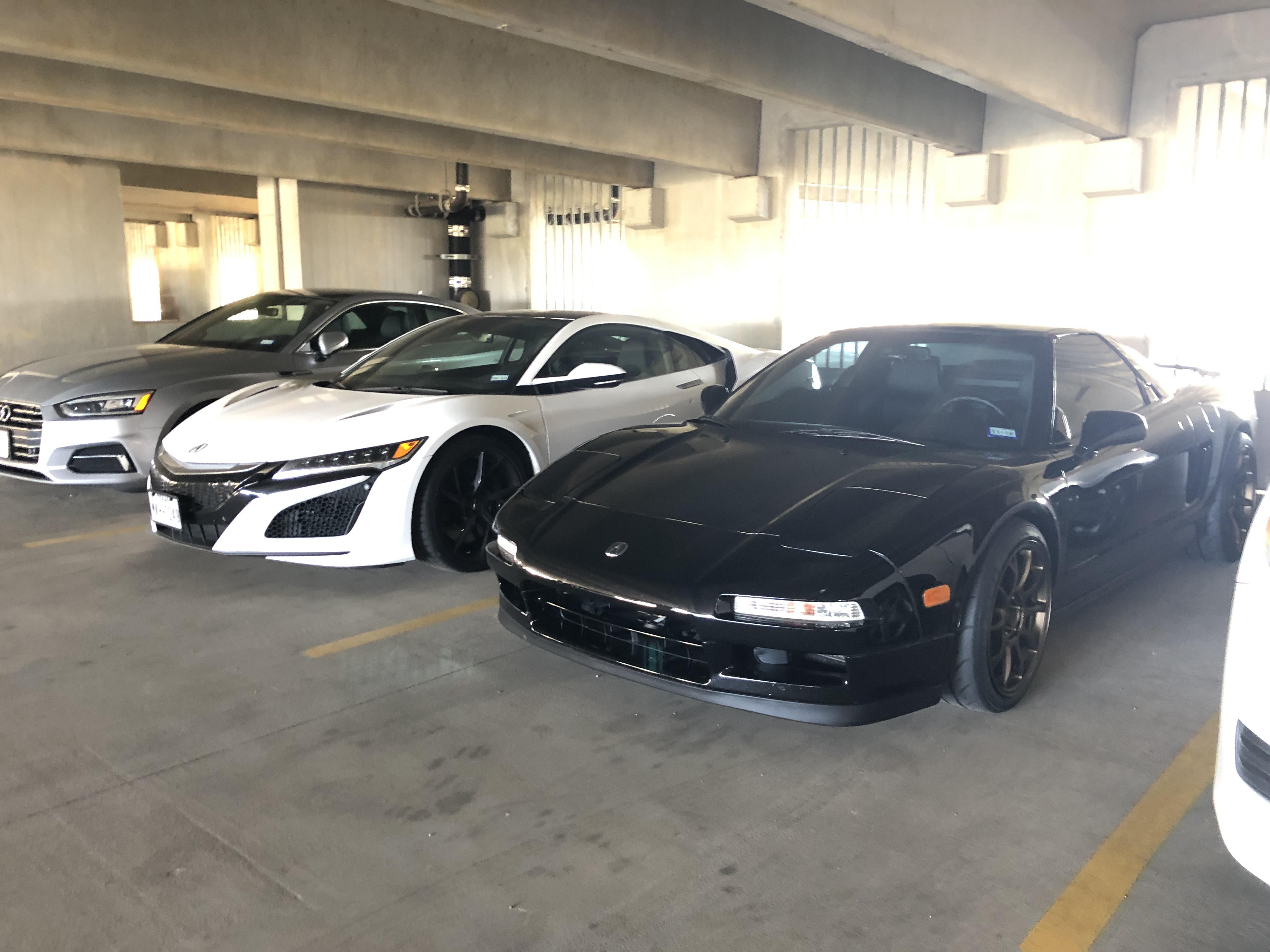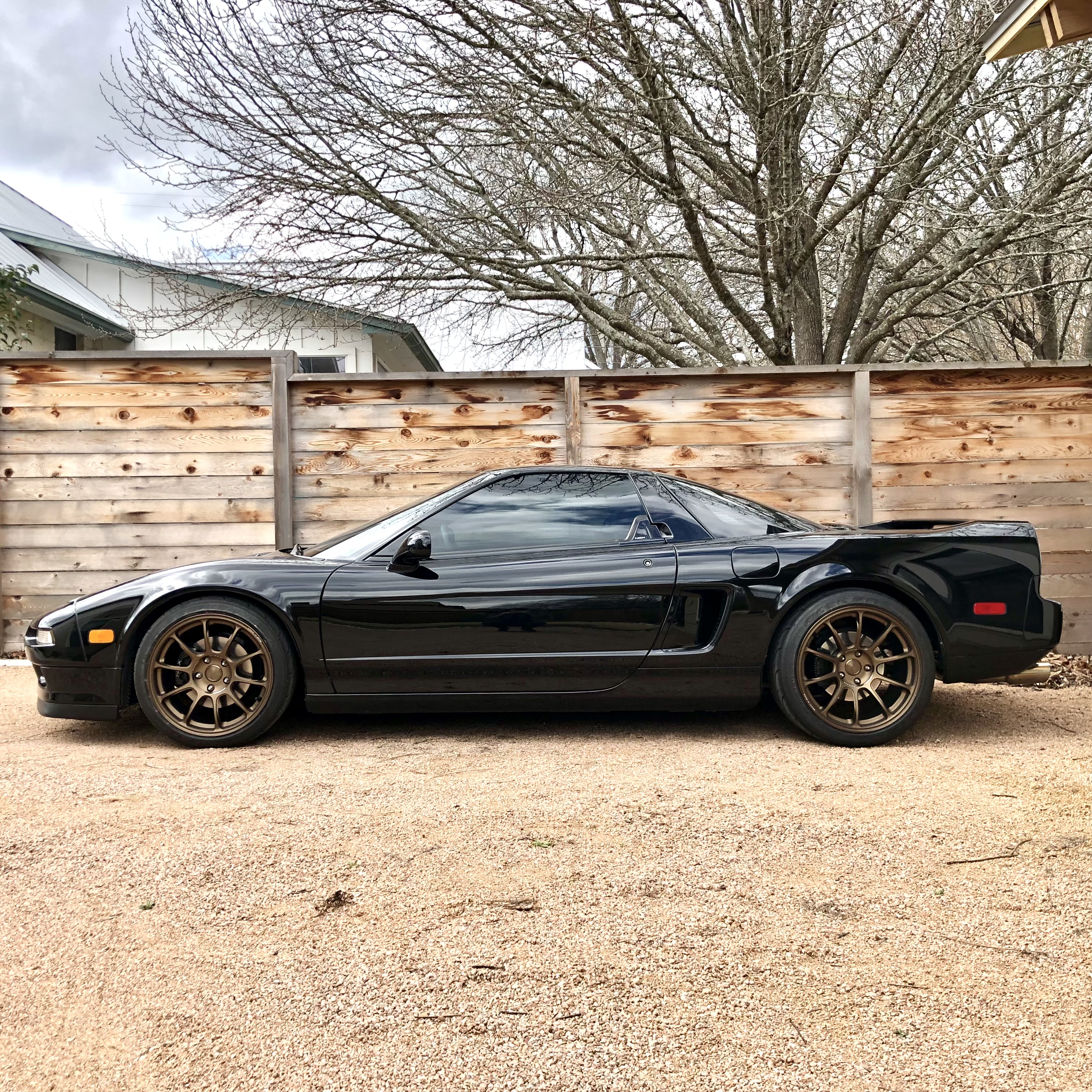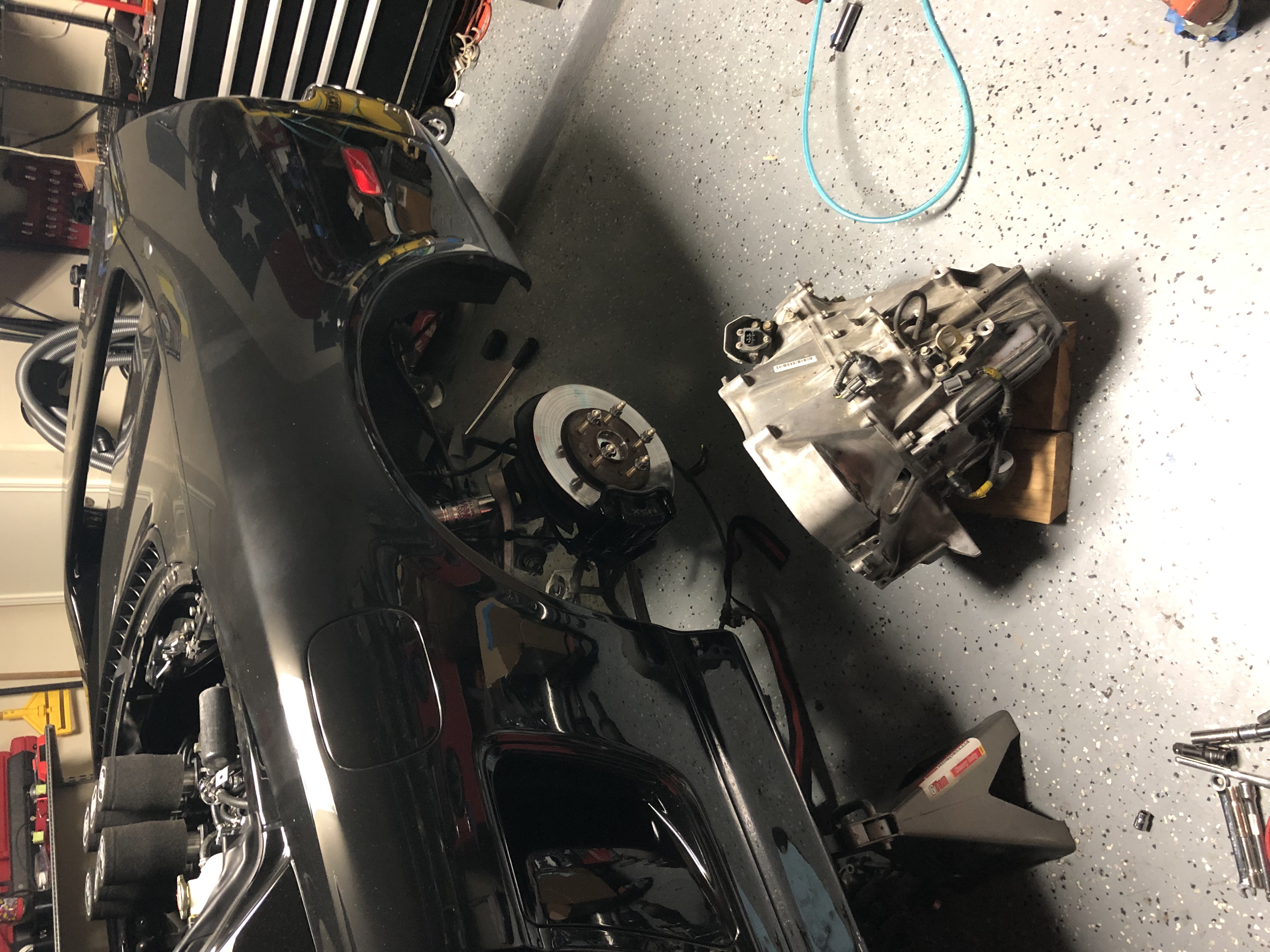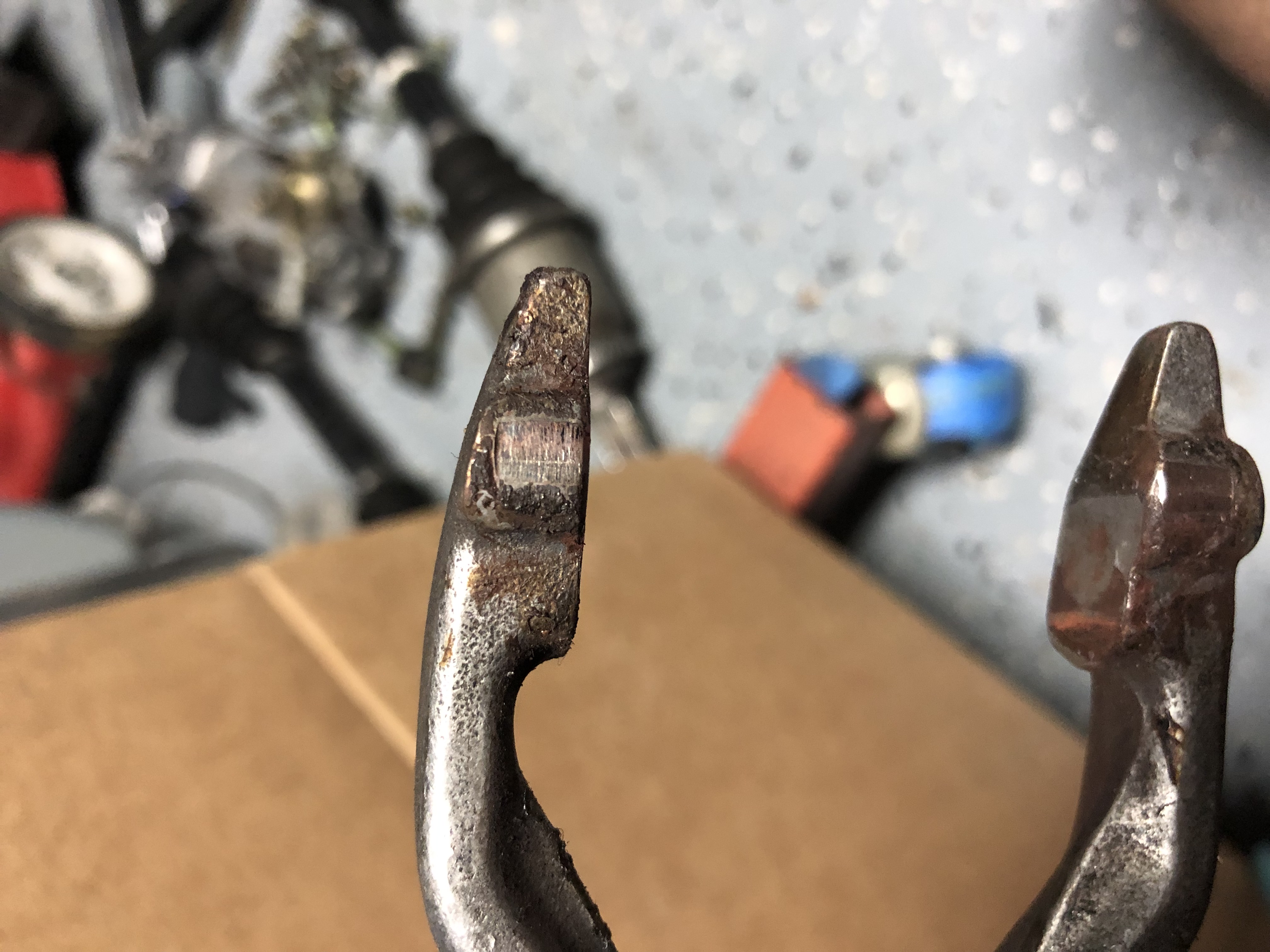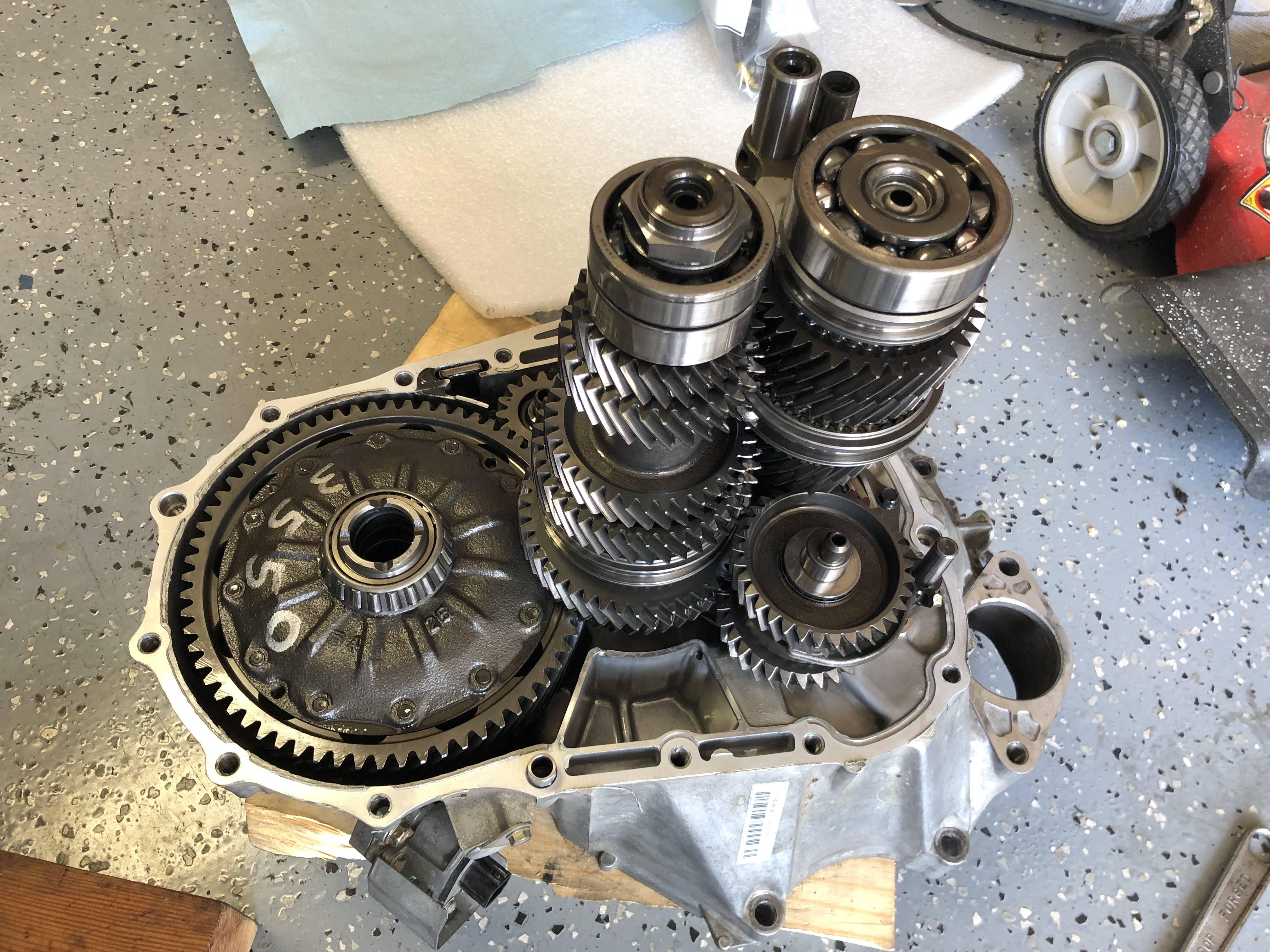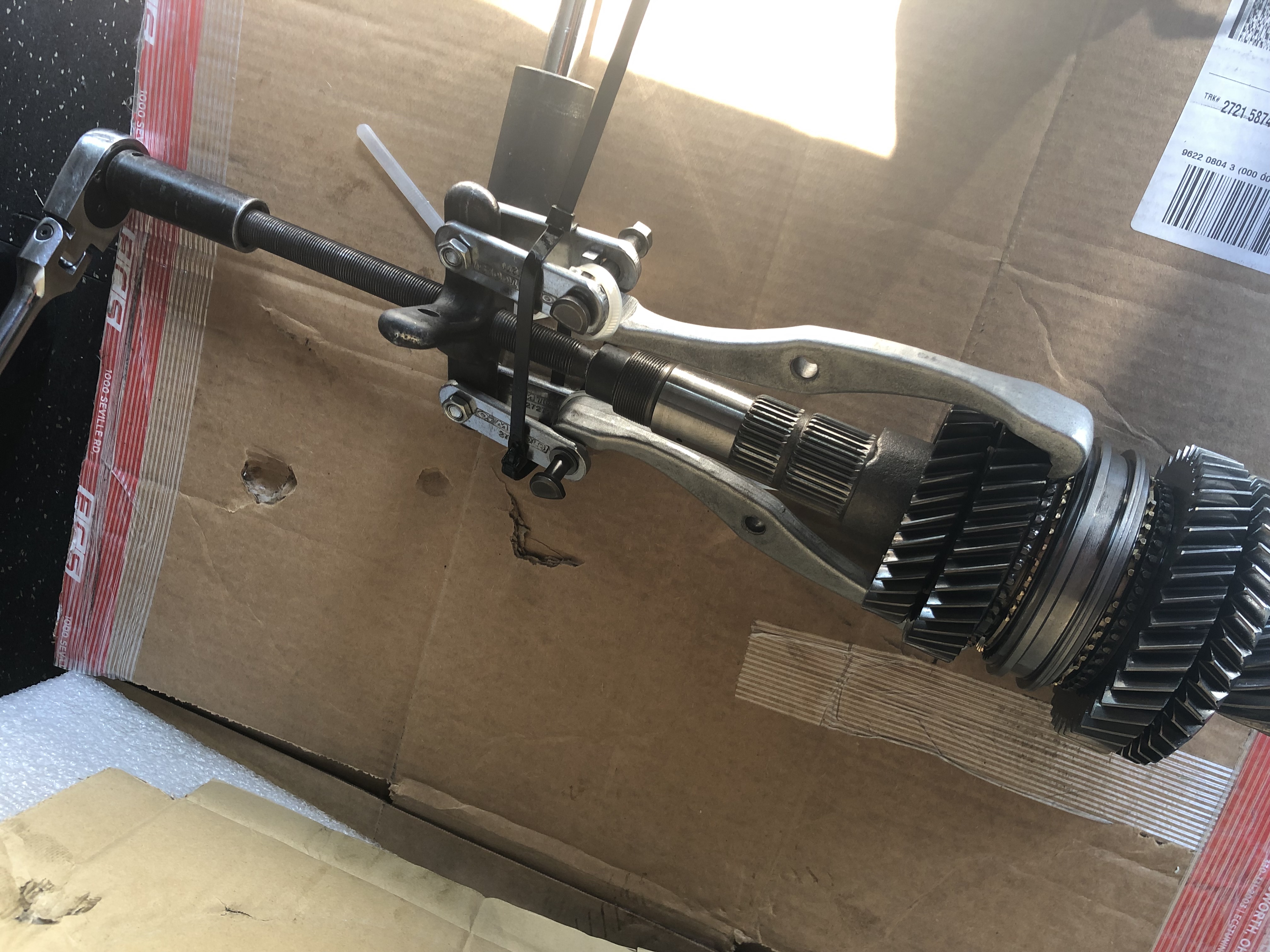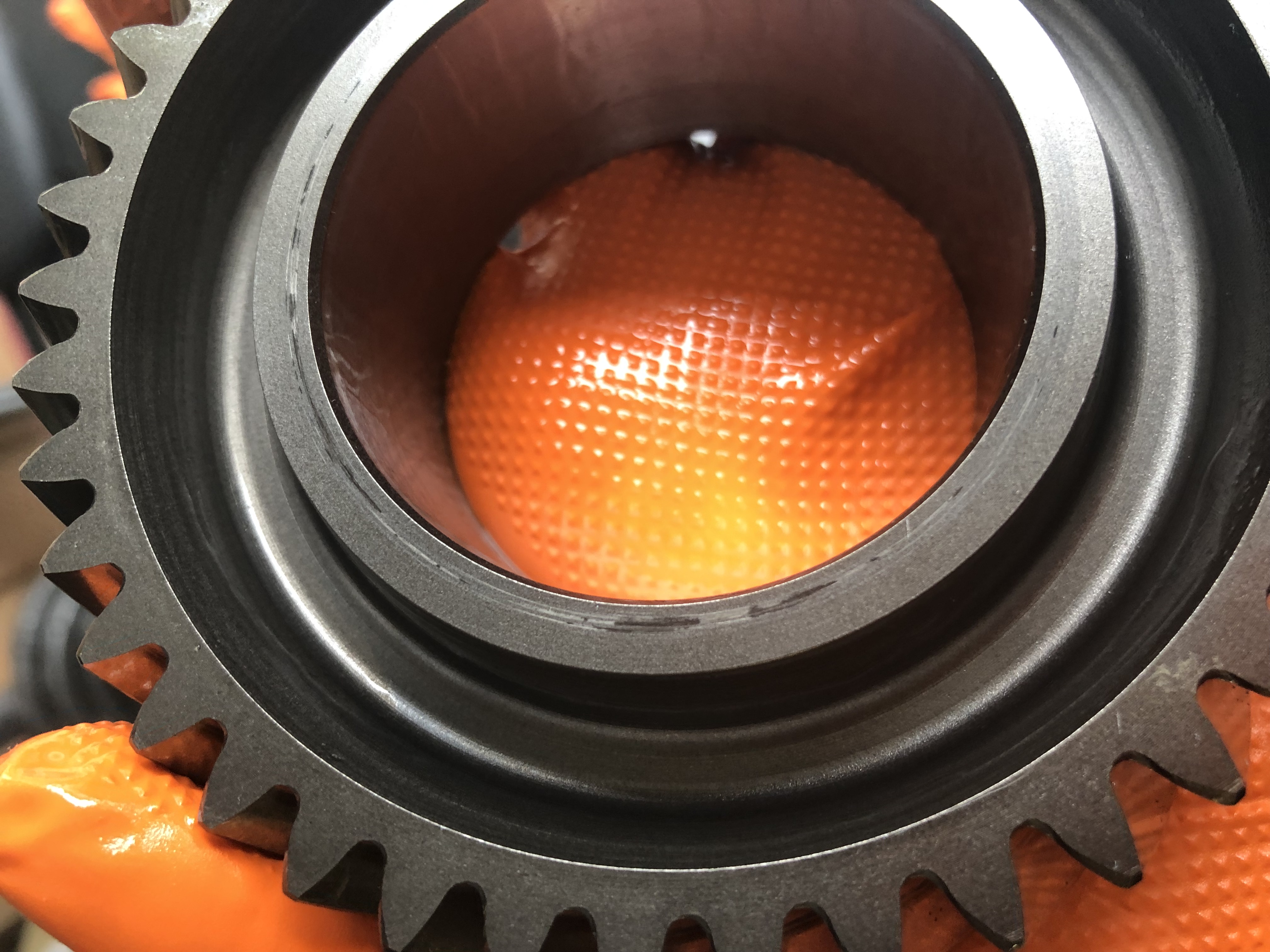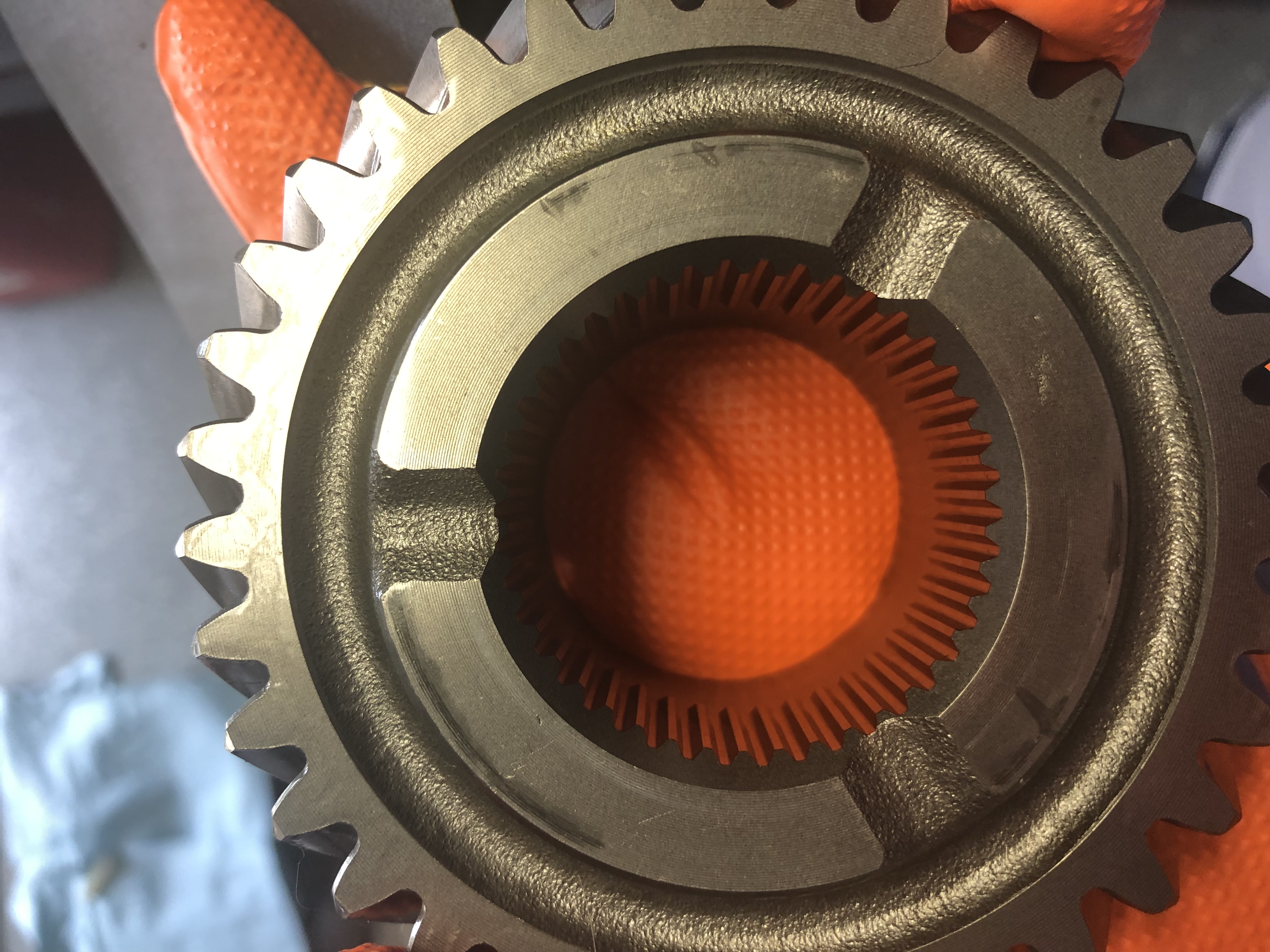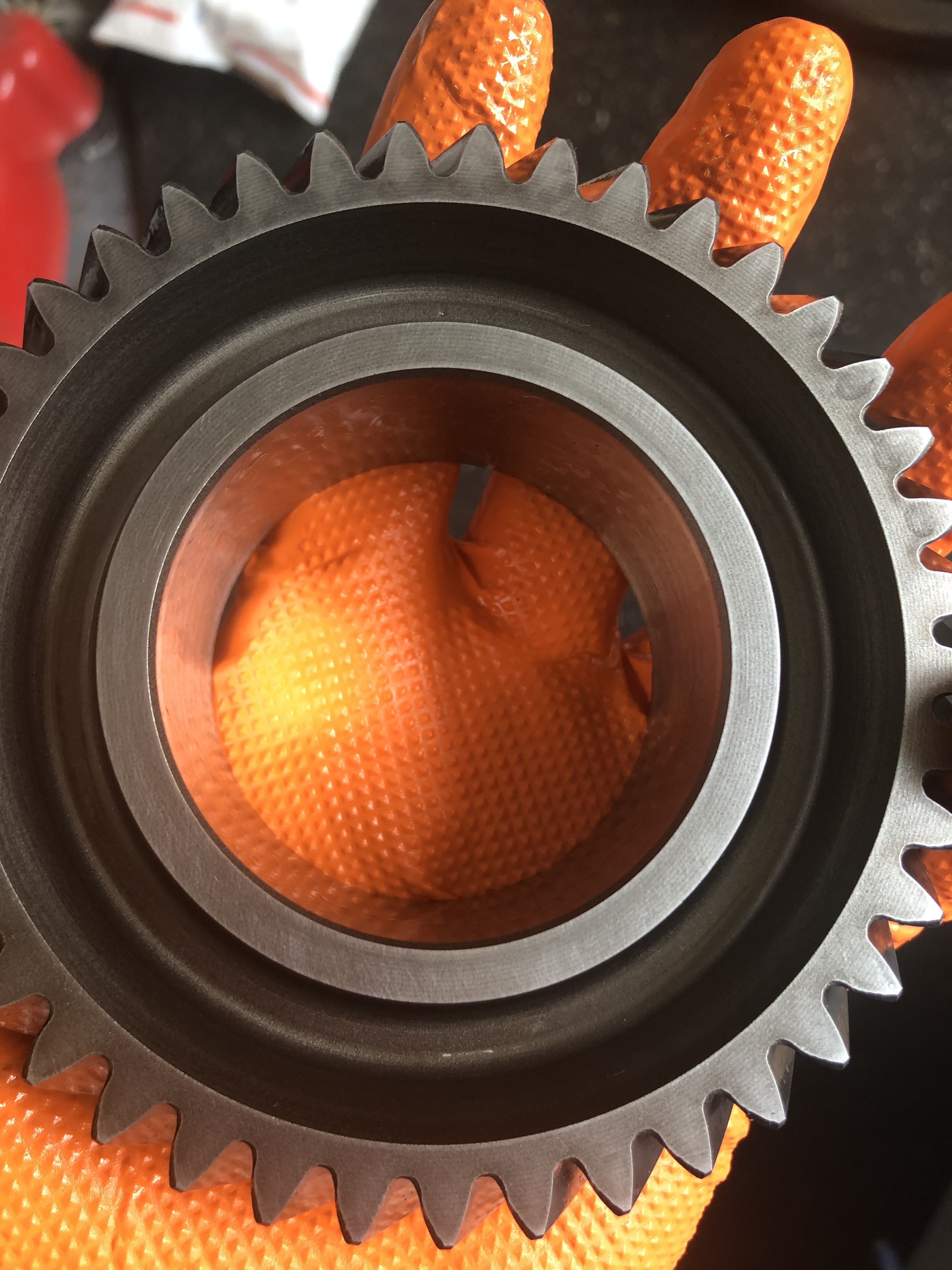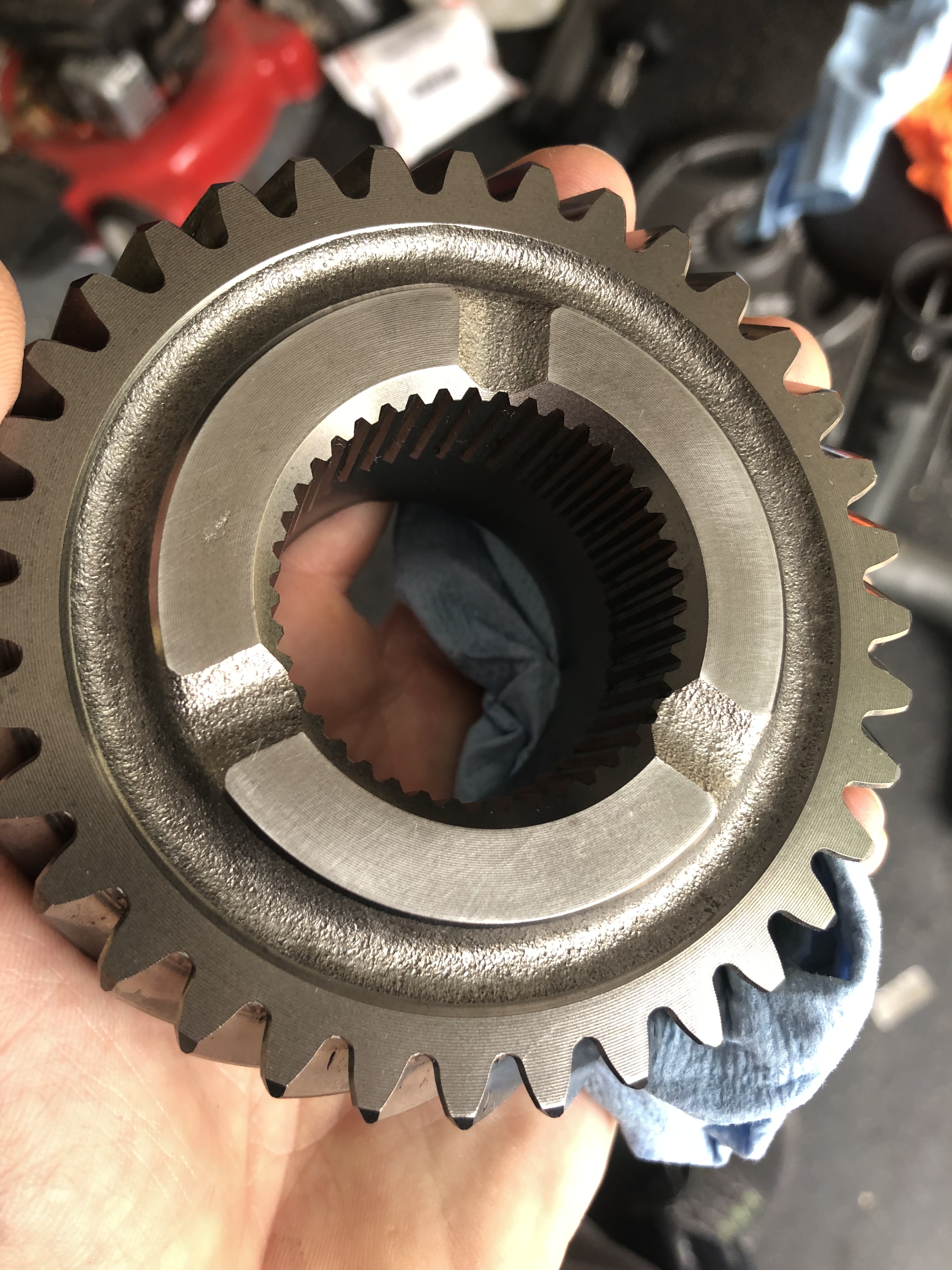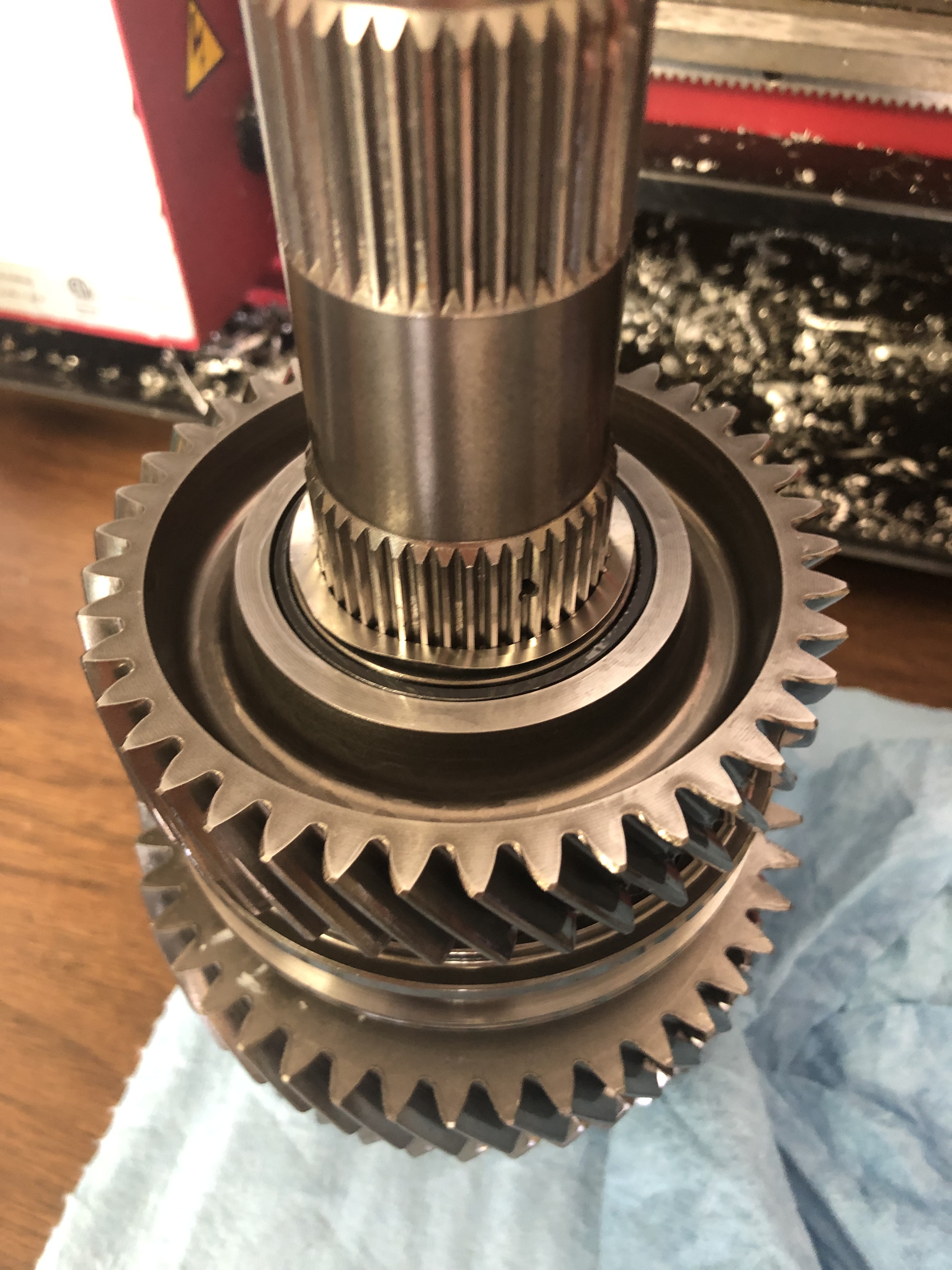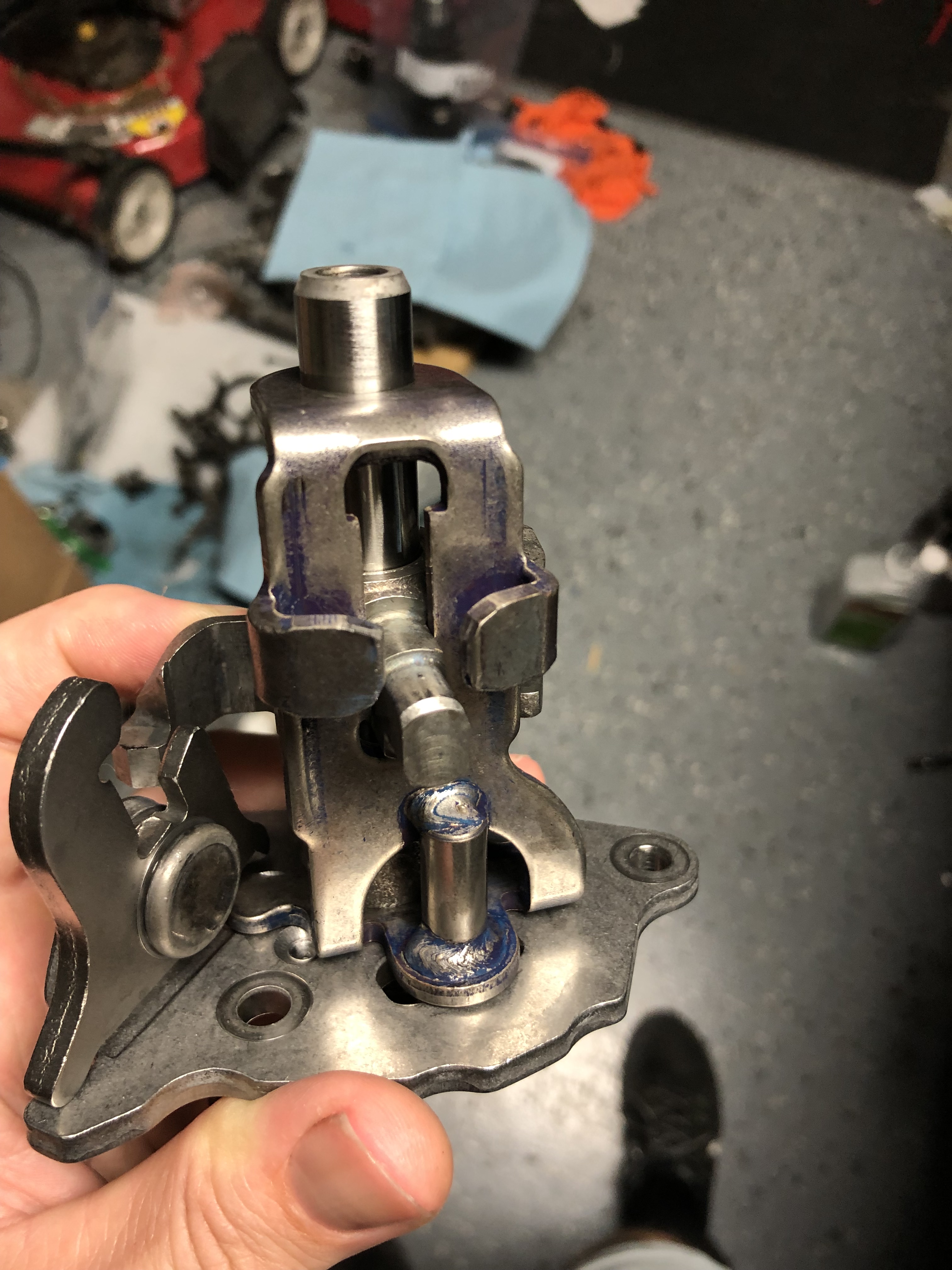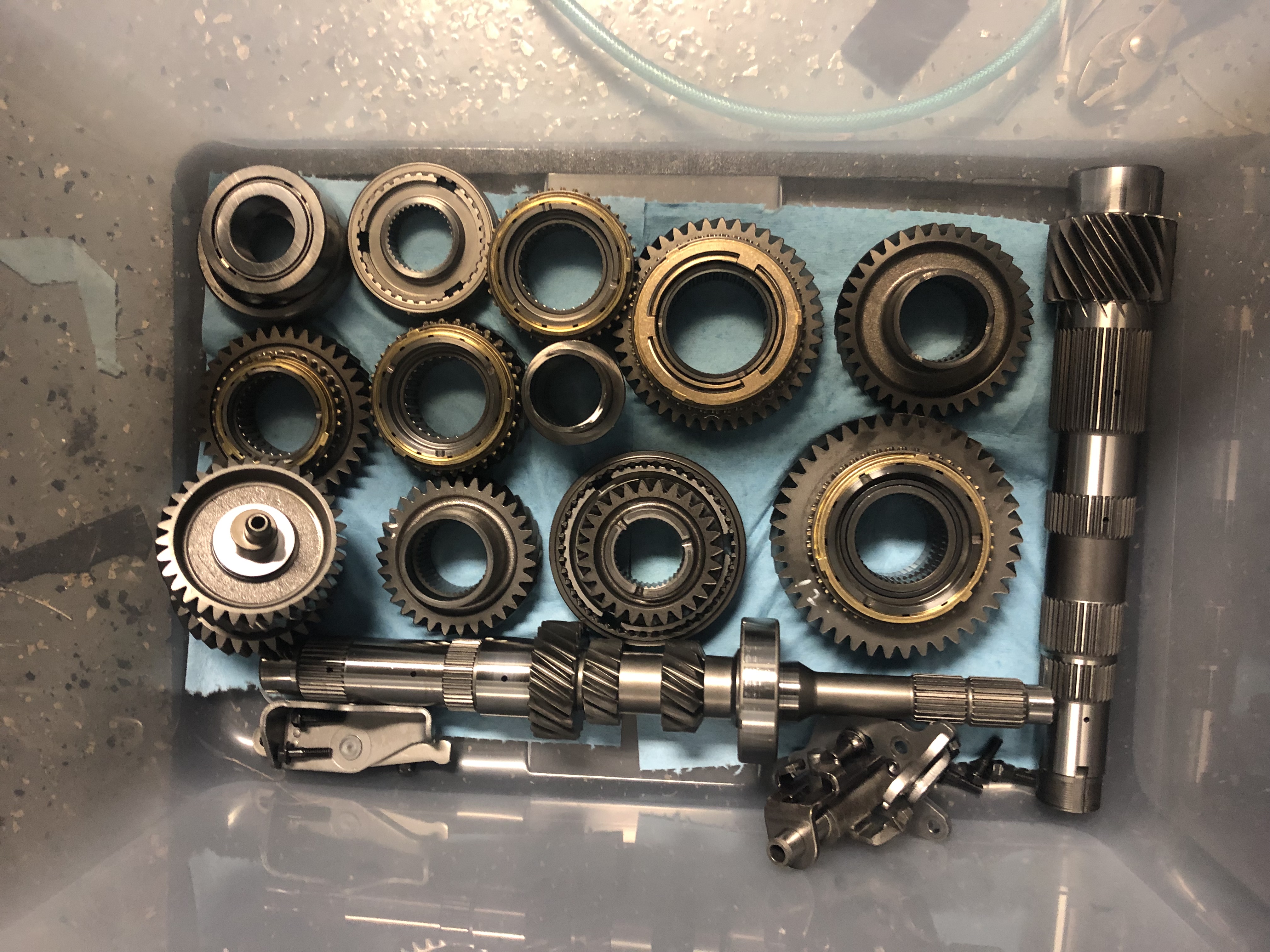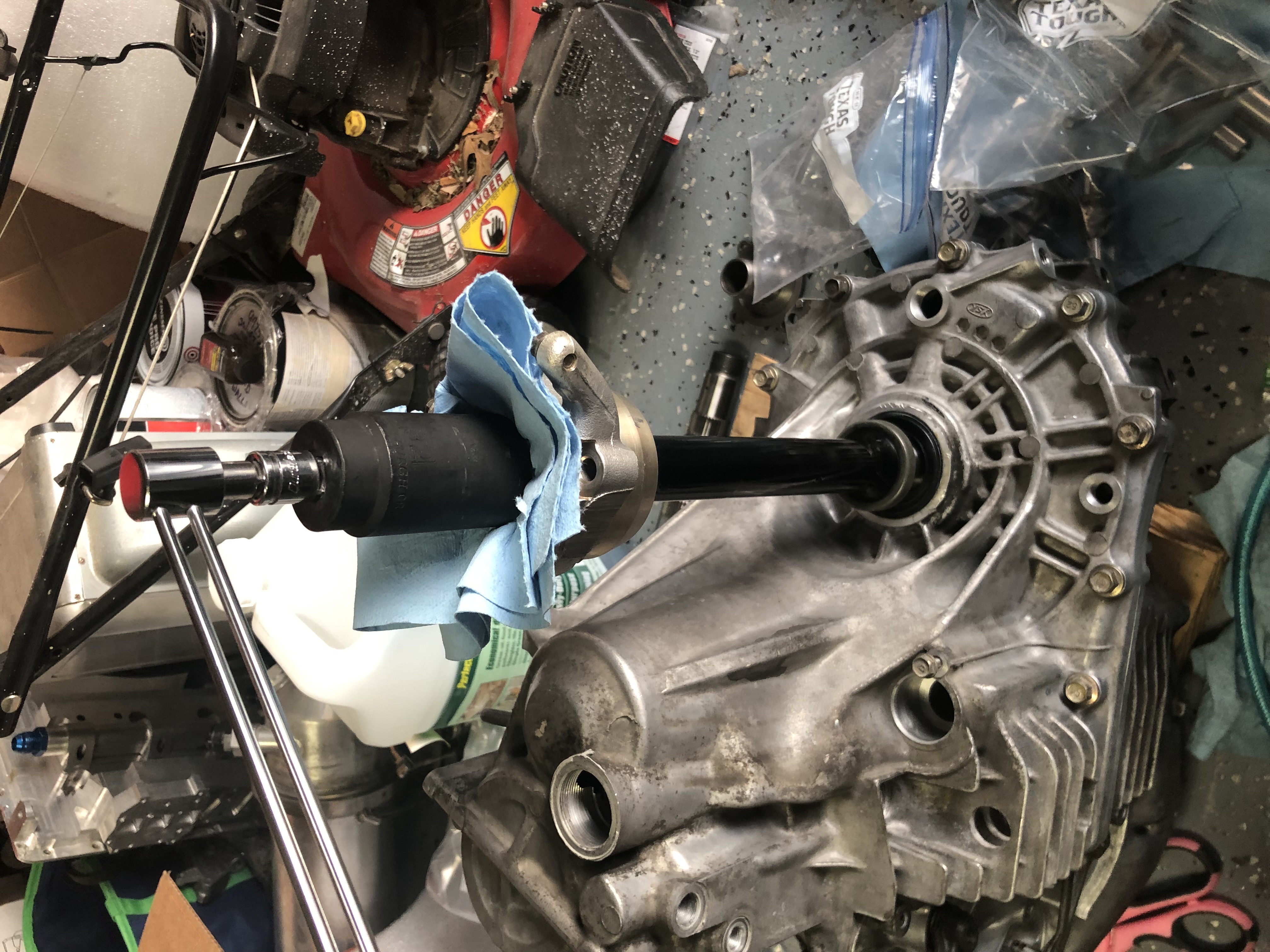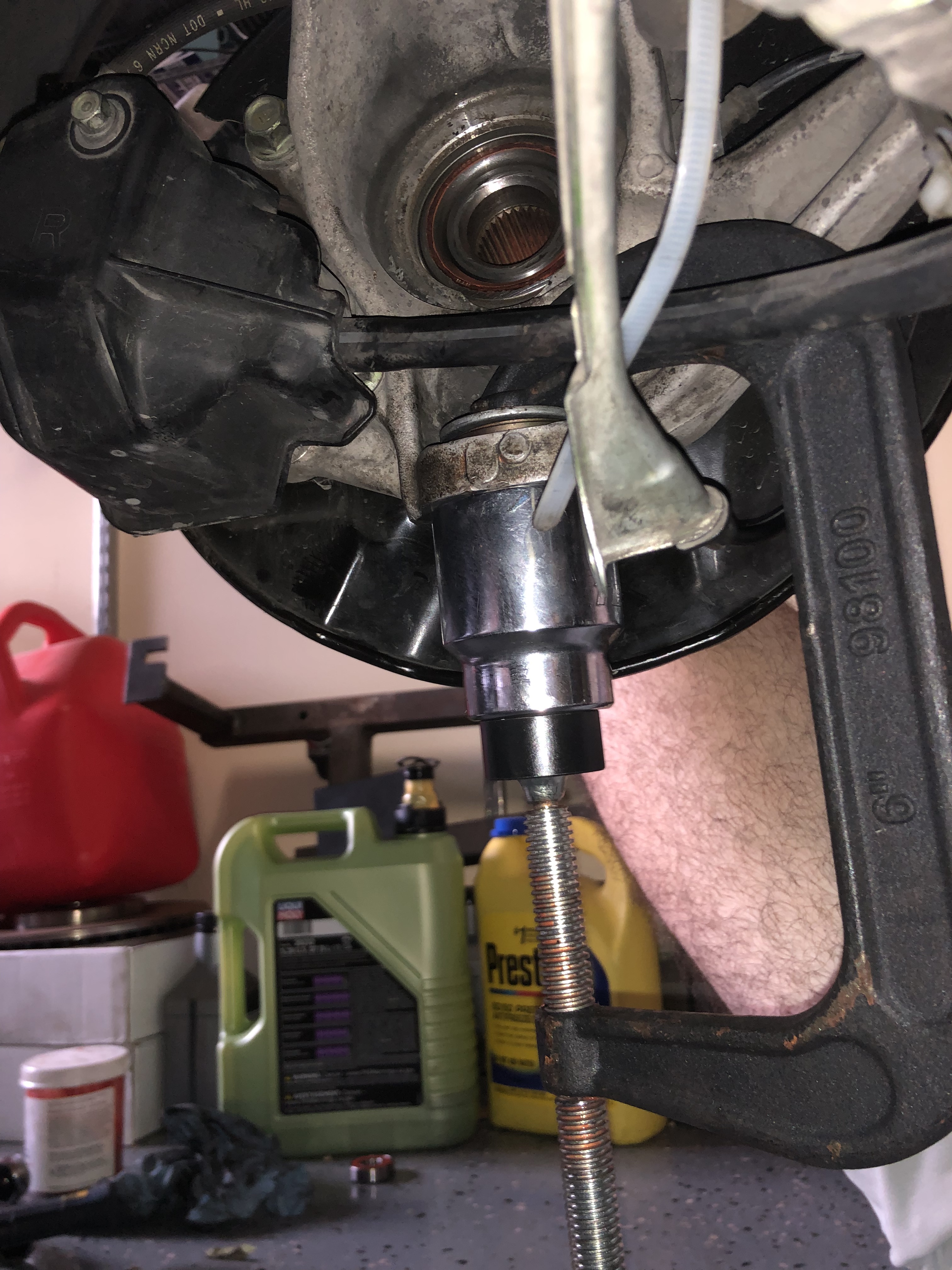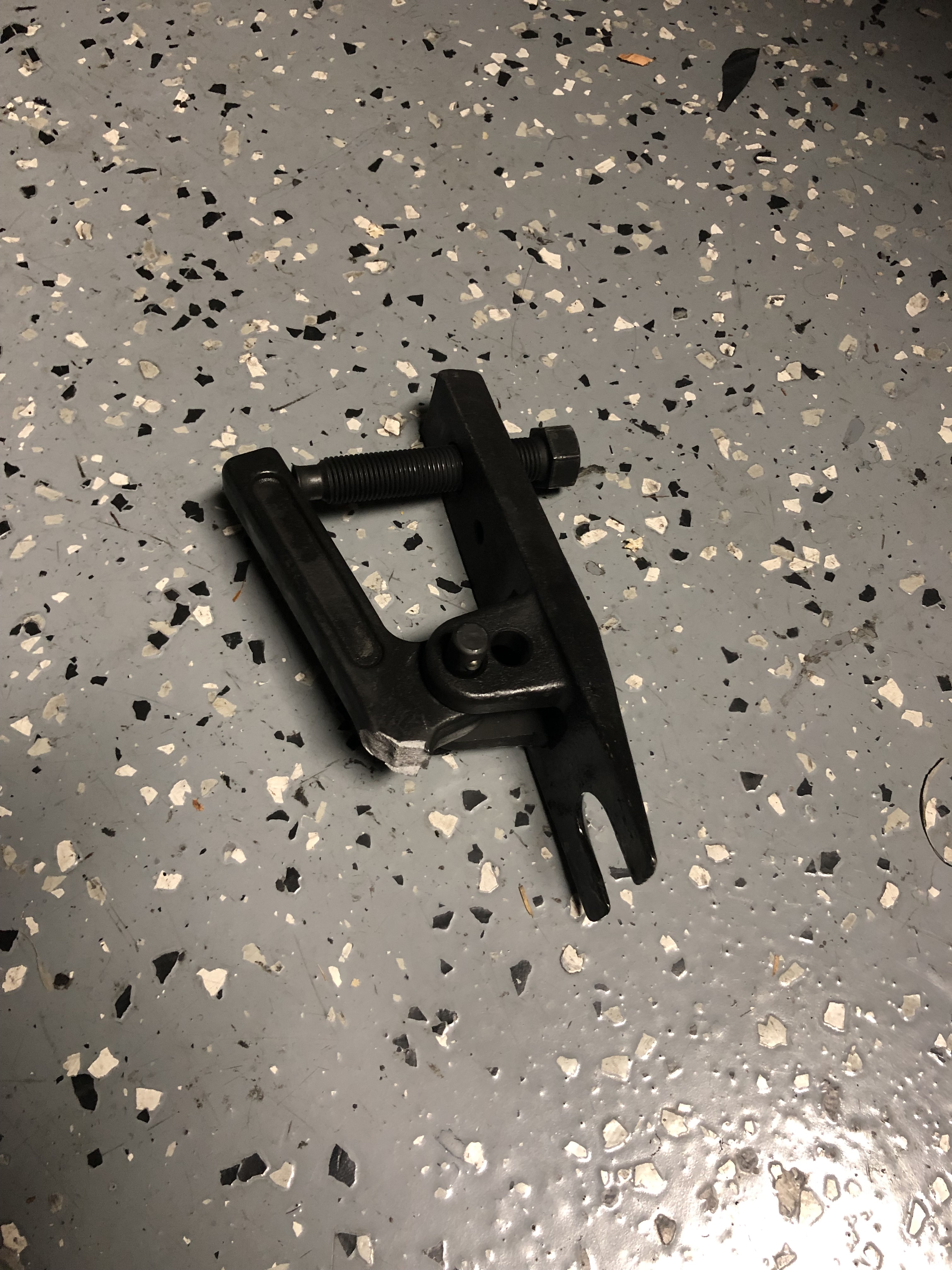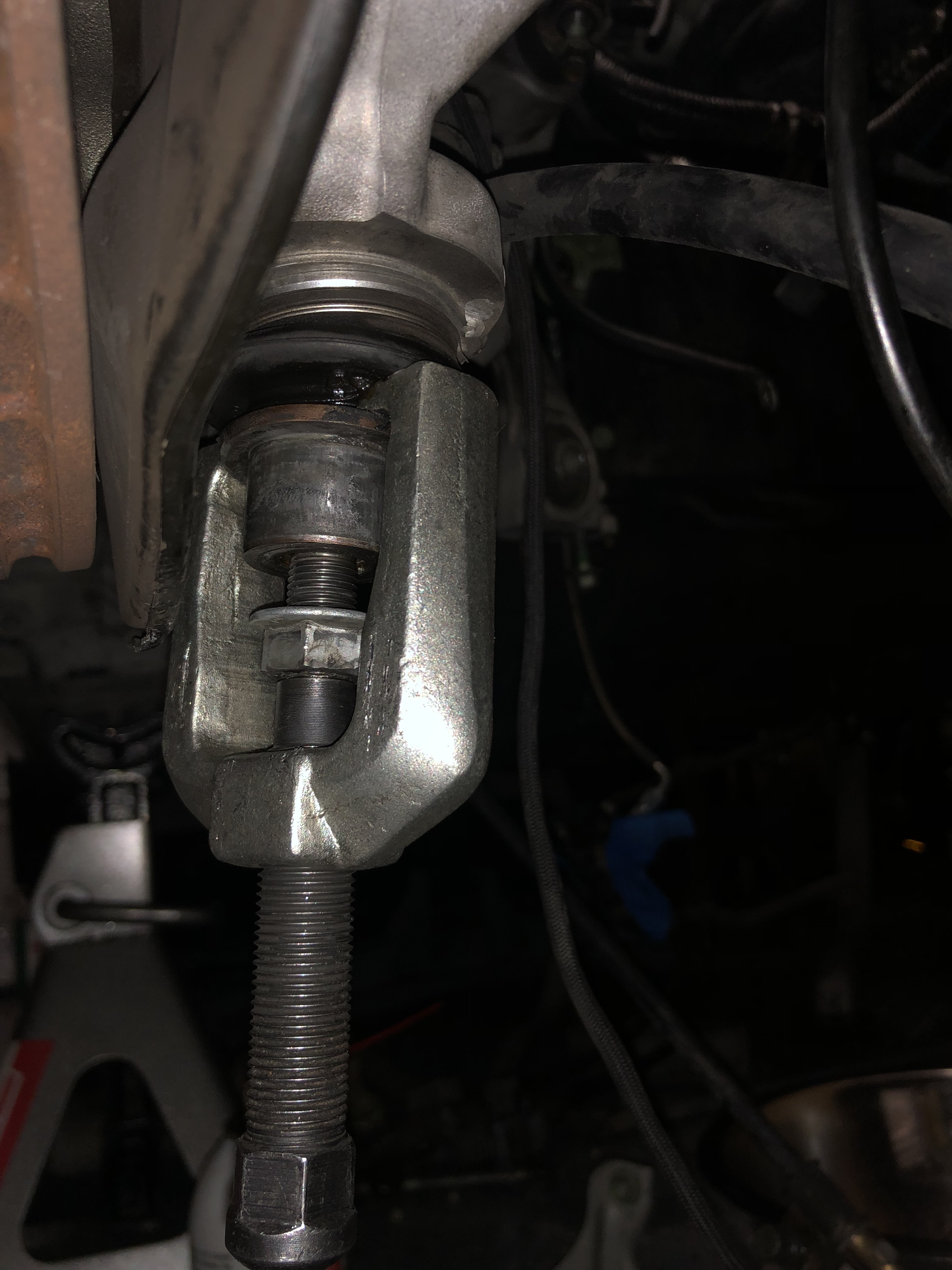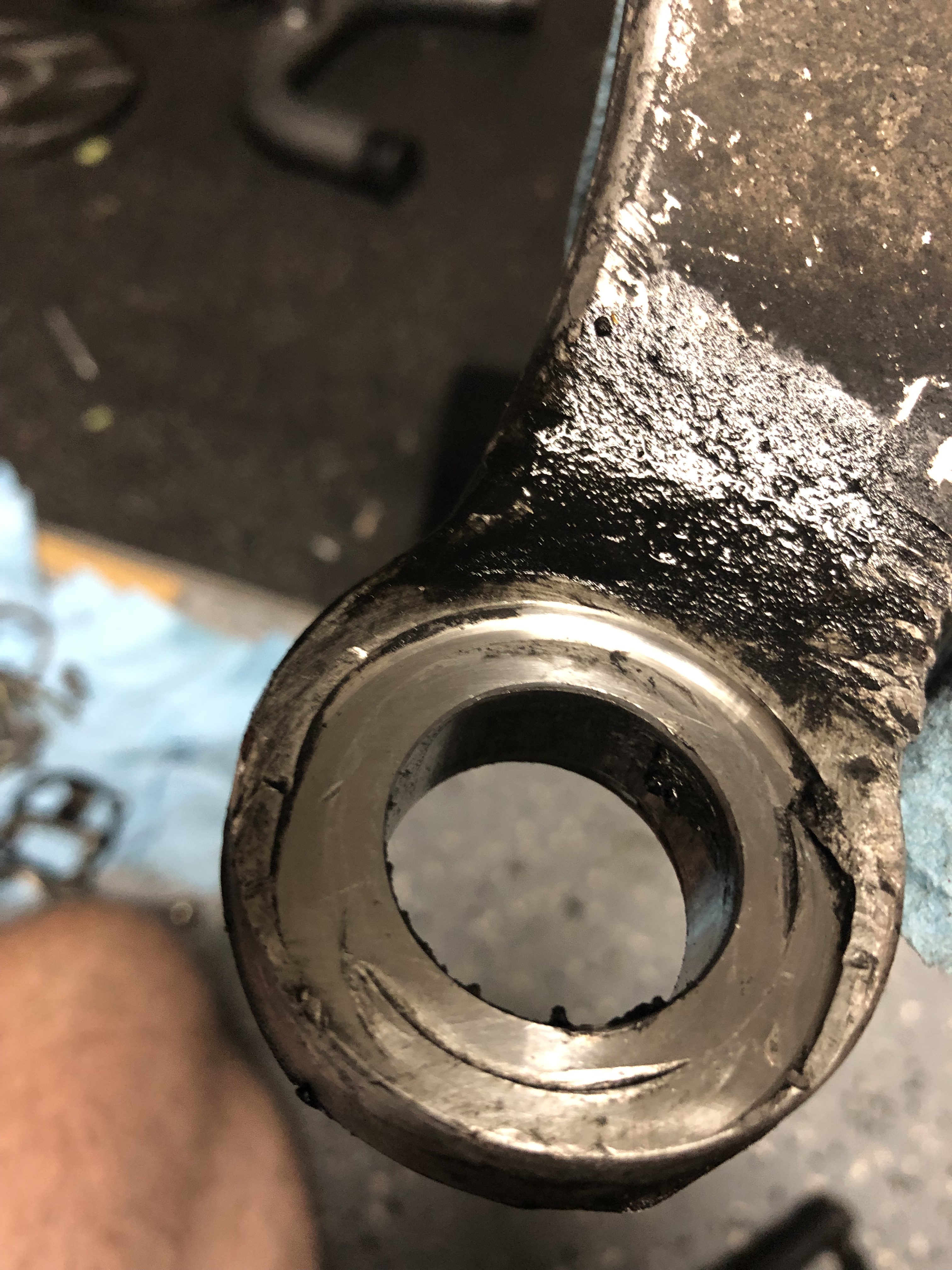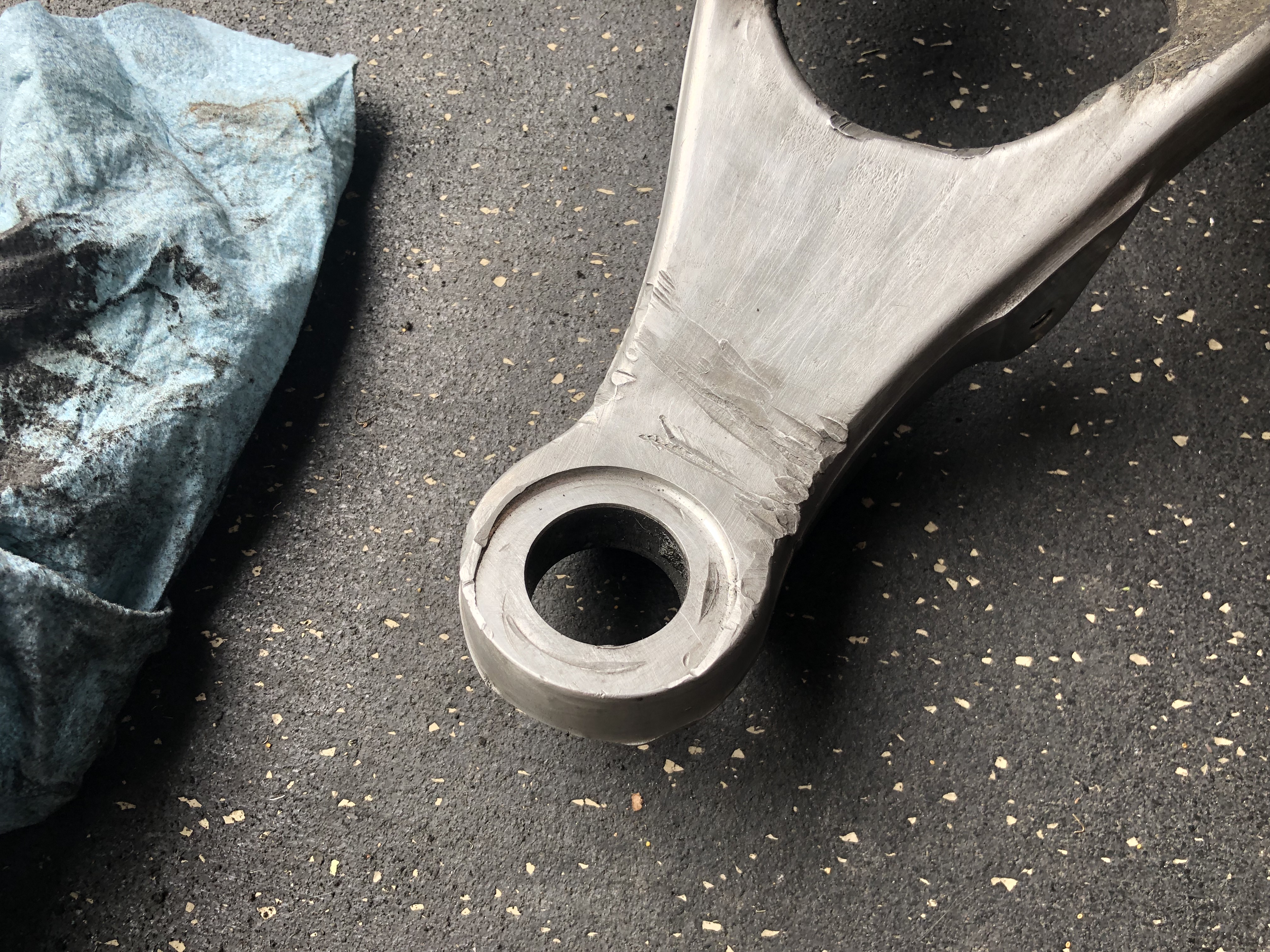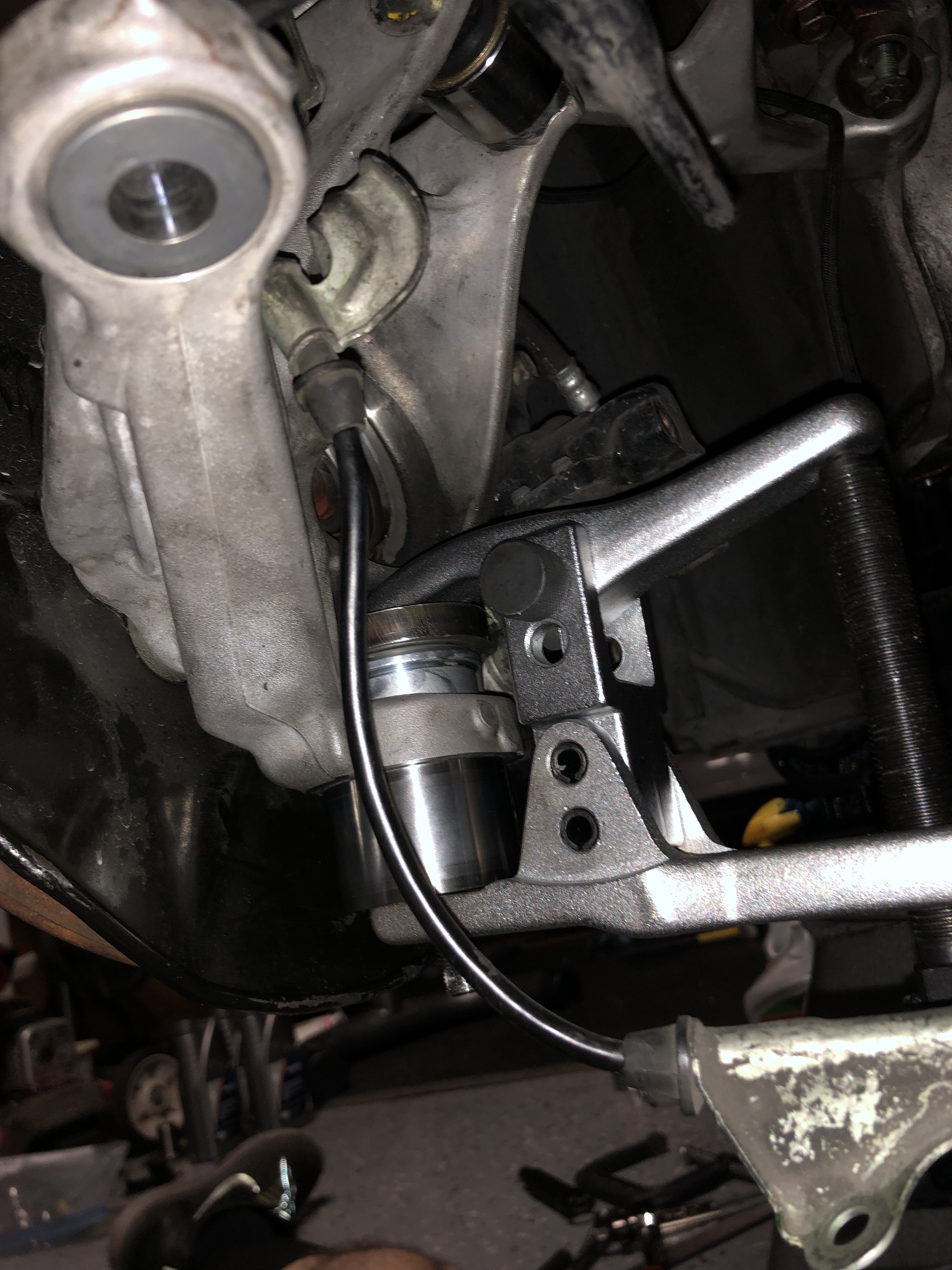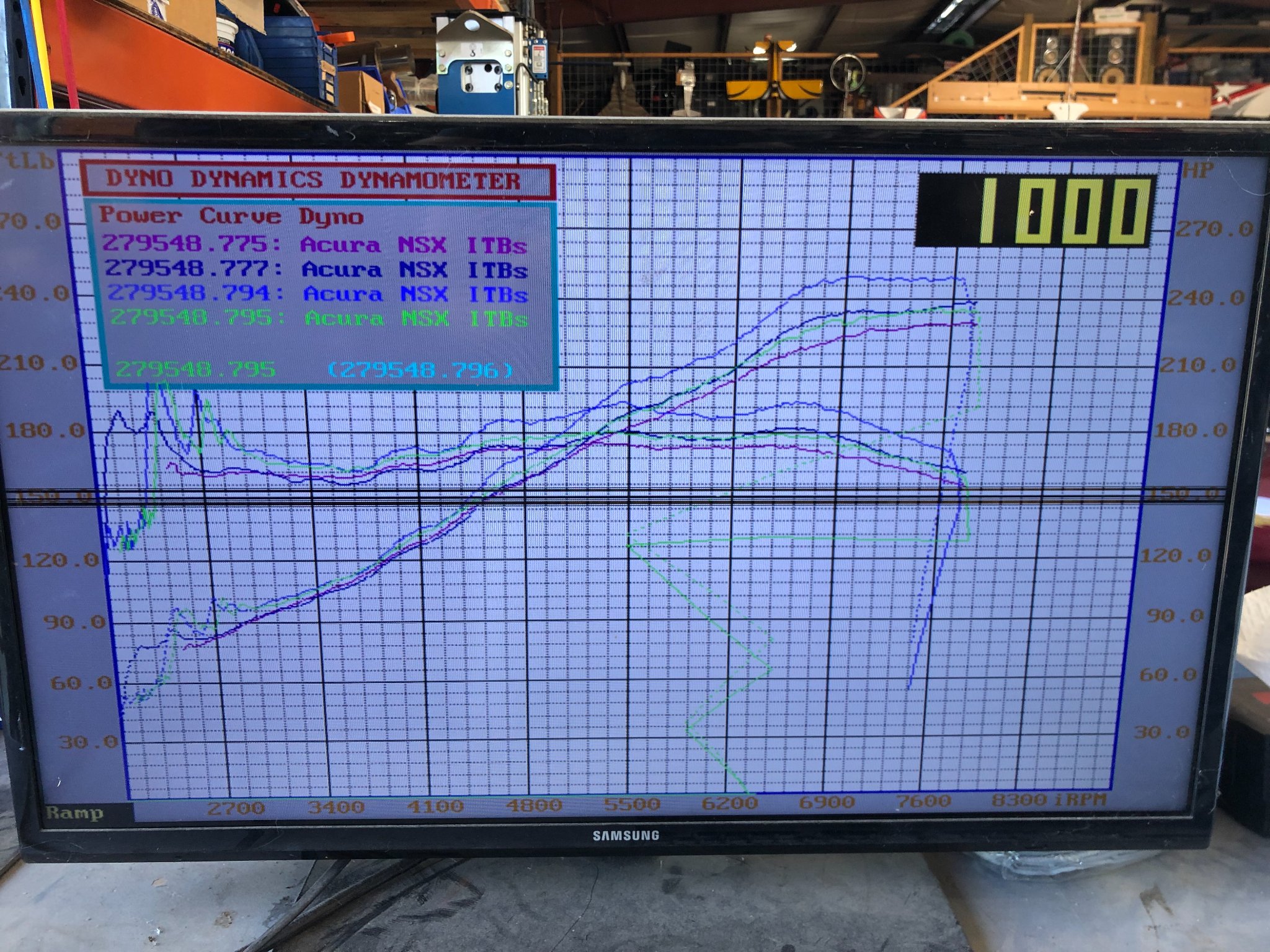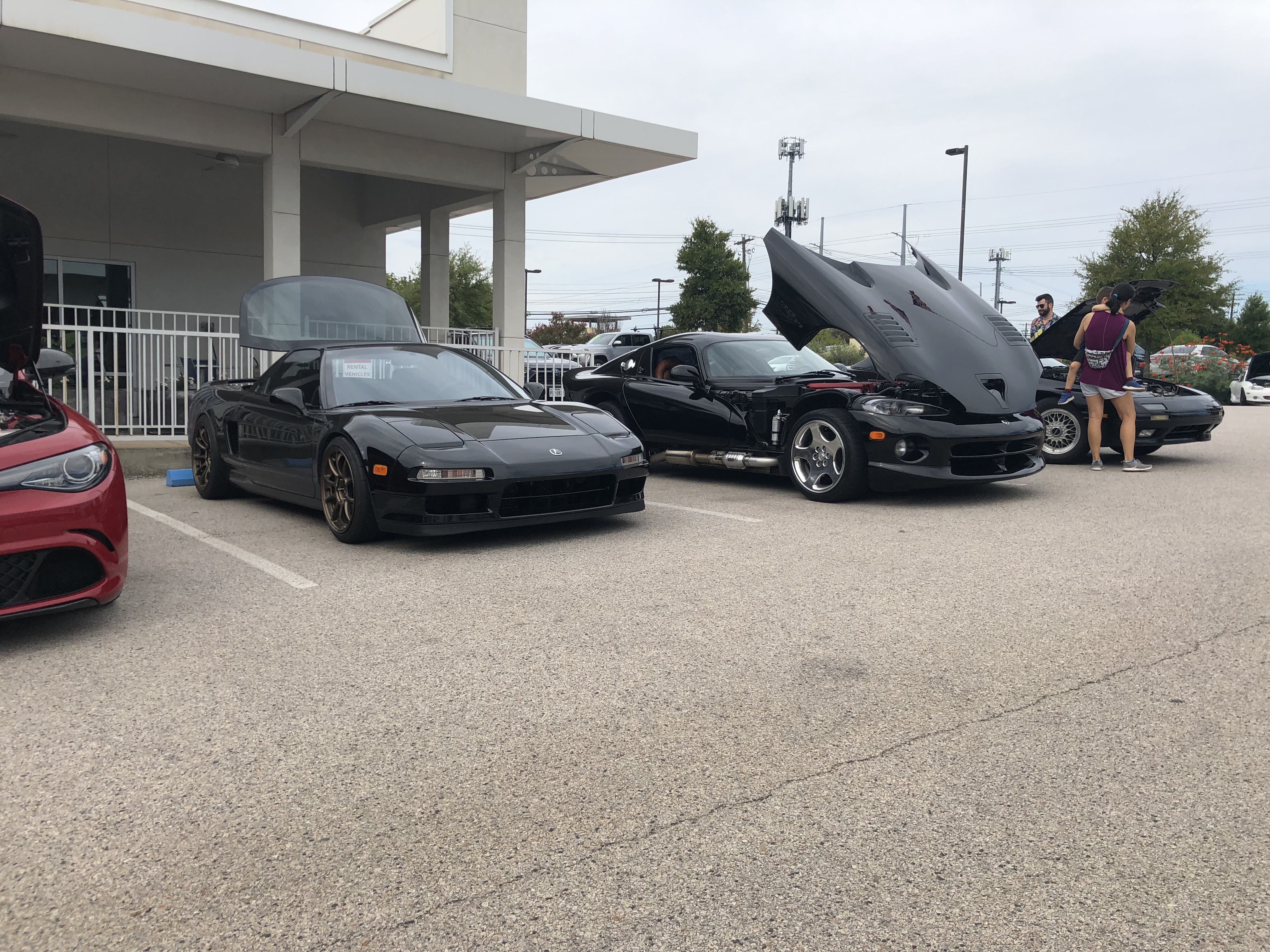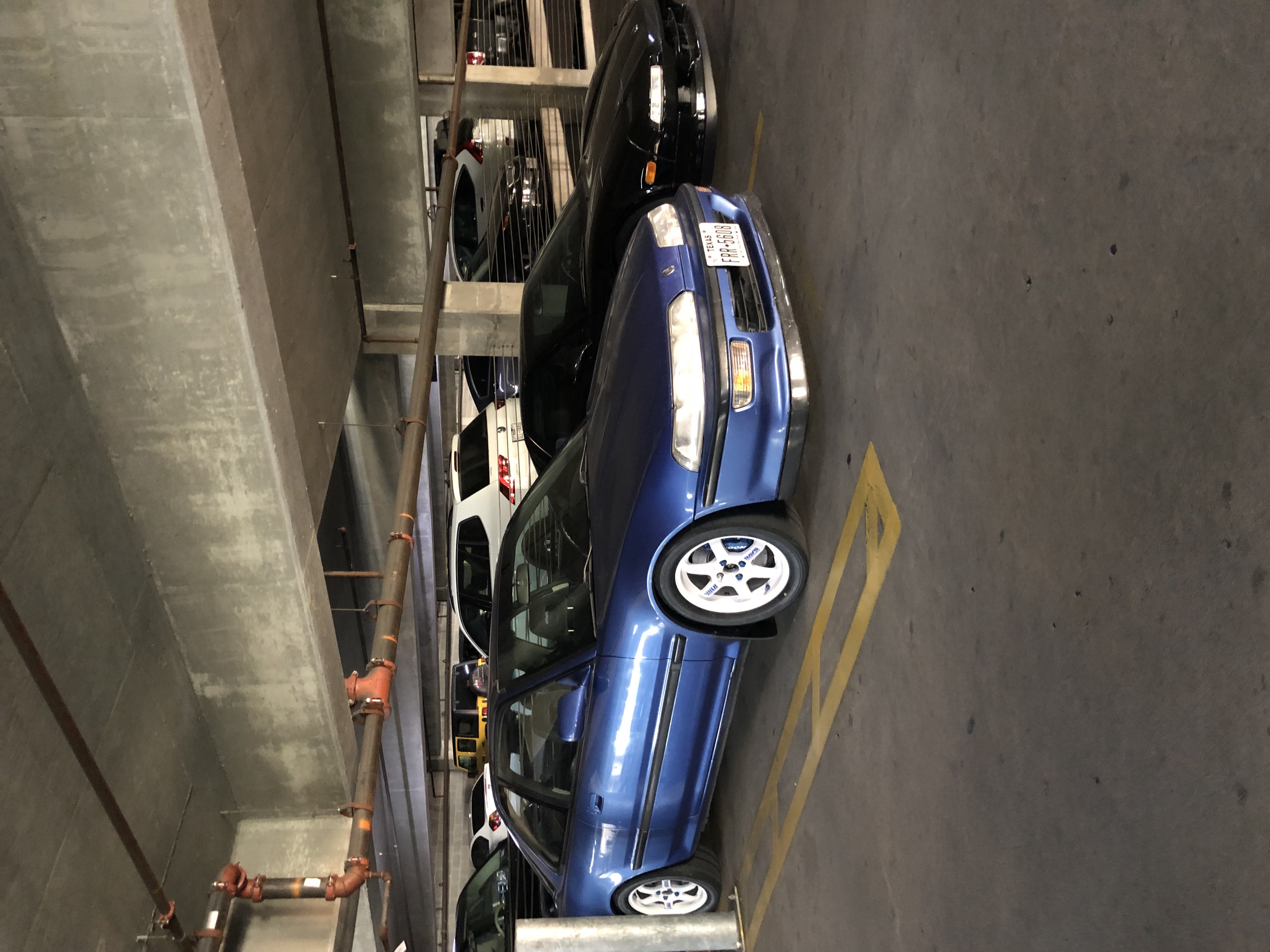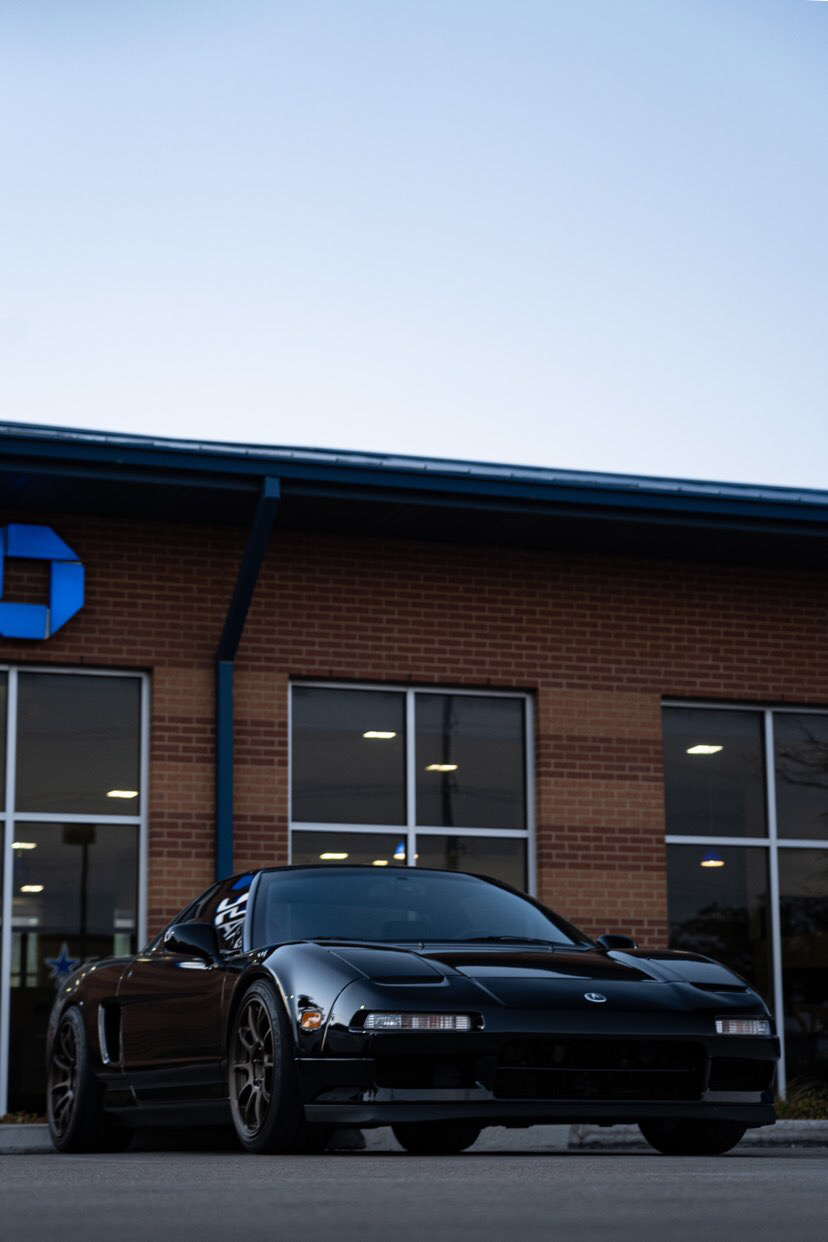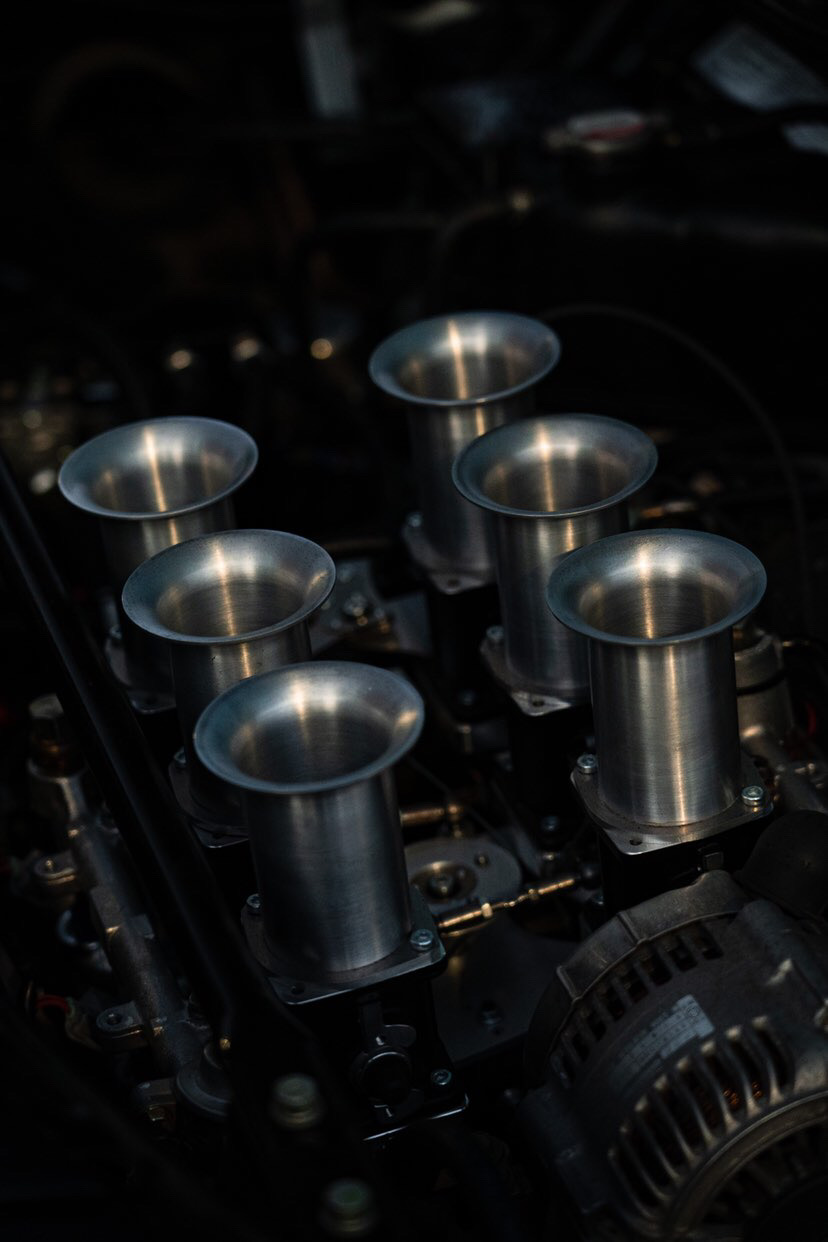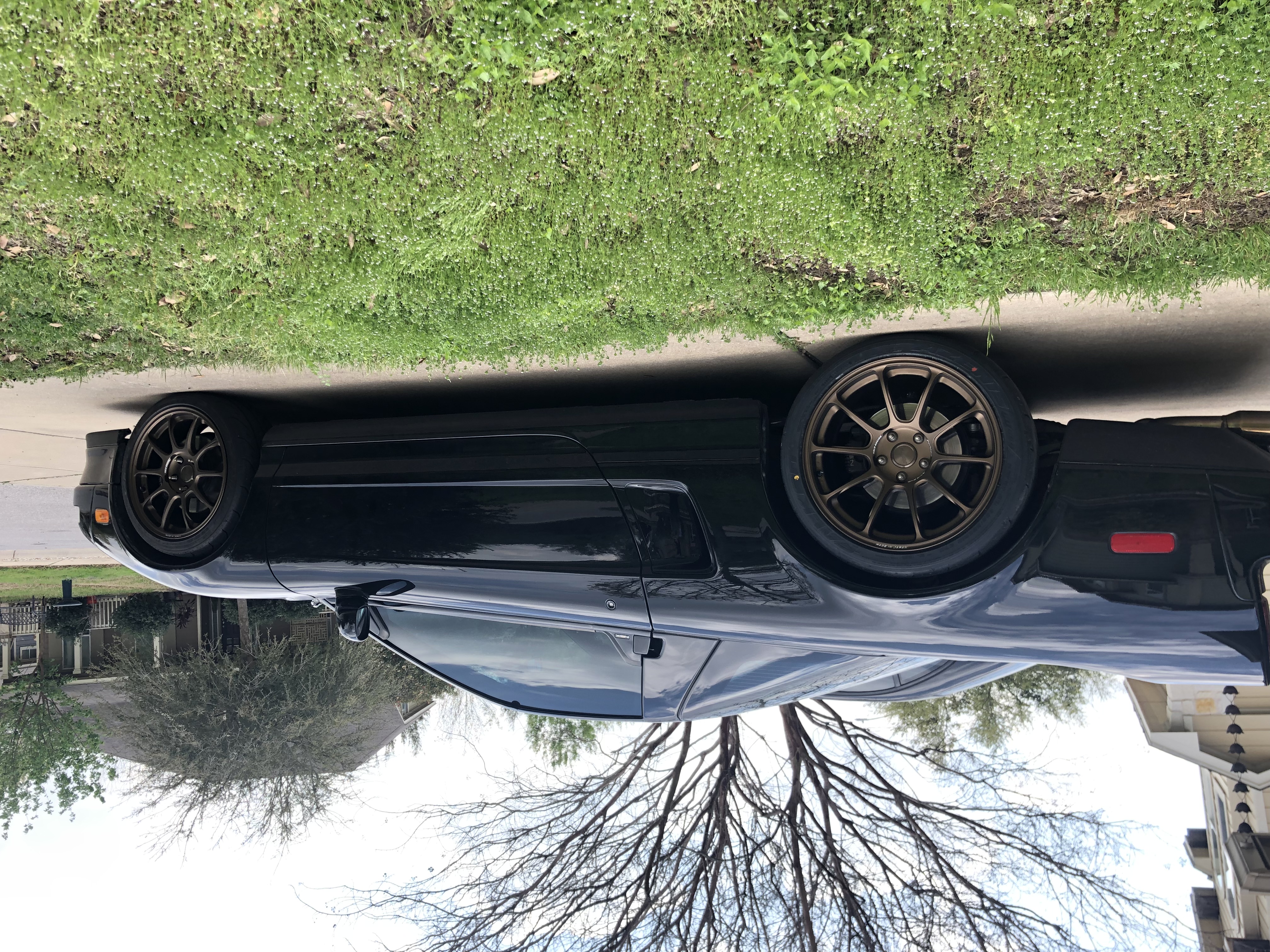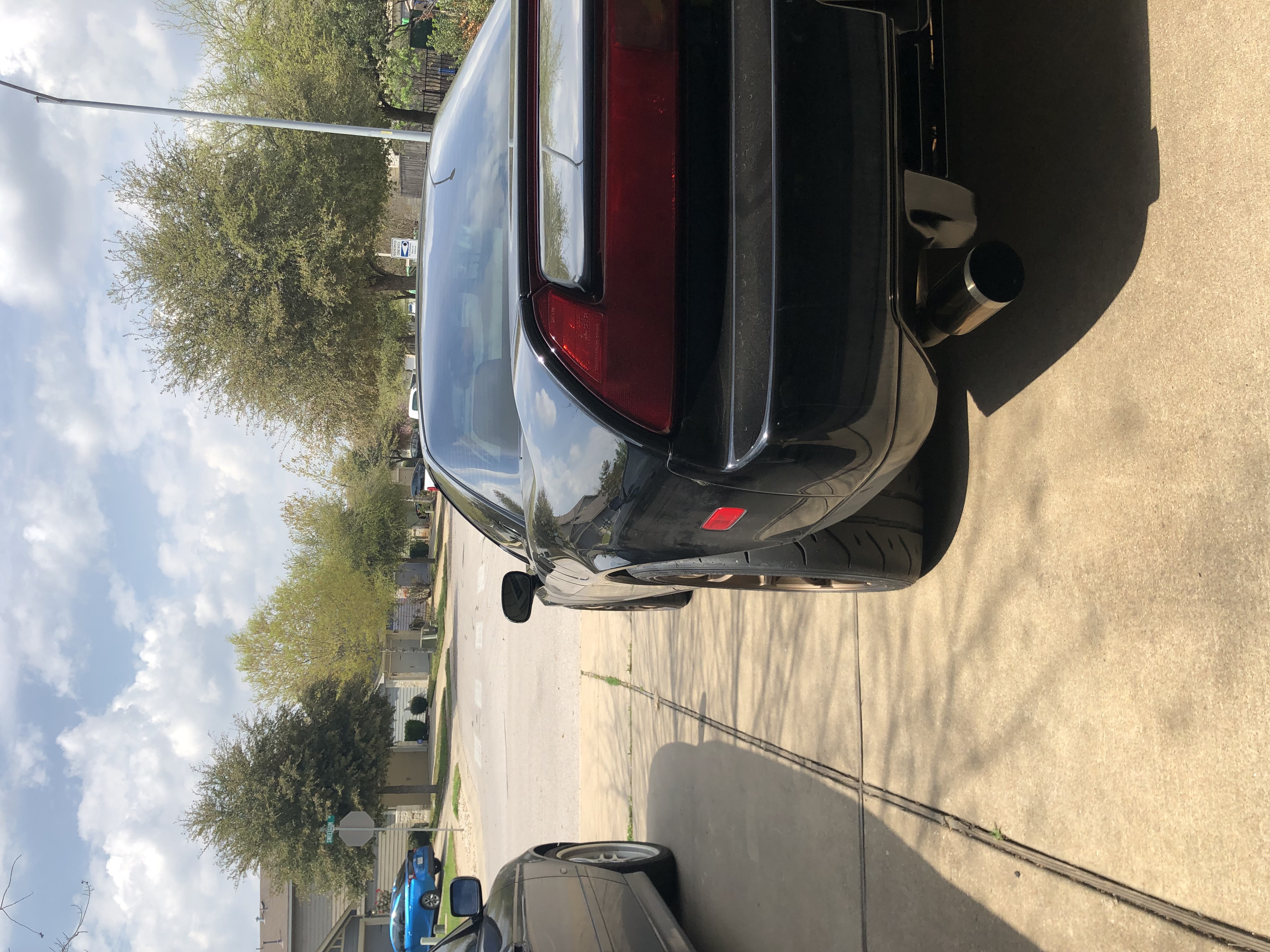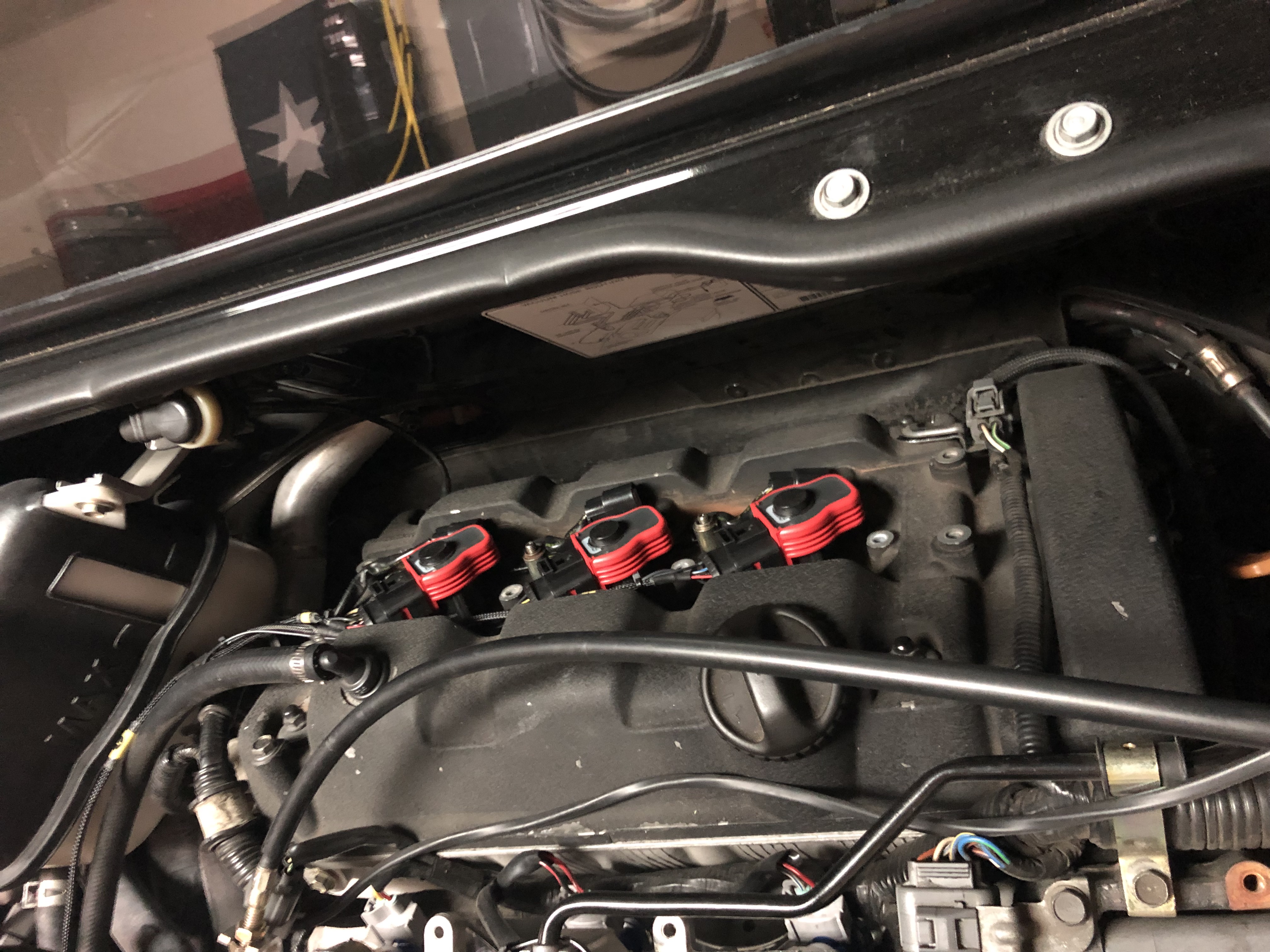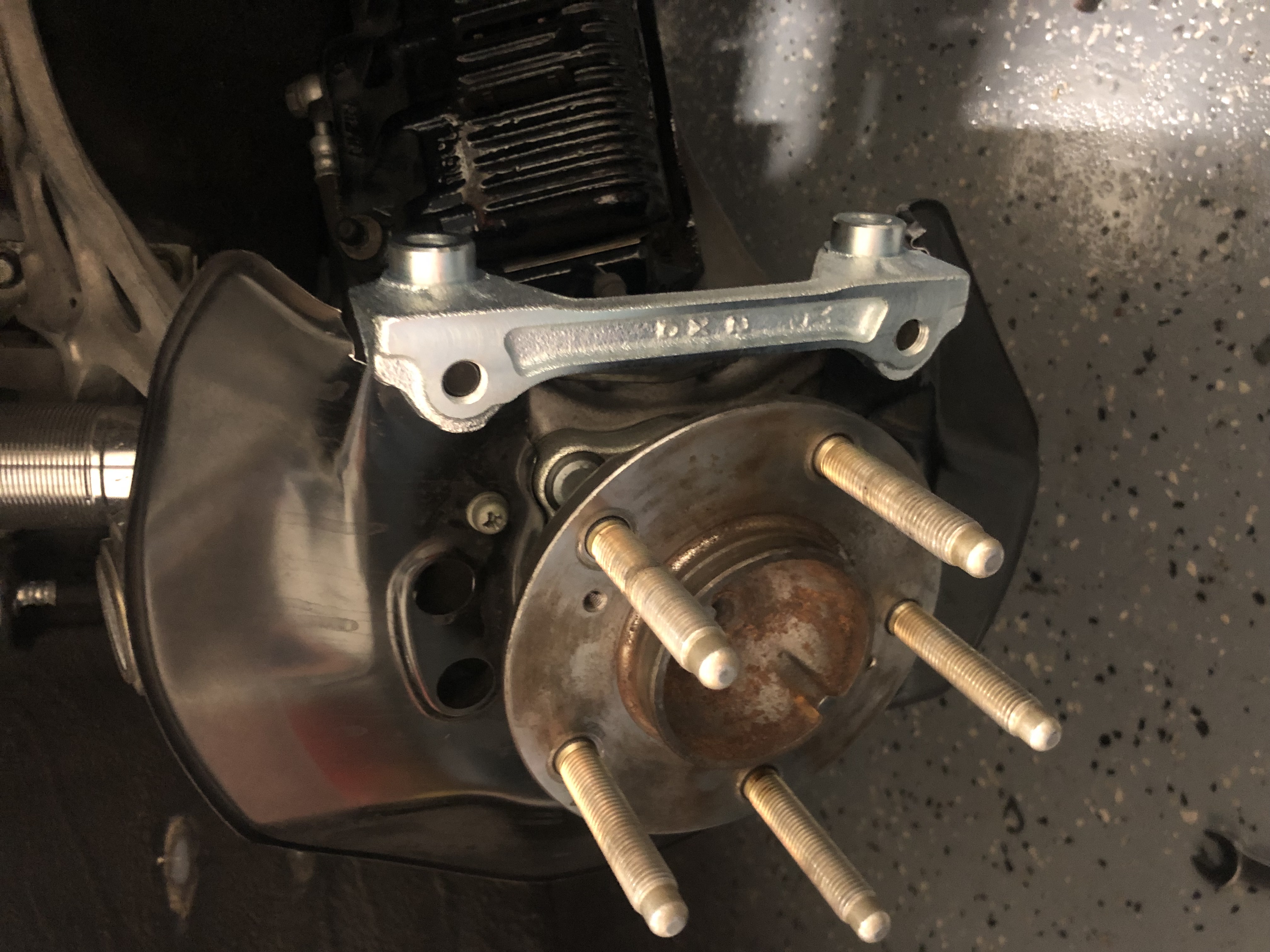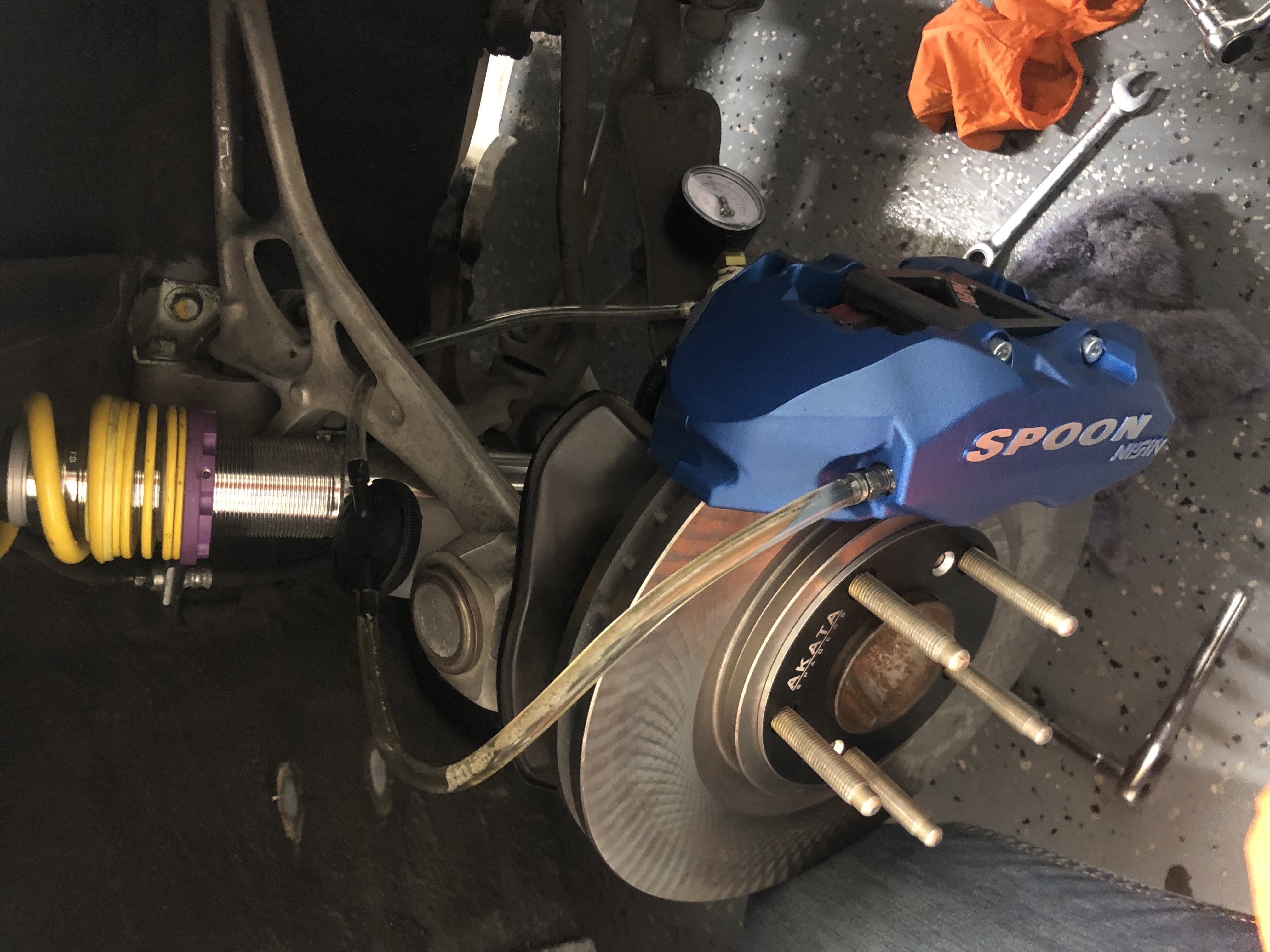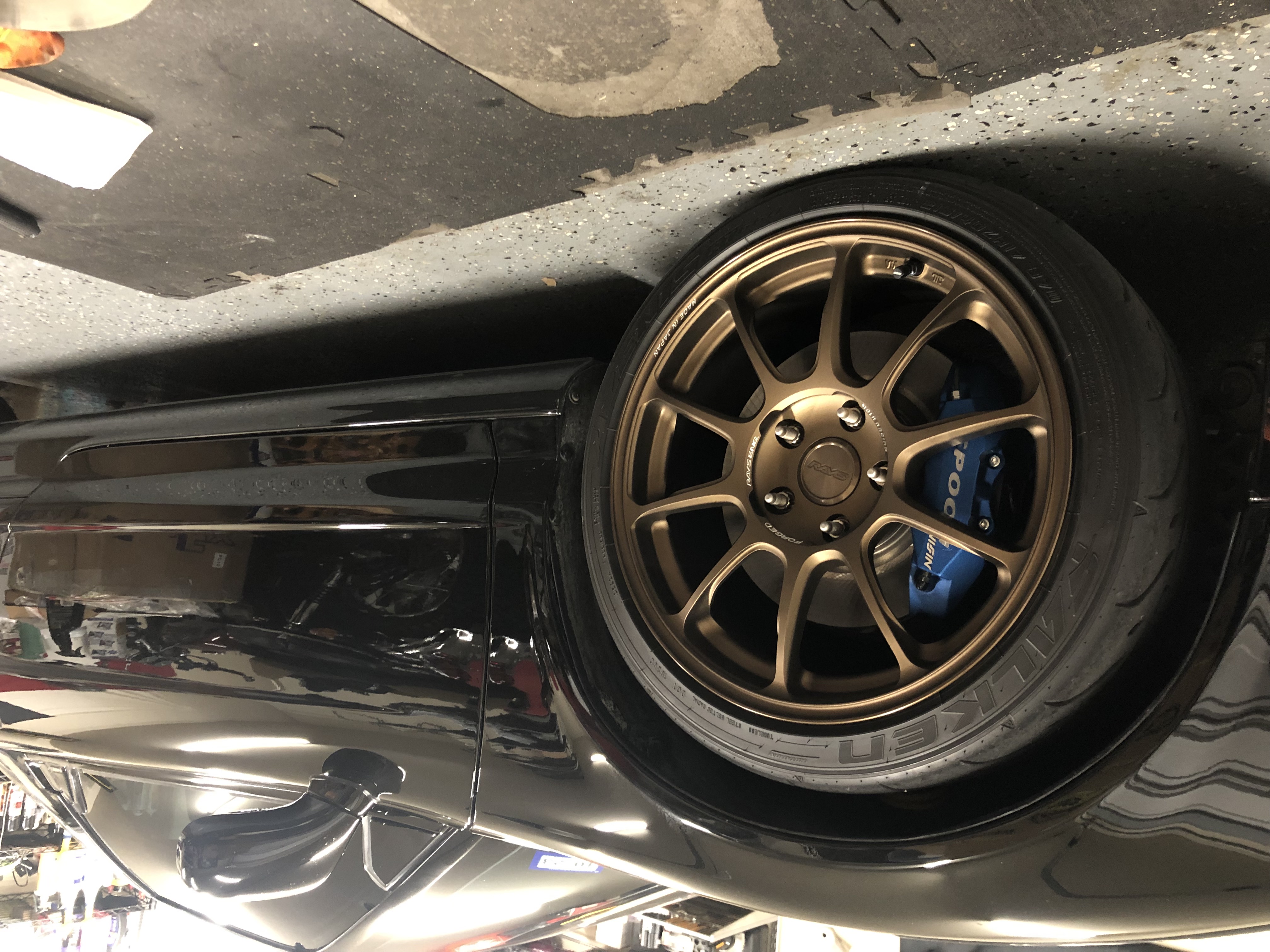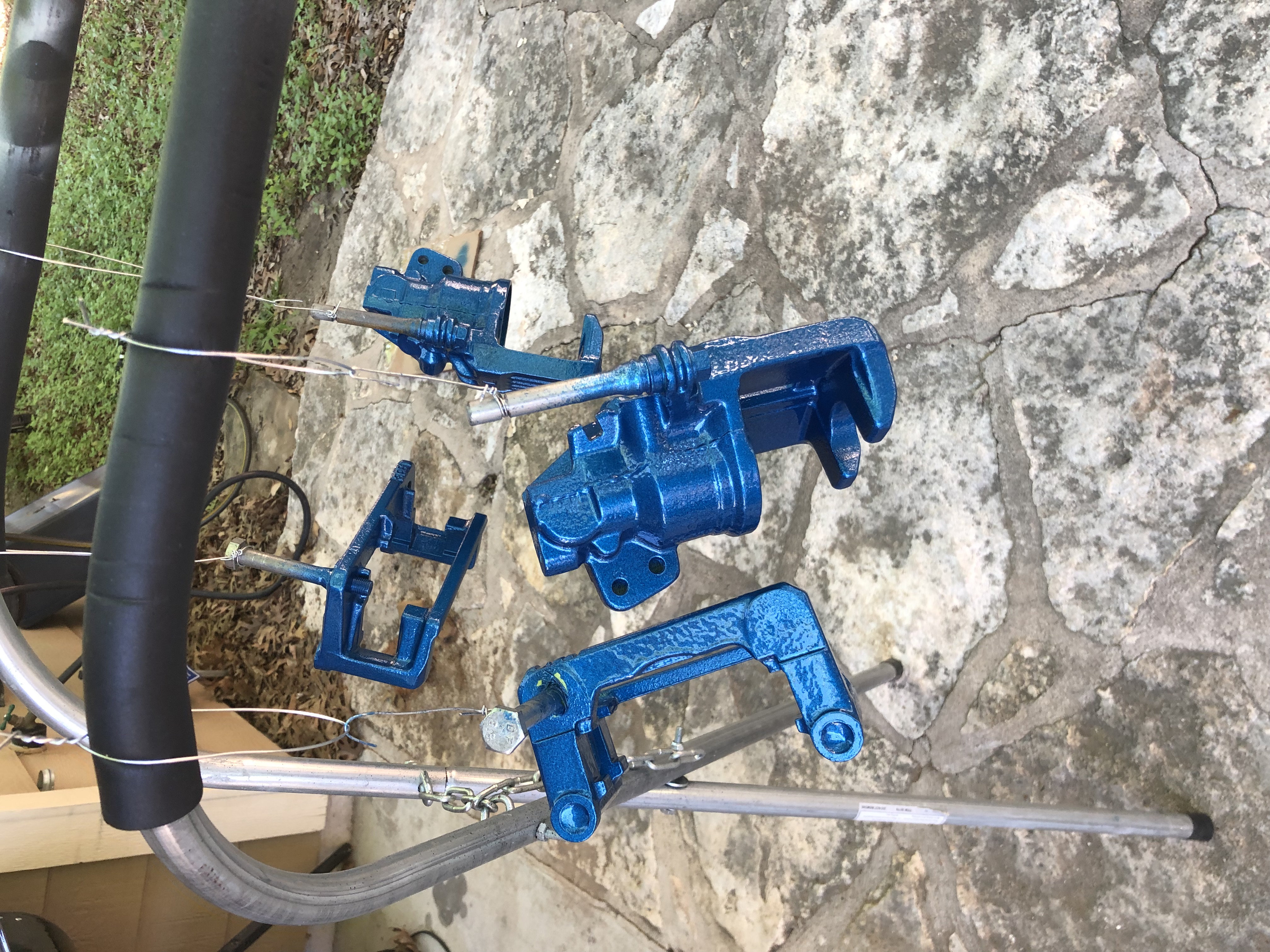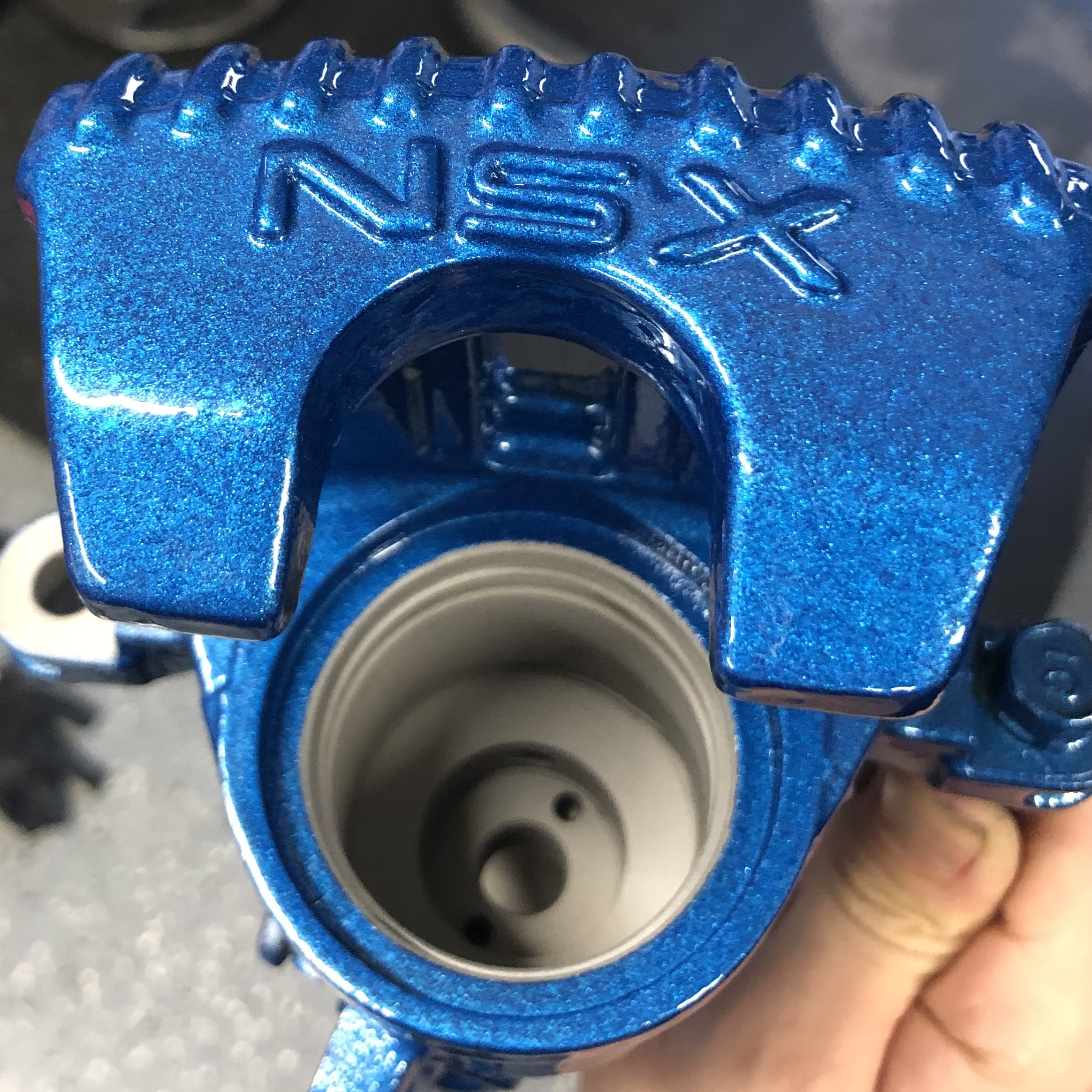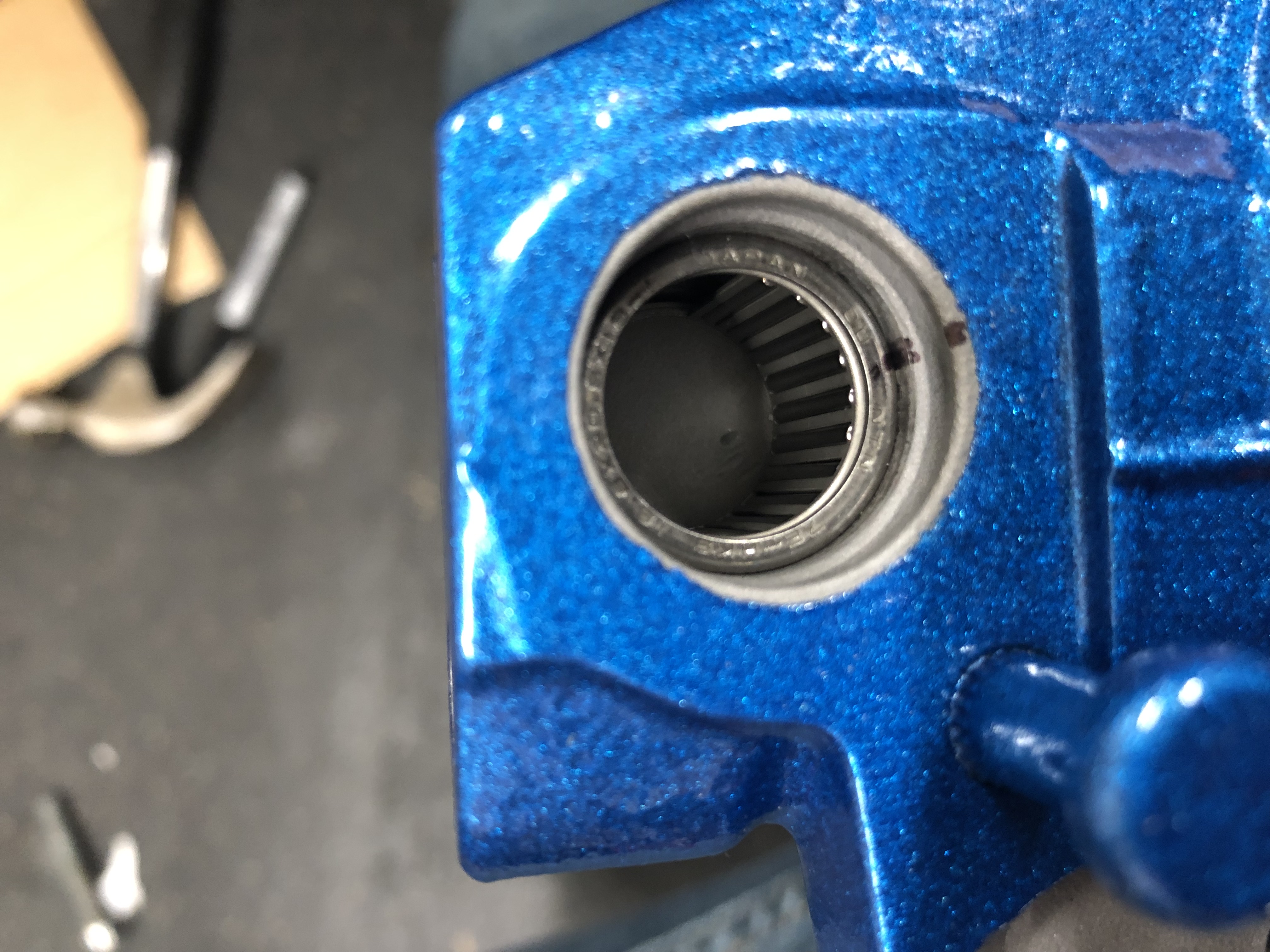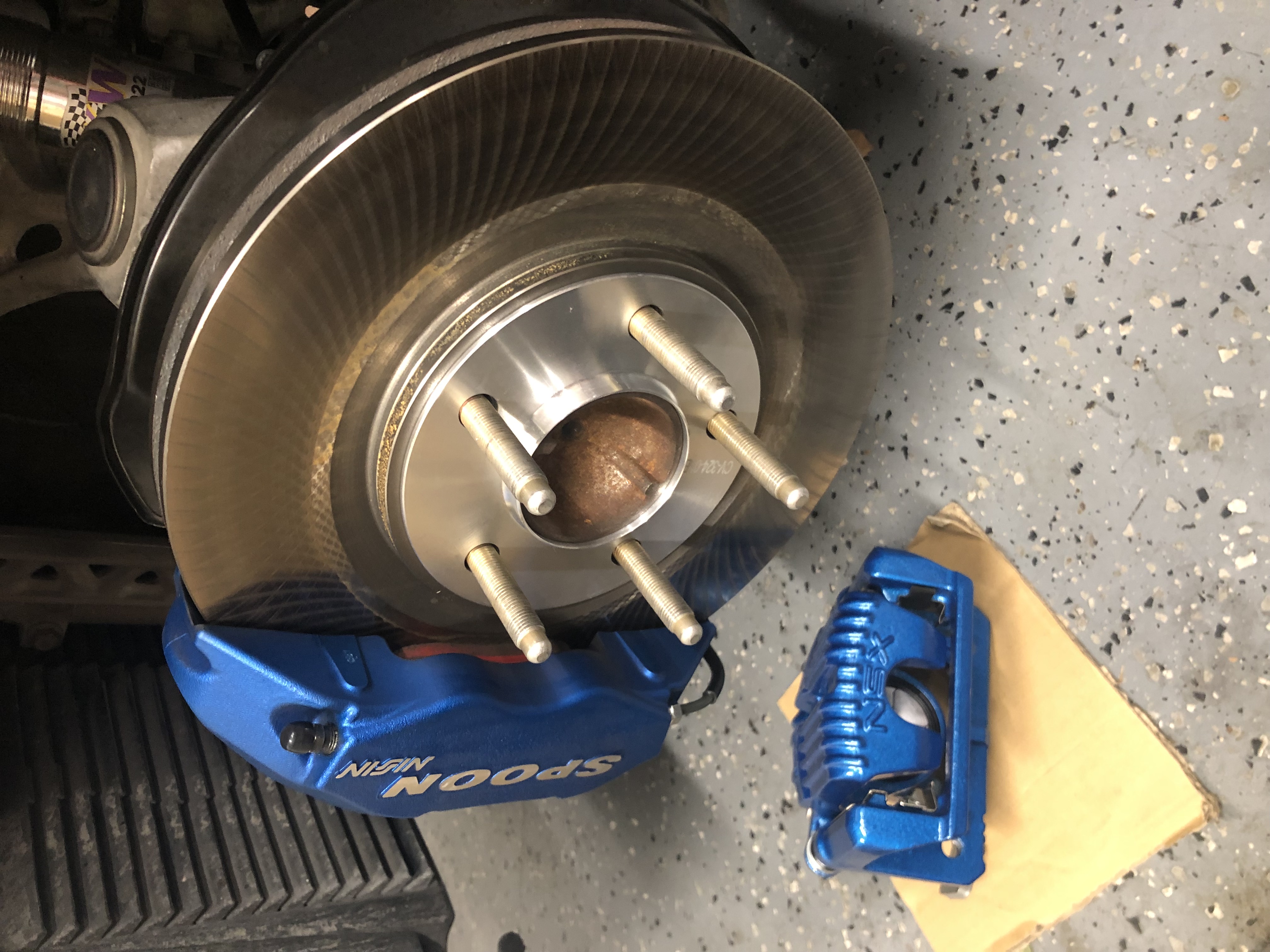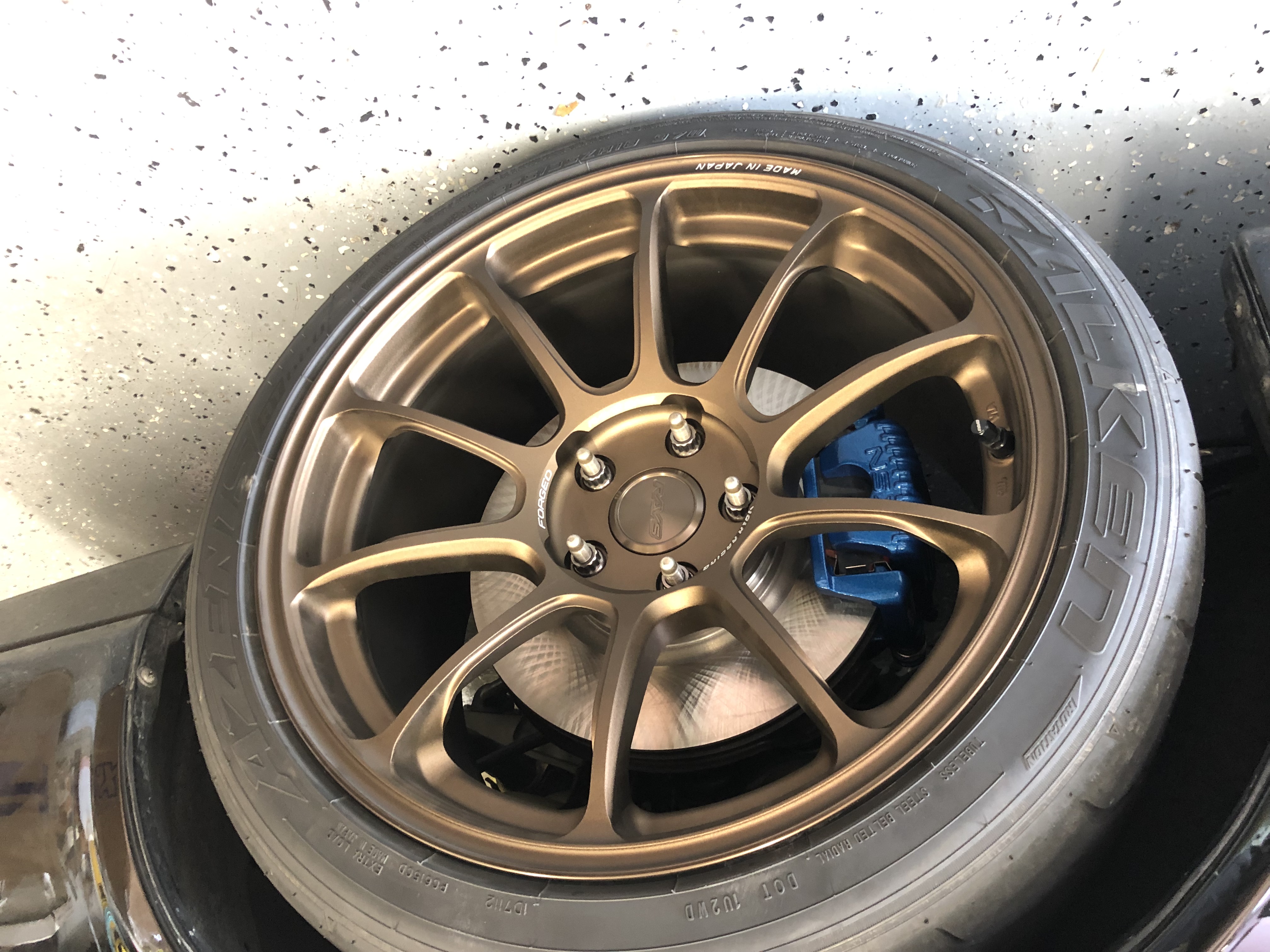@
99 rs this project ended up taking me nearly 6 weeks, since I had to order from Amayama twice. I wish it was only a few days like it was supposed to be at the start.
@
Big McLargeHuge It'd be nice if I can manage to sell the 4.06 parts. I really like the spoon collars, they are very satisfying to install and take the guess work out of getting the subframe properly aligned.
@
Honcho @
RYU the collars are basically just oddly shaped crush washers so I suspect they would be fine to be used again once or twice, if my new engine ever gets finished I probably won't replace them but I will make sure everything ends up back in the holes they came from.
But anyways, picking up where I left off last time, the new ring gear arrived along with some other bits, so I installed the larger size 2nd gear clearance collar which put the clearance between 0.002" and 0.003" which is about perfect, and assembled the transmission. At the very end, I went to drop the oil pump gear in and it wouldn't fit! Turns out Mita sent me a 4.06 oil pump drive gear when the 4.23 is the only one even listed on their website! Not sure how this mixup happened, and they ignored my email about it. I can't say I expected anything since its been nearly a year but at least some sort of acknowledgement would be nice.
So I ordered a 4.23 oil pump drive gear on Amayama and waited another 7-8 days, fortunately this part is no longer on backorder status like it was a year ago.
Parts all cleaned and ready for assembly.
Checking differential preload. This should be done when swapping ring gears as there is a tolerance of a few thousands of an inch on these. I measured the 3 that I have and and they were all a tiny bit different, fortunately not enough to throw off the preload reading. Last time I used a bolt through the middle of the diff, but I realized that could create a situation where the bolt was compression the differential and throwing off the preload so I wanted to find a different method. Sticking the intermediate shaft in the diff, putting a folded paper towel over the splined end, and jamming a 32mm socket down on it worked great and cost nothing.
At this point I was ready for final assembly, so I sealed up the transmission.
Then I read @
99 rs thread about the mainshaft clearance and decided I needed to check it the proper way instead of just by using the dial indicator without the spring washer, so I fabricated a mainshaft clearance tool out of some junk I had laying around and found that I had 0.012" clearance! Spec is 0.0055-0.0083" so this was not good at all! The tool I made was basically just a small block of aluminum that clamps onto the main shaft with a threaded hole for a long bolt to push against the housing.
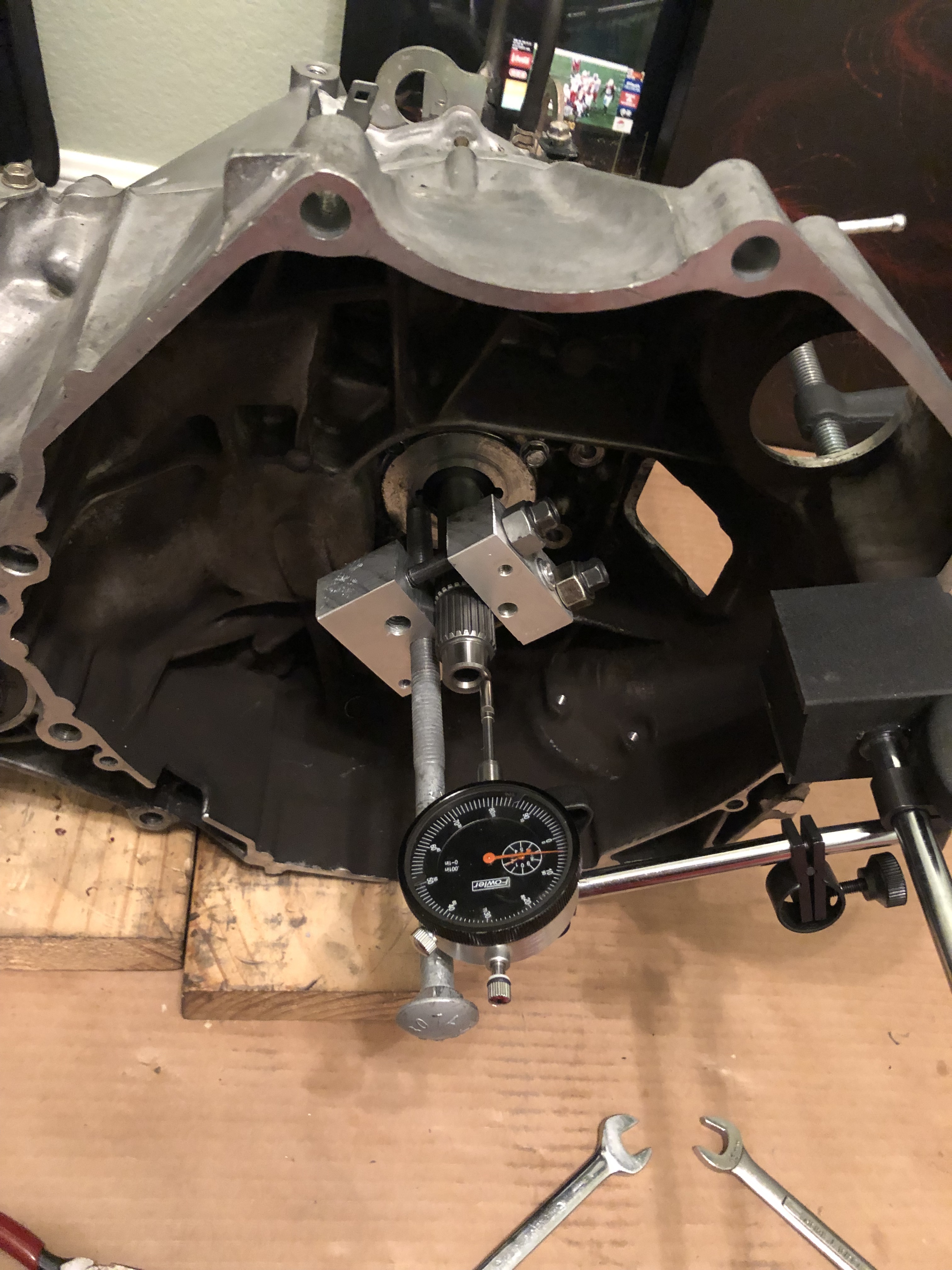
So I took the transmission in the house since its been 100-105F in my garage lately, cracked the trans back open, took everything out, and went through the mainshaft clearance process again. I found that the best I could do with the shims I had on hand was 0.008-0.009" clearance. I could order a new shim and wait over a week for it, so I decided to just make an additional shim out of the 0.001" shim stock instead. It worked perfectly and I got the clearance bang on at 0.007", and reassembled the transmission, again.
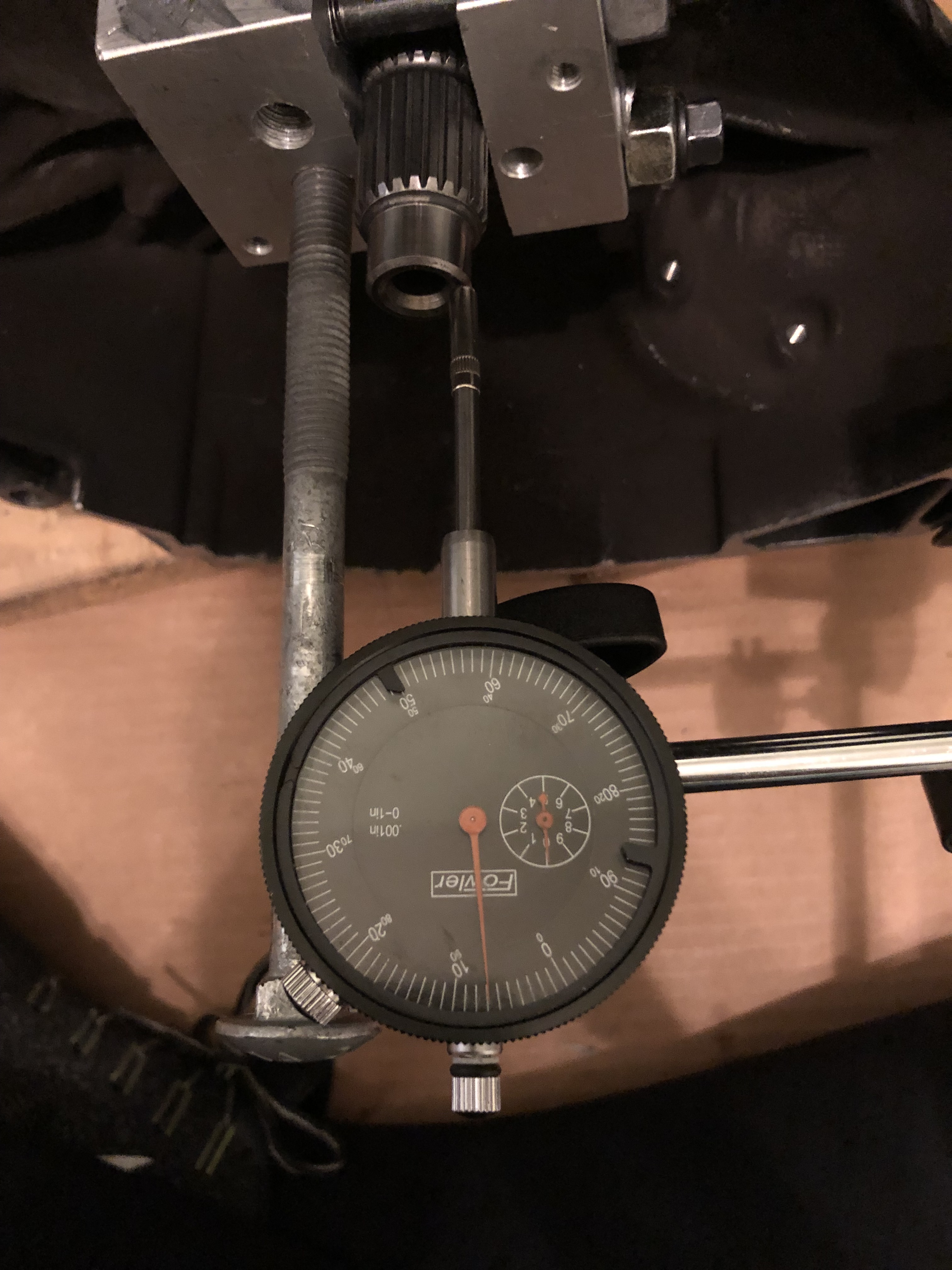
With all the clearances correct I, took the clutch apart, cleaned off the crusty remains of the Sil-glyde grease I used on the throwout bearing and splines last time, and regreased with the proper Honda urea grease, and put the transmission back in the car. I didn't have the jack stands high enough so I had to slide the transmission and transmission jack under the car separately, then wrestle the 130lb transmission up onto the jack once both were under the engine bay. This absolutely sucked, just jack the car up higher or use a hoist. Its a weird rolly shape and the jack was 6-8" high at the minimum so I spent probably half an hour pushing pulling and shoving while laying on my back trying to get it up on the jack, but finally got it. The transmission jack is the one from harbor freight thats really intended for RWD shaped transmissions so it wanted to fall off too. From there though it took maybe an hour and a half to two hours to get the transmission mated up with the engine and the engine mounts reinstalled, I expected way worse. Its an annoying process since you have to angle the engine down so the transmission will clear the front UCA mount point so I had to go back and forth adjusting the height of the transmission and engine by about 1/8" increments until it lined up correctly, then it actually went on fairly easily. From there it was just putting the rest of the junk back on.
So anyways, onto the rear lower ball joint debacle. I'm blaming this on @
RYU, as him telling me about his ball joint project prompted me to go poking and prodding at mine.
I started out looking for Beck and Arnley part number that supposedly fit the NSX which is 101-4102, then looking at the compatible Honda part numbers to see if I could find an OEM ball joint that would fit in the rear. I found some reports that the B&E part shaft was too short but I was hoping going backwards to the OEM parts would find something longer. The part I ordered was 51220-S84-305, it ended up being too short (only about 3/8" threads stuck out the bottom of the control arm which isn't enough for proper thread engagement) and didn't have a snap ring groove. Apparently Honda stopped putting snap ring grooves on that part number at some point since most of the FWD cars that use that particular joint have the lower shock mount on the LCA, hanging all the weight of the front of the car from the ball joint rendering the snap ring unnecessary, but I could fairly easily add a groove on my lathe if it fit otherwise but it didn't so thats a moot point. That B&E part cross referenced to like 6 other Honda ball joints so maybe one of them would fit but I don't care to order all of them just to find out.
In the process of this experiment I had removed one of my OEM lower ball joints, so now I had to figure out how to put it back in. Turned out a C clamp worked pretty well.
Then I decided to try to remove the ball joint on the other side. This is the side that the Acura dealership busted up a few years ago. Basically, they tried to separate the ball joints instead of just removing the control arm bolts like the FSM says, and they ruined it. They tried to replace it but couldn't for some reason, so instead they replaced the whole knuckle. Then when the new knuckle showed up, they tried to separate the UCA, and ruined that too, so bought a new UCA. (at the time I wasn't aware of the FSM explicitly saying not to do this so I didn't tell them to ram the $1500 worth of broken parts up their rear ends like I should have).
Anyways, somehow this ball joint that was new as of 2018 was so stuck into the LCA that I had to destroy it to remove it, I snapped off a ball joint tool trying to get it out, and this was after I'd tried heating to 200f with a heat gun, letting it sit under tension with penetrating oil, etc. So I guess they just used an impact to torque the joint down? Or they deformed the steel sleeve enough so it somehow locked onto the ball joint? They beat the crap out of the LCA and sleeve doing whatever they did so I'll probably replace that soon.
Once all reasonable methods had failed I used a 2 arm puller to separate the LCA from the steel insert and figured no way a pitman arm puller wont take it off. Turns out I was wrong, the pitman puller just bent the flange.
The monkeys at the dealership had bent the flange up pretty good already though, so it was digging into the aluminum arm. I think they also used a pickle fork or pry bar on it, since its got tons of dents in it.
To finally get the ball joint separated from the sleeve, I removed the ball joint from the knuckle, heated it with a torch about as hot as I could get it, then dunked it in a bucket of water to try to thermal shock it into breaking free. After doing this, I put the pitman puller back on it and clamped it in my vice and cranked down on it, and it finally let go and sounded like a gunshot. To not be stuck waiting another couple weeks for a control arm, I straightened out the sleeve as best I could then turned the surfaces true again on the lathe, and put it back in the control arm along with cleaning up some of the worst of the damaged arm with a file to try to reduce stress risers.
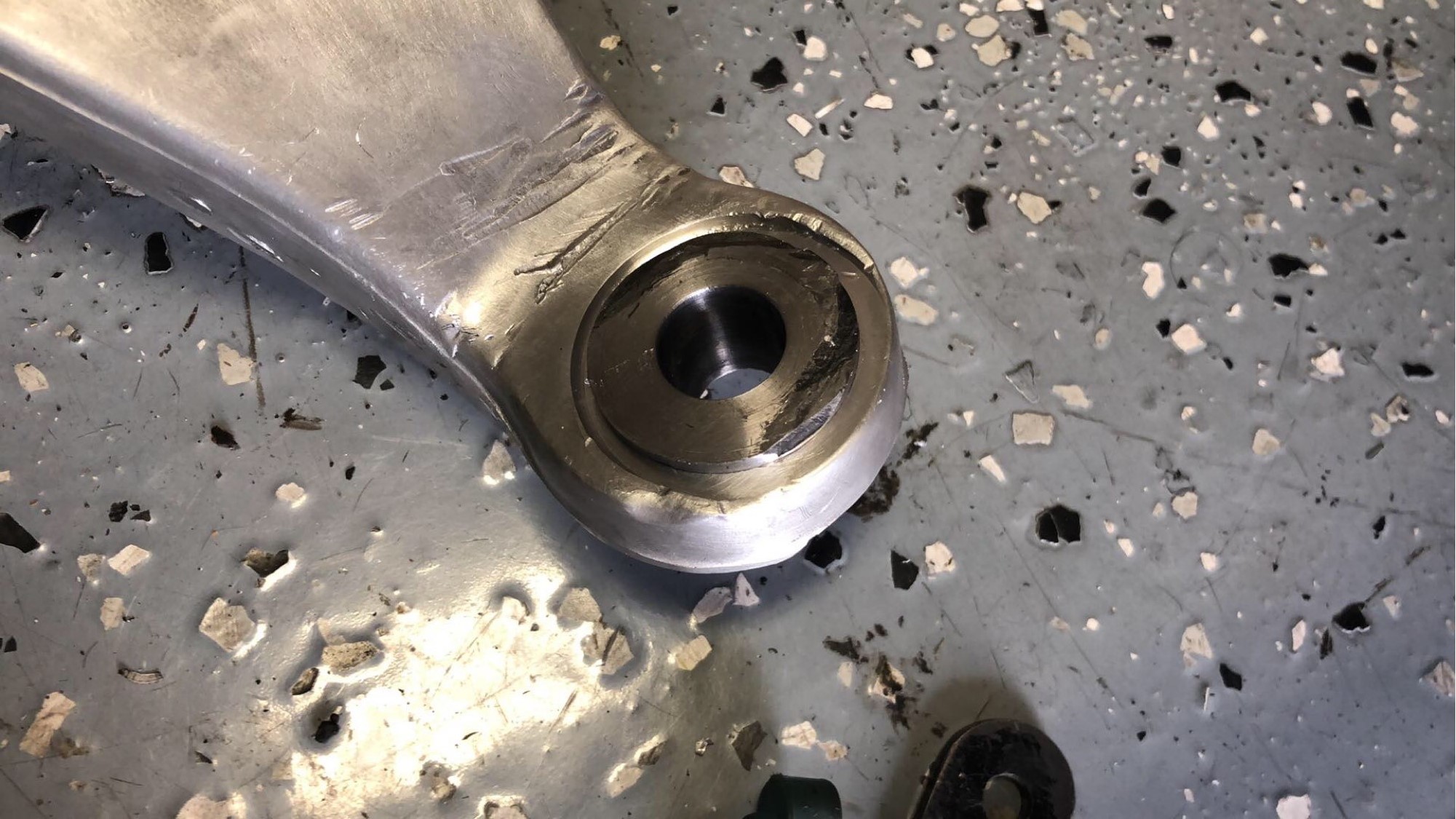
Then, since the ball joint was completely ruined by the torching process, I bought new rear lower ball joints from Pride which rebrands Hard Race ball joints as their own. These joints are about 0.0015" larger than OEM, presumably to fit more securely in old parts, so I bent a C clamp trying to install them. After looking around the garage I realized I could flip my big BMW ball joint popper tool upside down and use that to press the new ball joints in! I put a steel disk in between the ball joint and tool to keep from damaging the ball joint, and the receiver sleeve is actually the leftover 2nd gear clearance sleeve from the transmission lol.
You can see here the limited clearance above the ball joint, which makes using a normal ball joint press difficult to impossible.
And thats how I ended up replacing 2 ball joints that didn't need to be replaced. I used anti-seize paste on the new ball joint tapers this time so hopefully they wont be hopelessly seized if they ever have to come apart. My next fun task will be popping the UCA ball joints to make sure they didn't somehow ruin that too.
Driving impressions with the rigid collars and 4.23 final drive:
The biggest difference with the collars is it seems like there is less high frequency vibrations in the chassis. The suspension just feels smoother and it handles big bumps a bit more gracefully. Placebo? Maybe, but the reduced vibration seemed like it was immediately apparent even when I wasn't looking for it, so if you install them @
Big McLargeHuge I'm curious to see what your impressions are.
As for the 4.23 final drive, I love it, it feels like the car lost a few hundred pounds, and cruising on the highway isn't really any louder.
And for the transmission, 2nd gear seems completely fixed, I haven't had it grind at all yet and I've ripped the 1-2 shift pretty good. I have a very faint "winding down" type sound coming to a stop though that's speed-dependent so maybe thats some noise from the new final drive gears? I did an experiment where I used Pentosin FFL4 fluid at first, drove for 30-40 miles, then switched to Honda MTF to see if I noticed any difference in feel and I can't tell the difference at all so maybe the FFL4 is a good synthetic alternative to MTF? I drained it into a clean pan so I might try to filter it somehow and run it for a few thousand miles then get an analysis done on it. During the fluid change I cleaned out the transmission filter and found some small metallic flakes in it which is expected with new components, nothing too concerning there.





